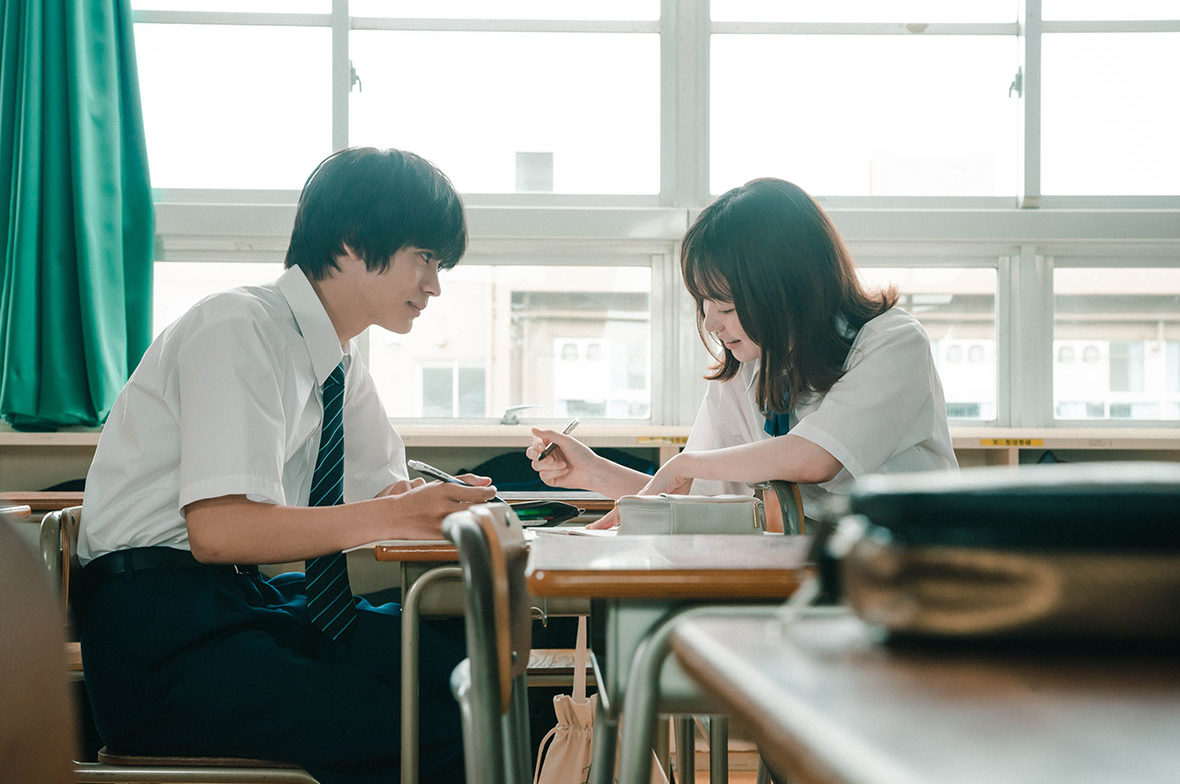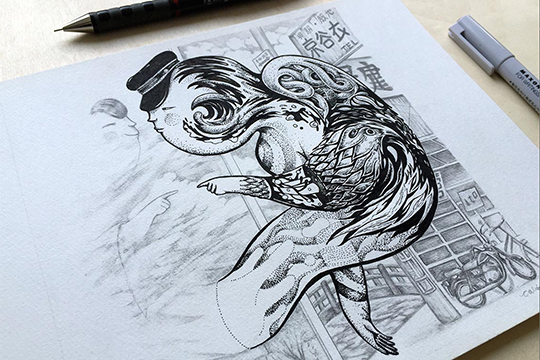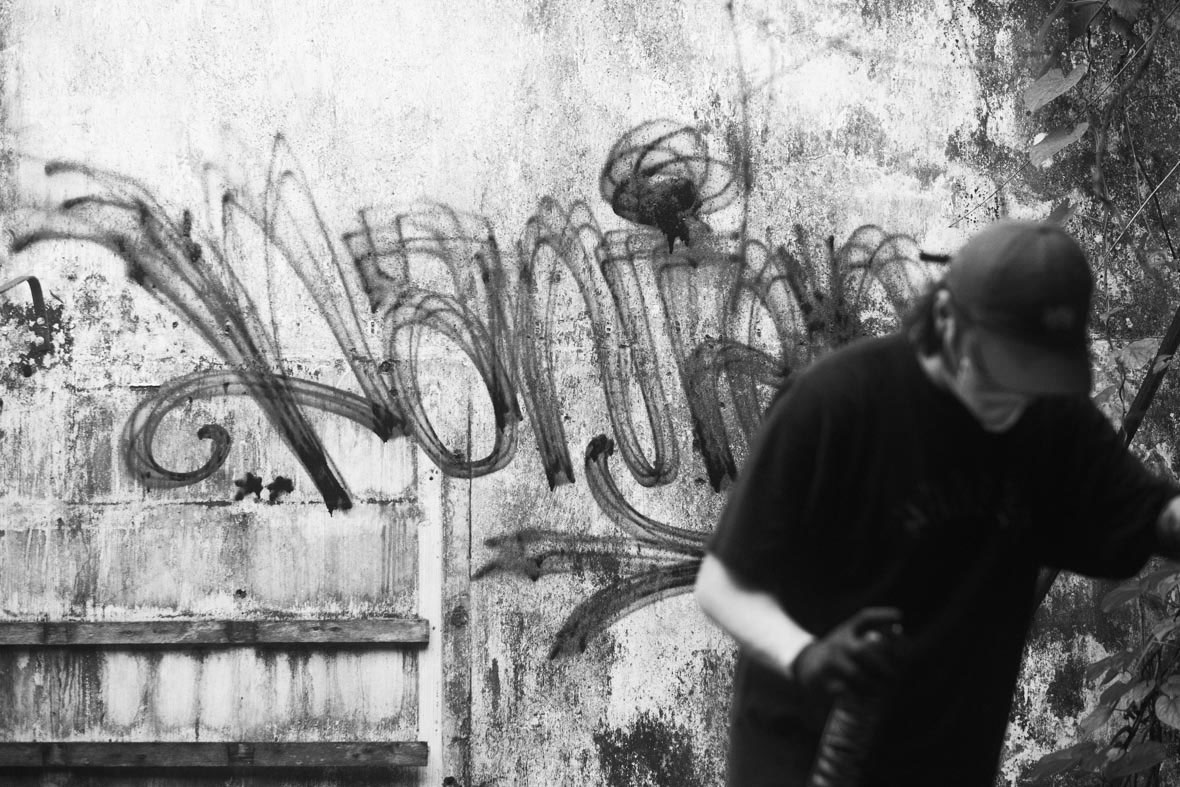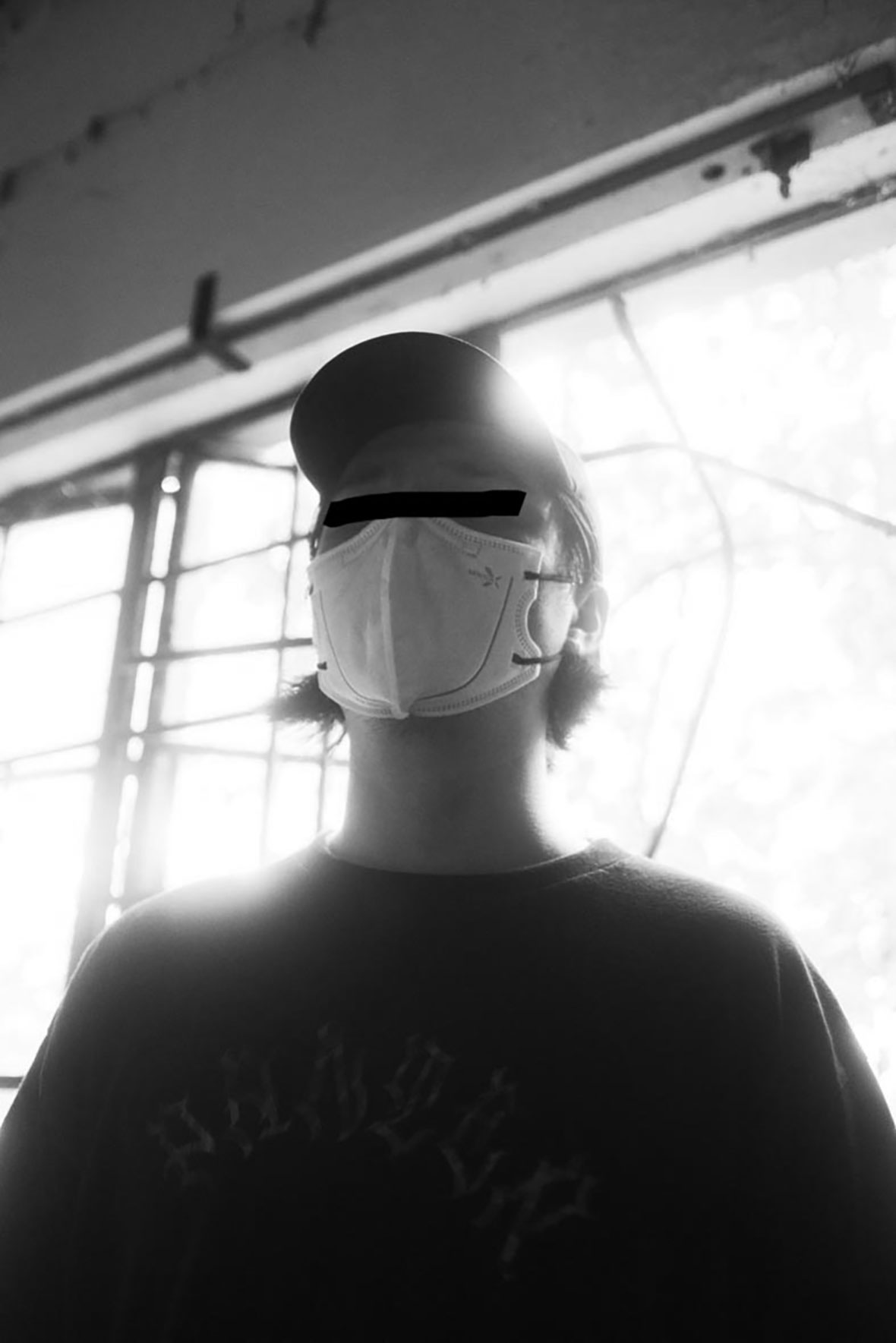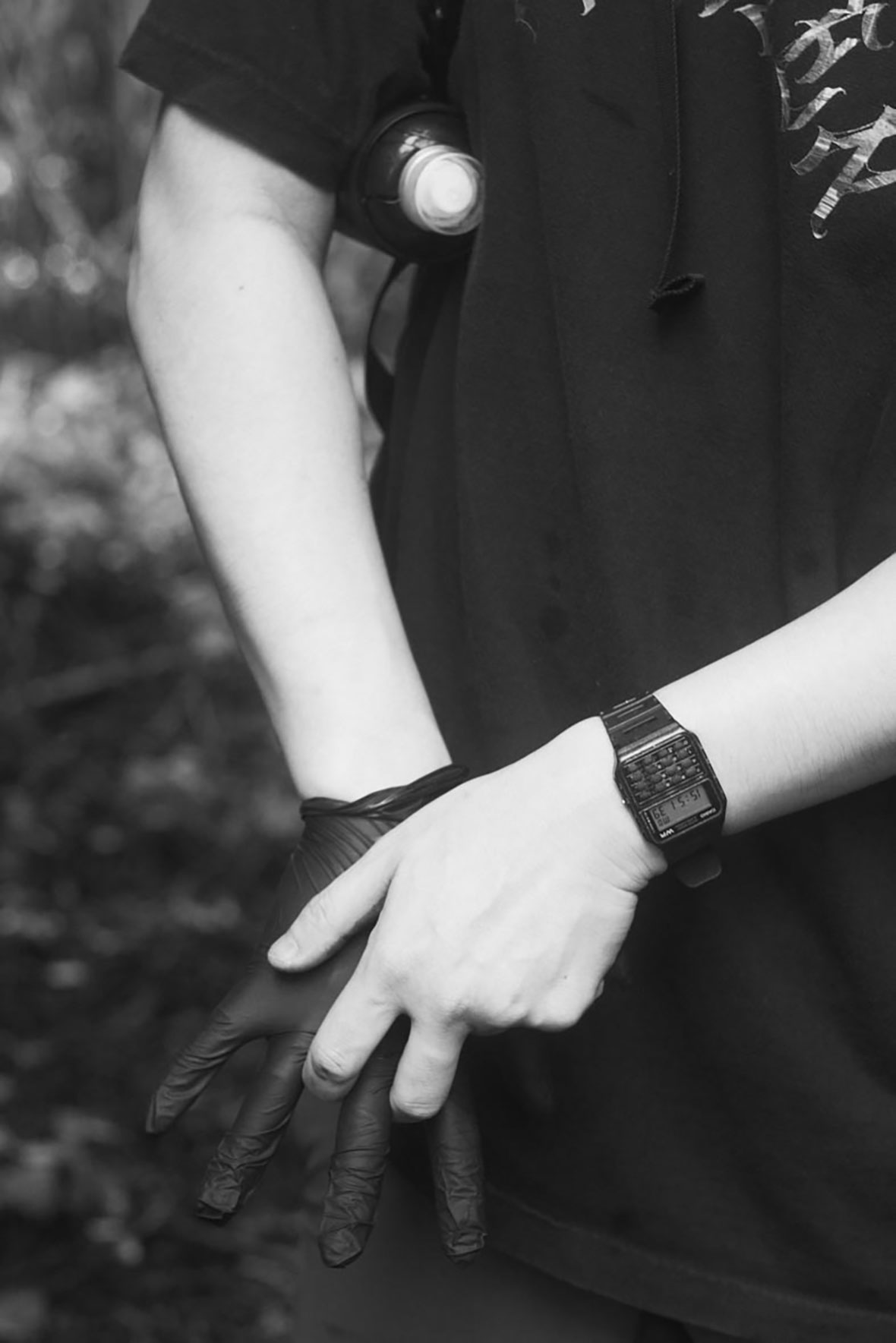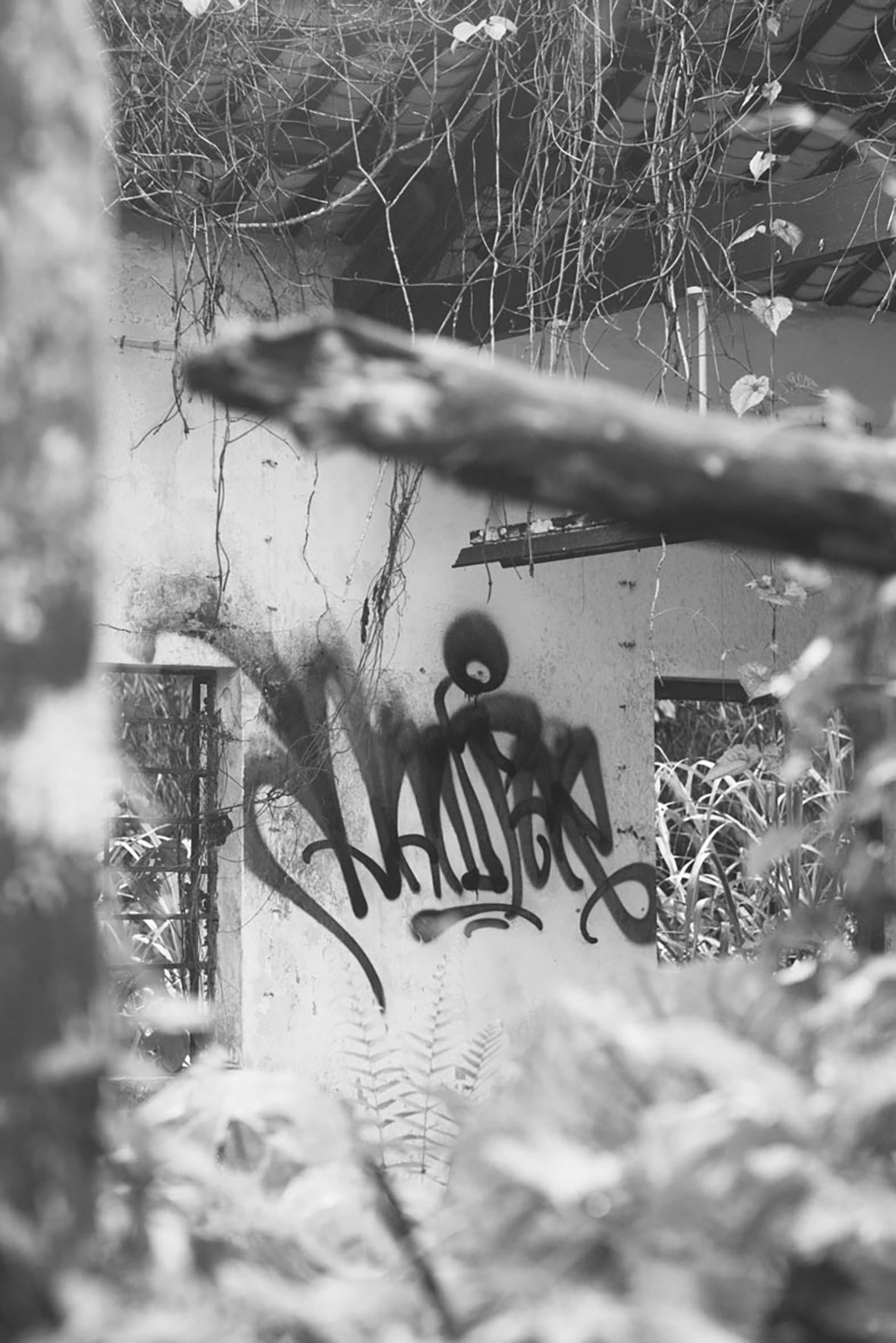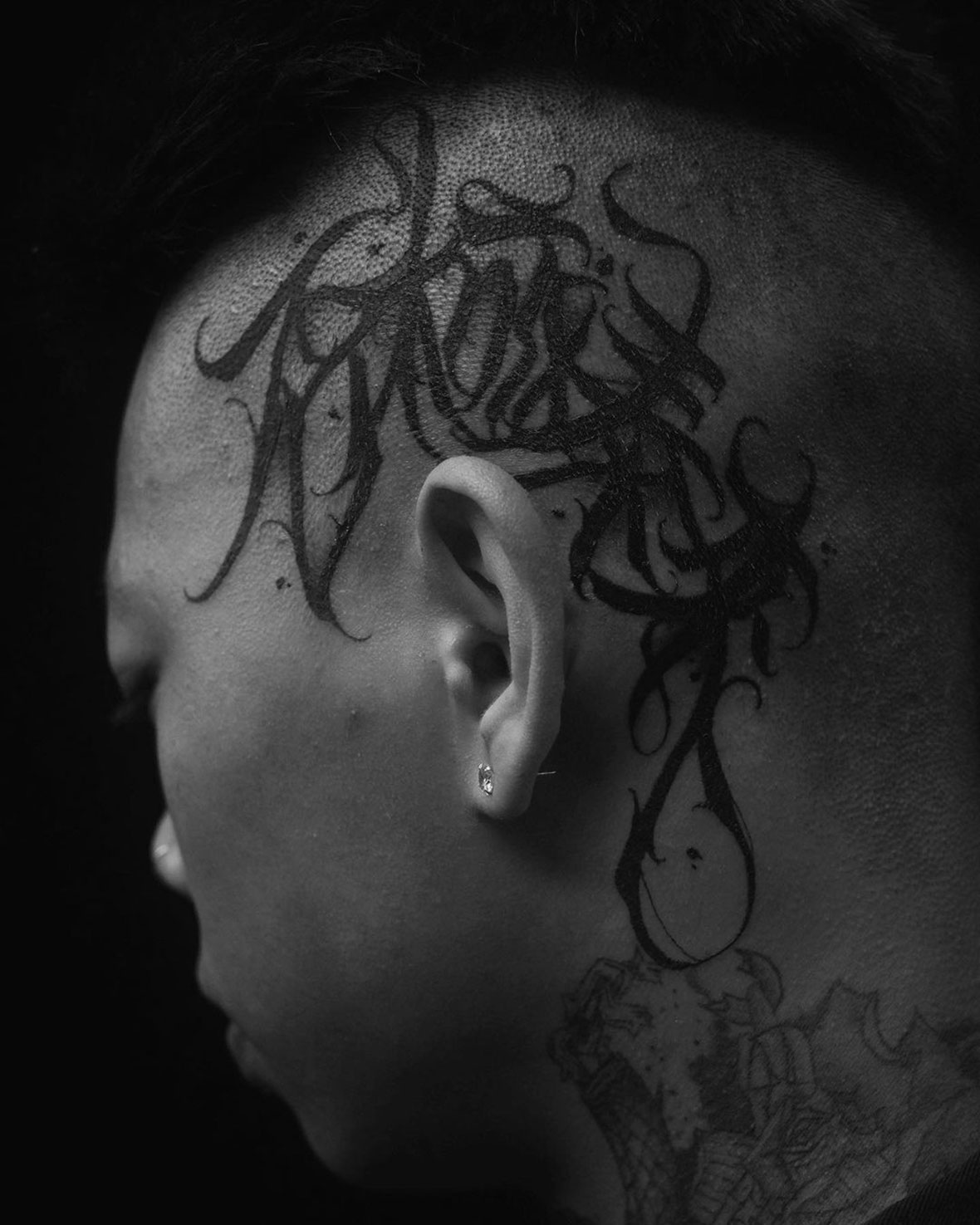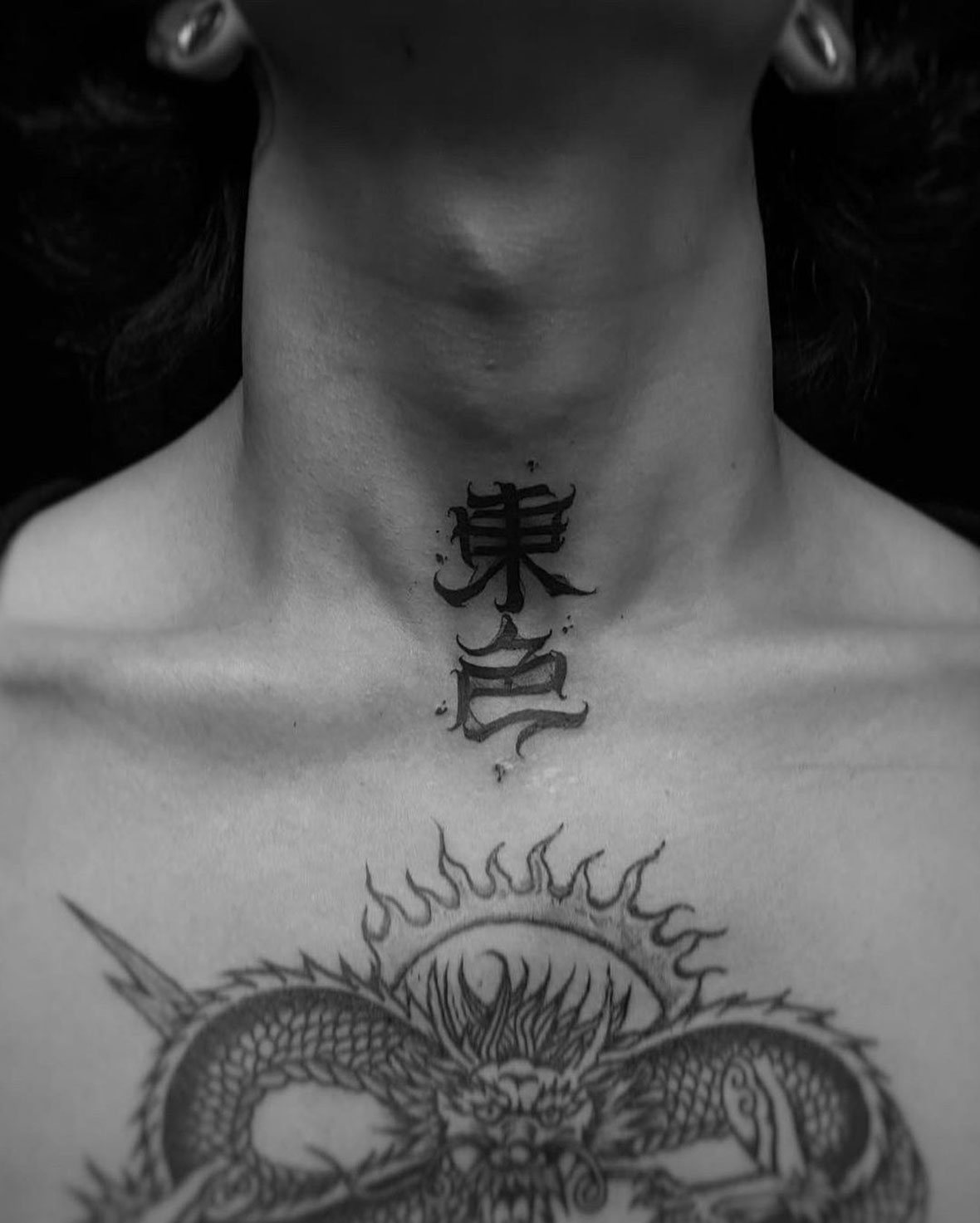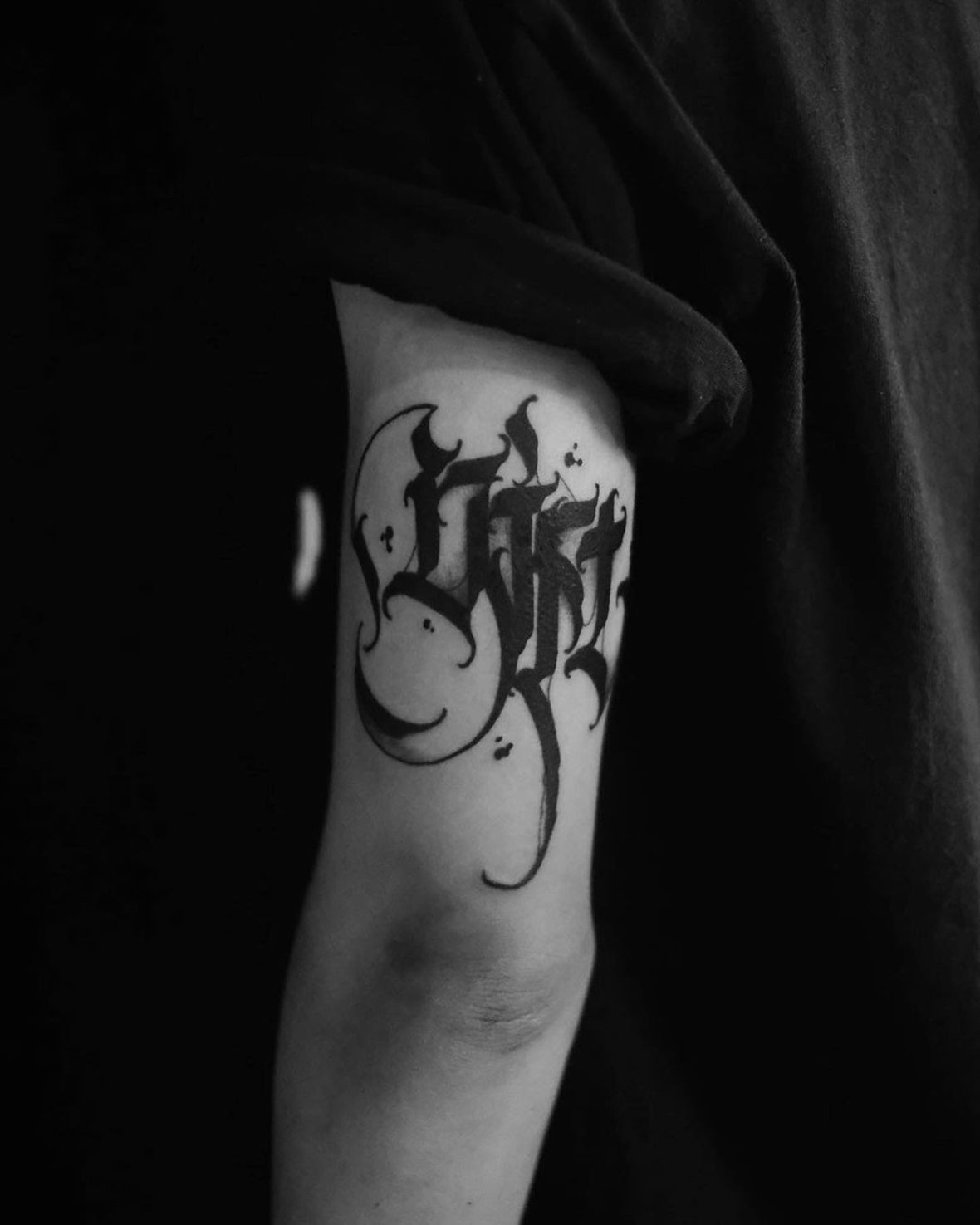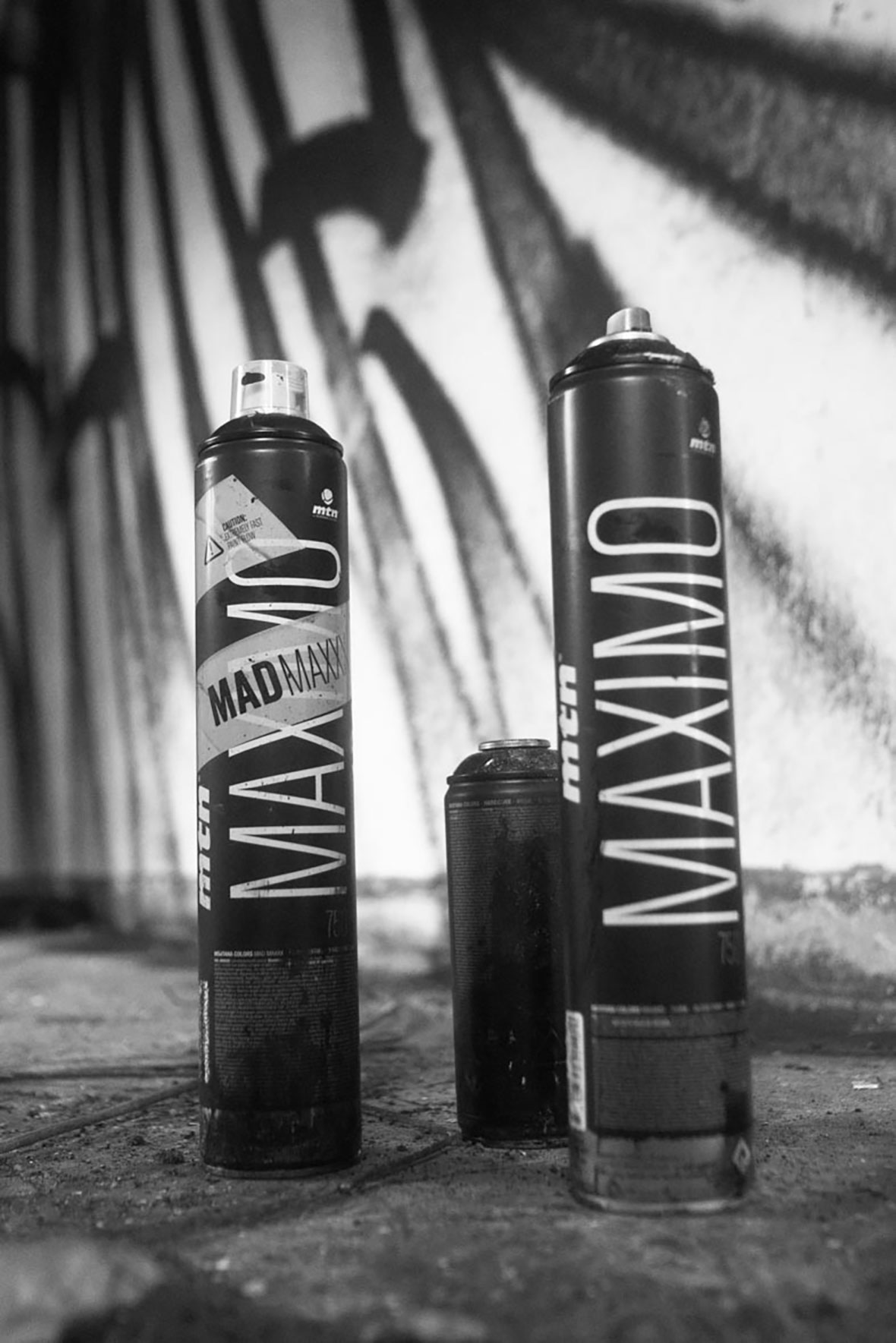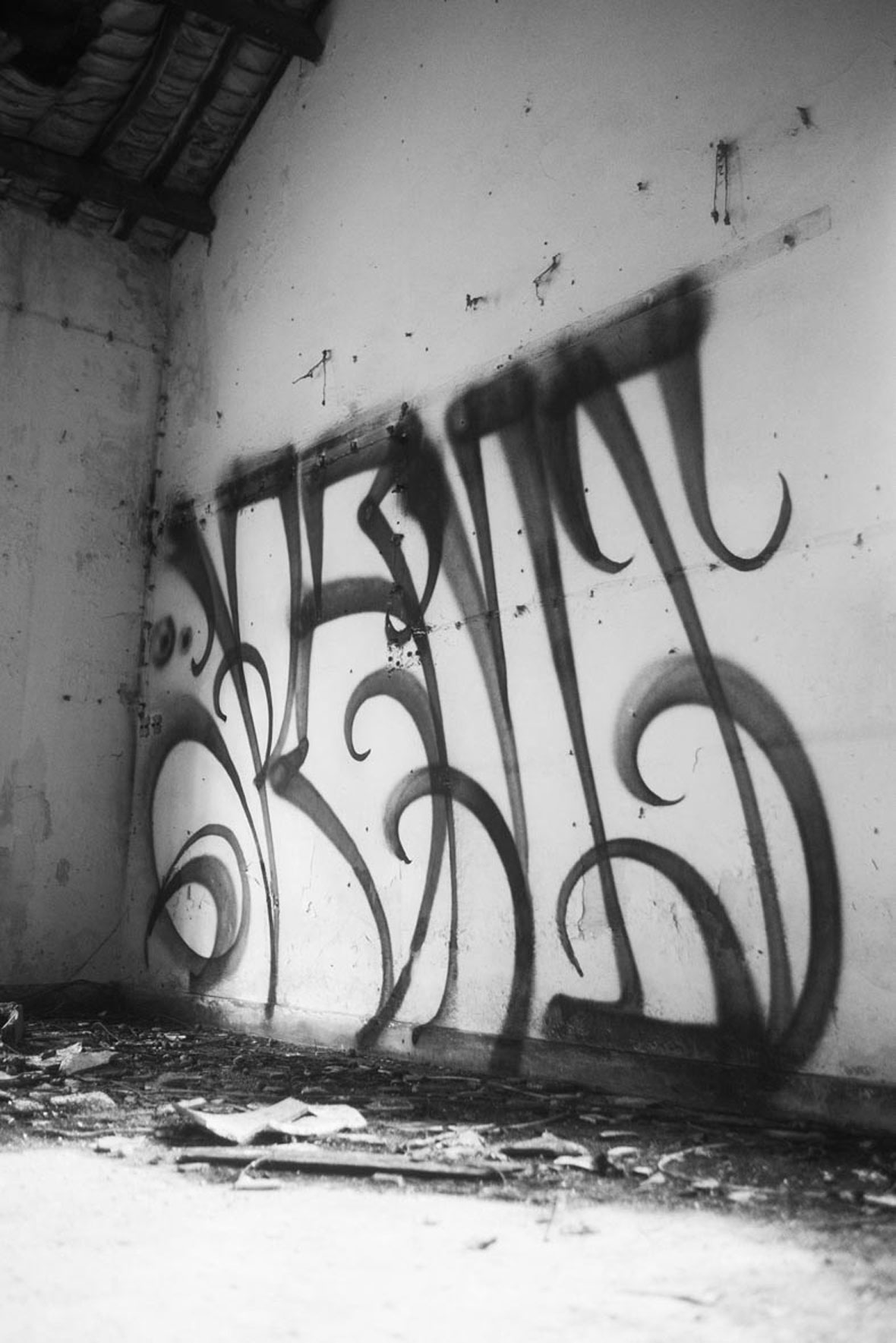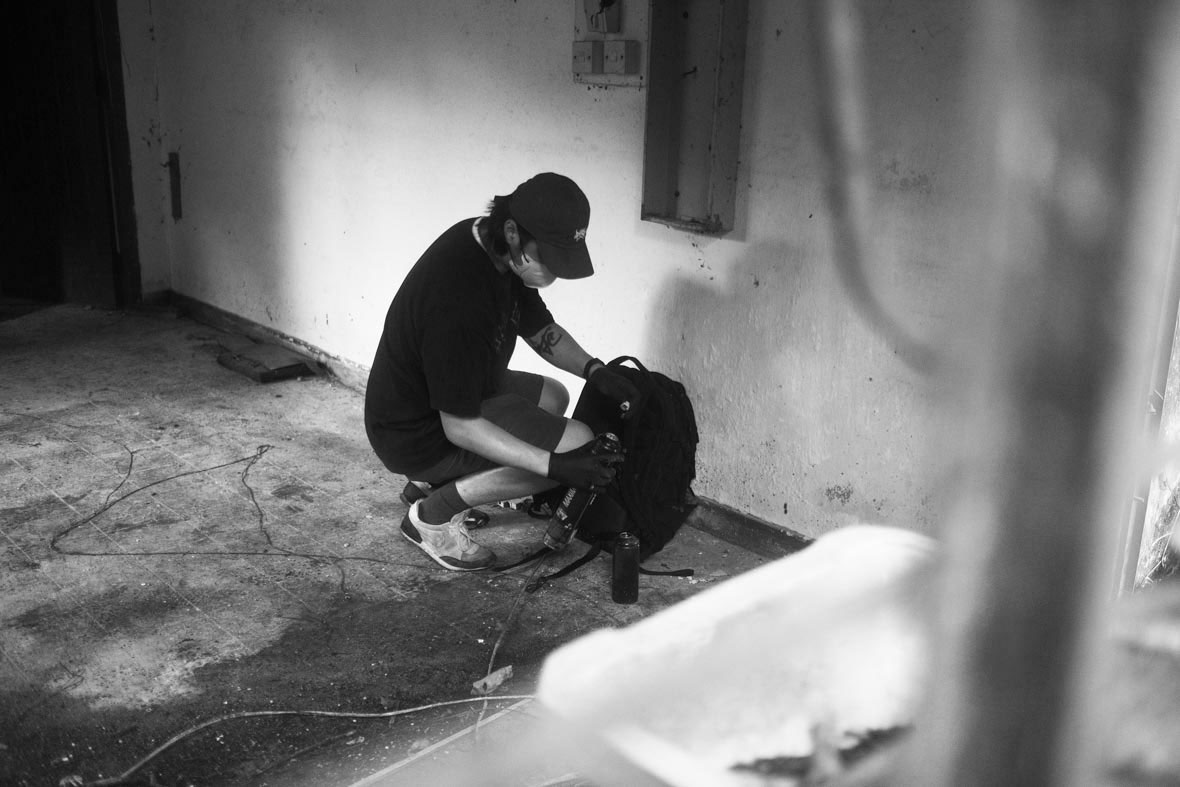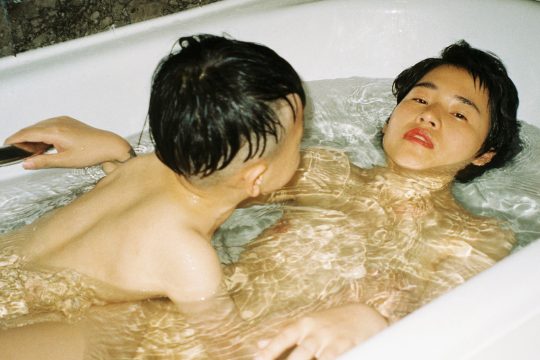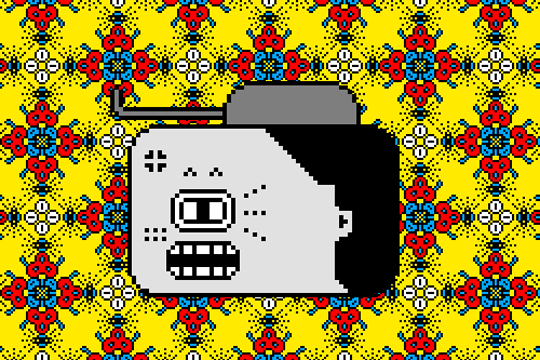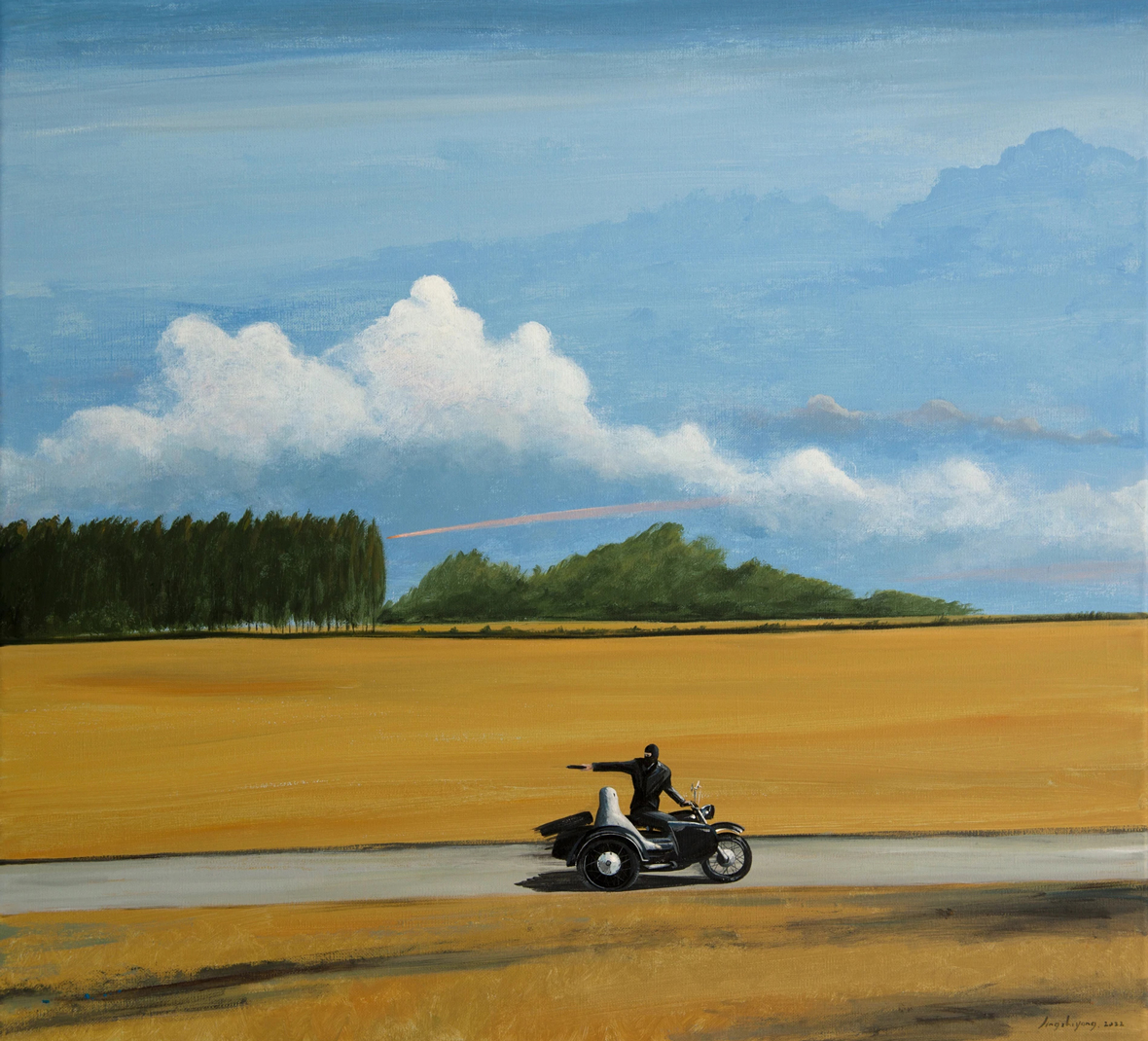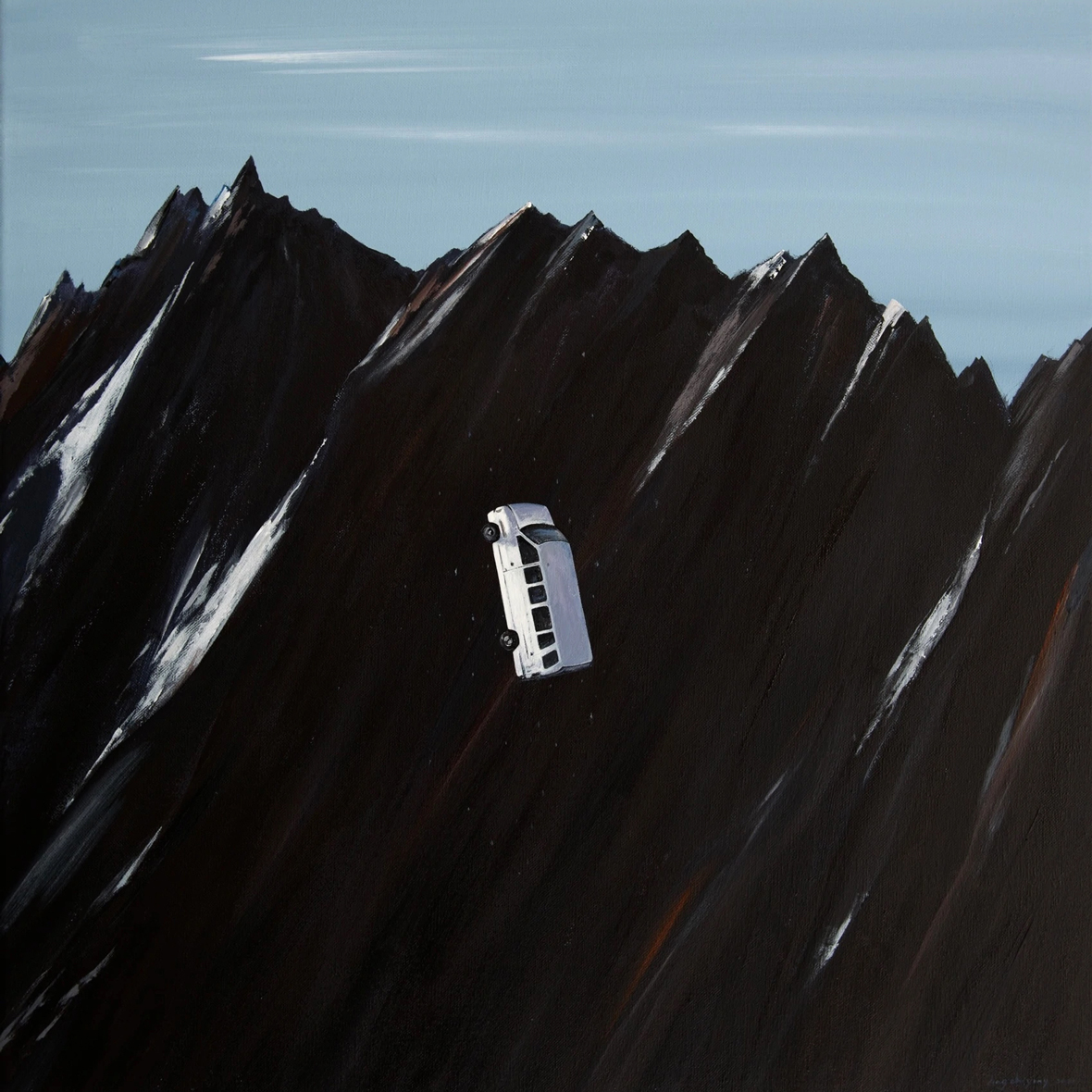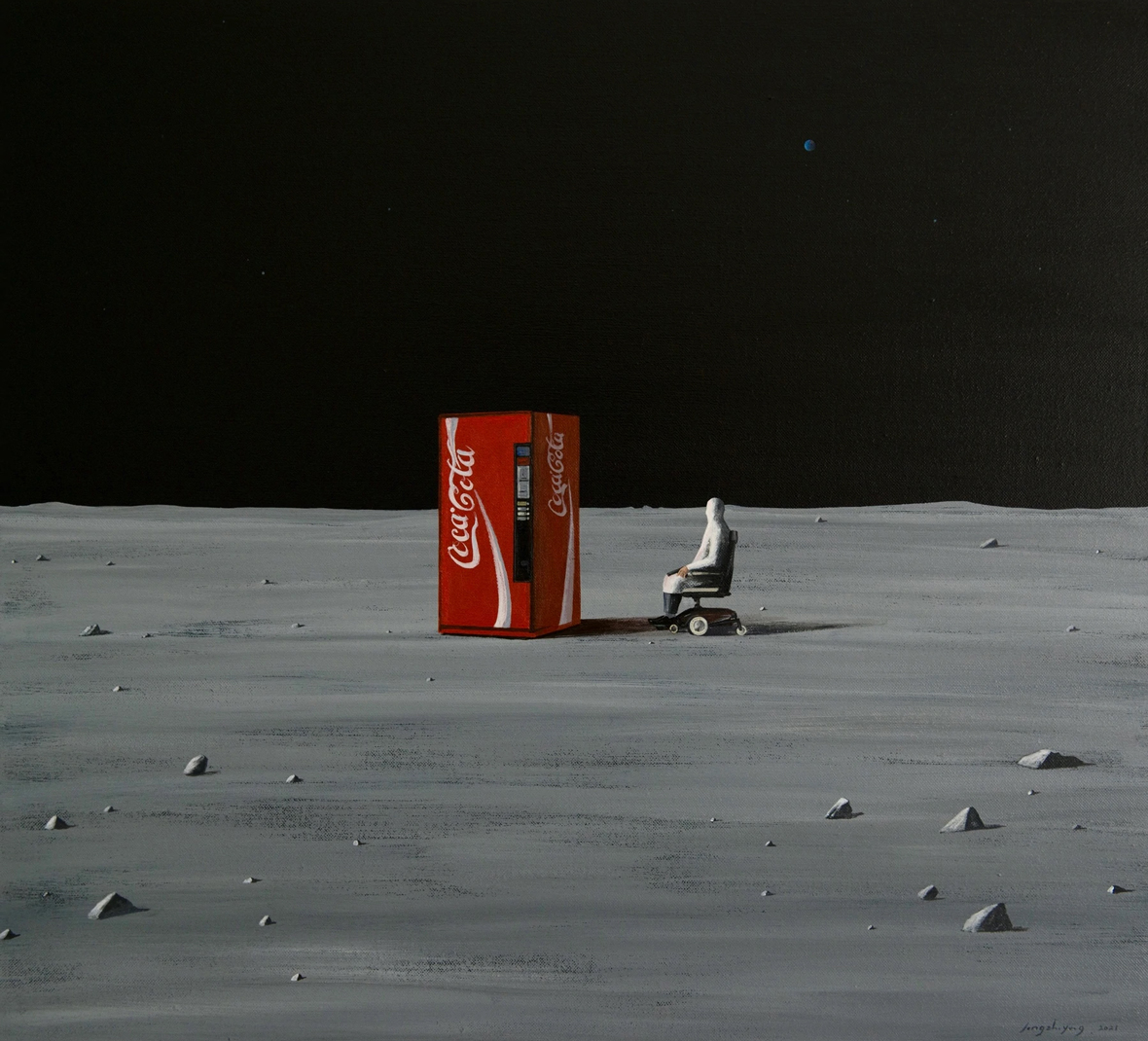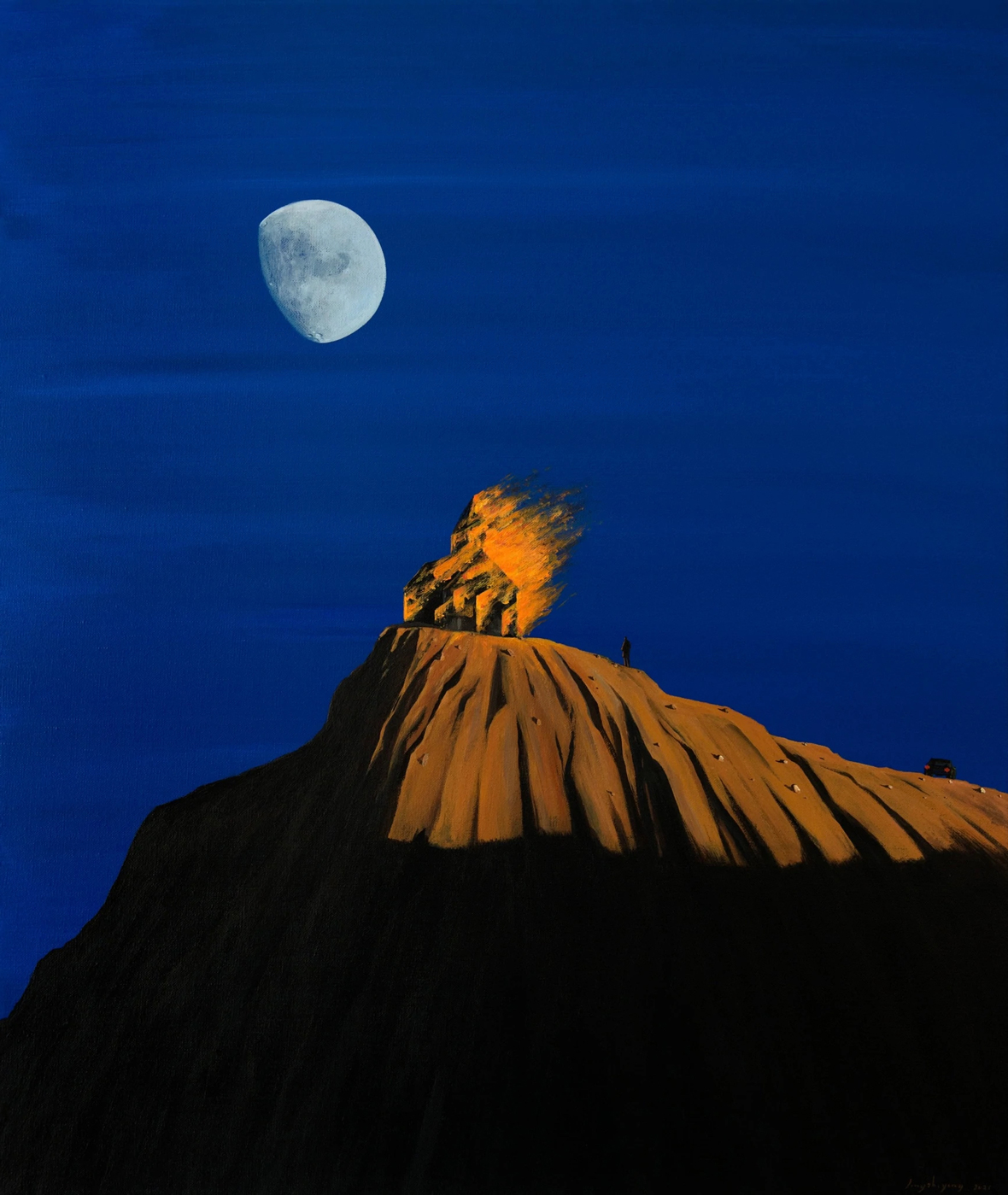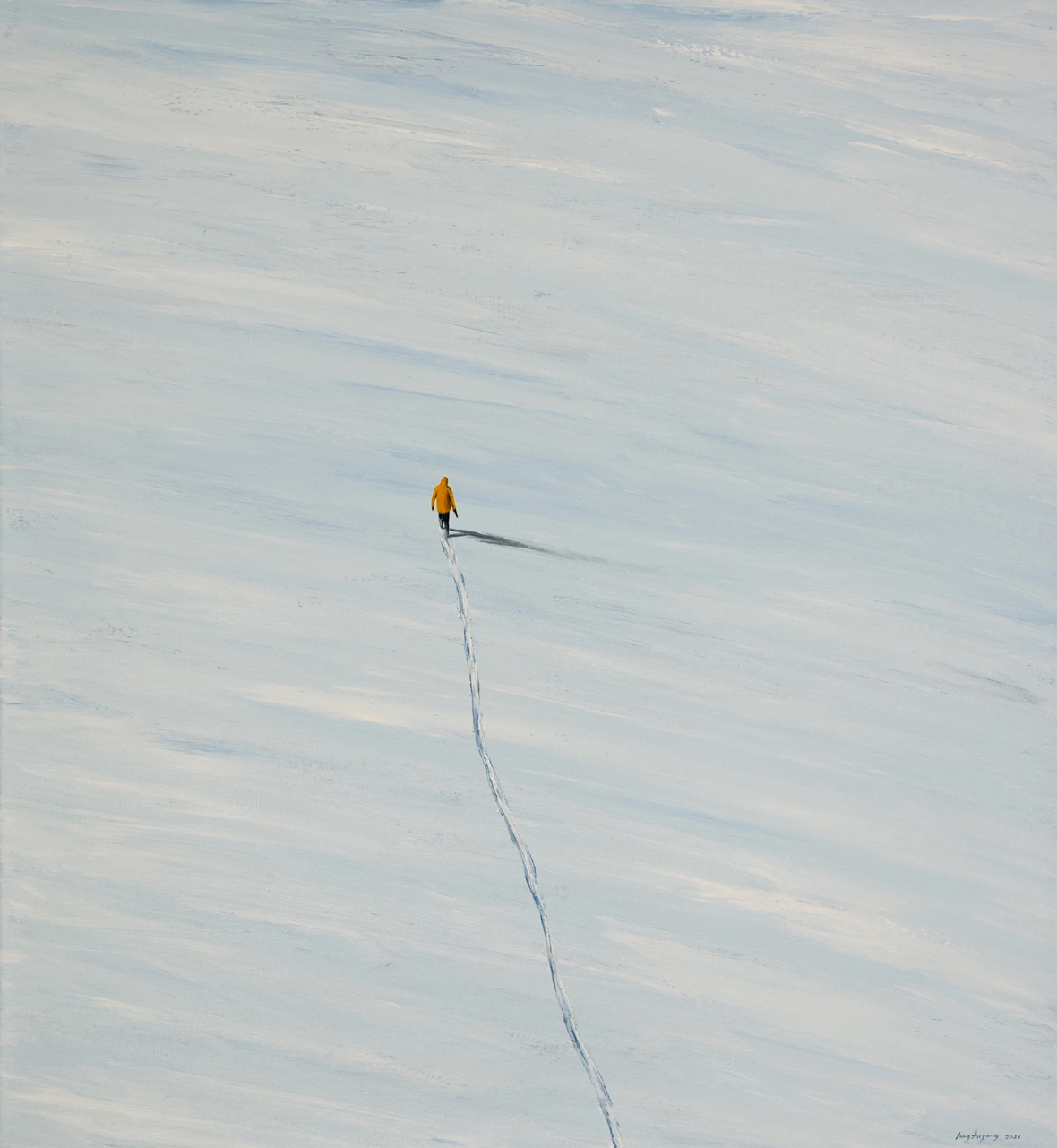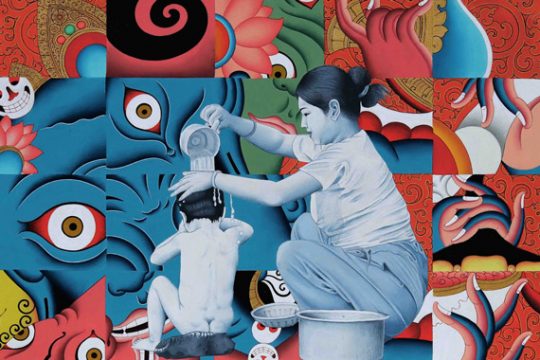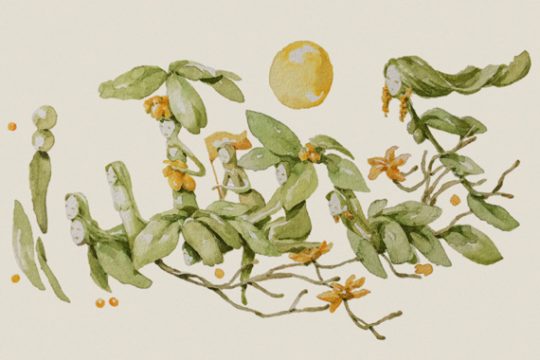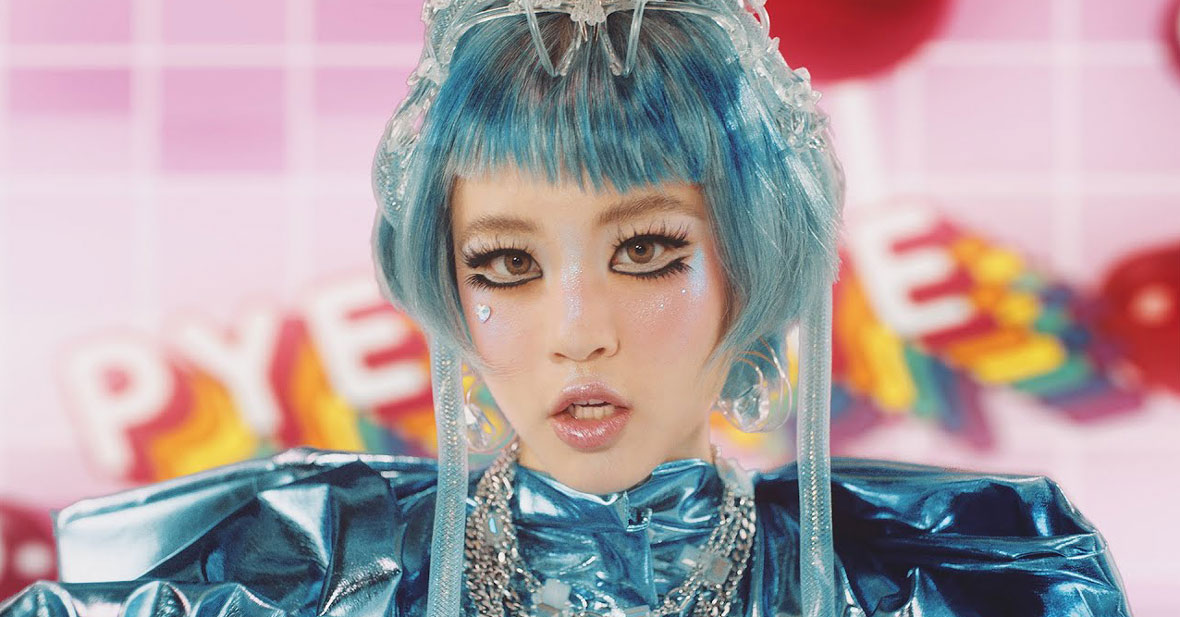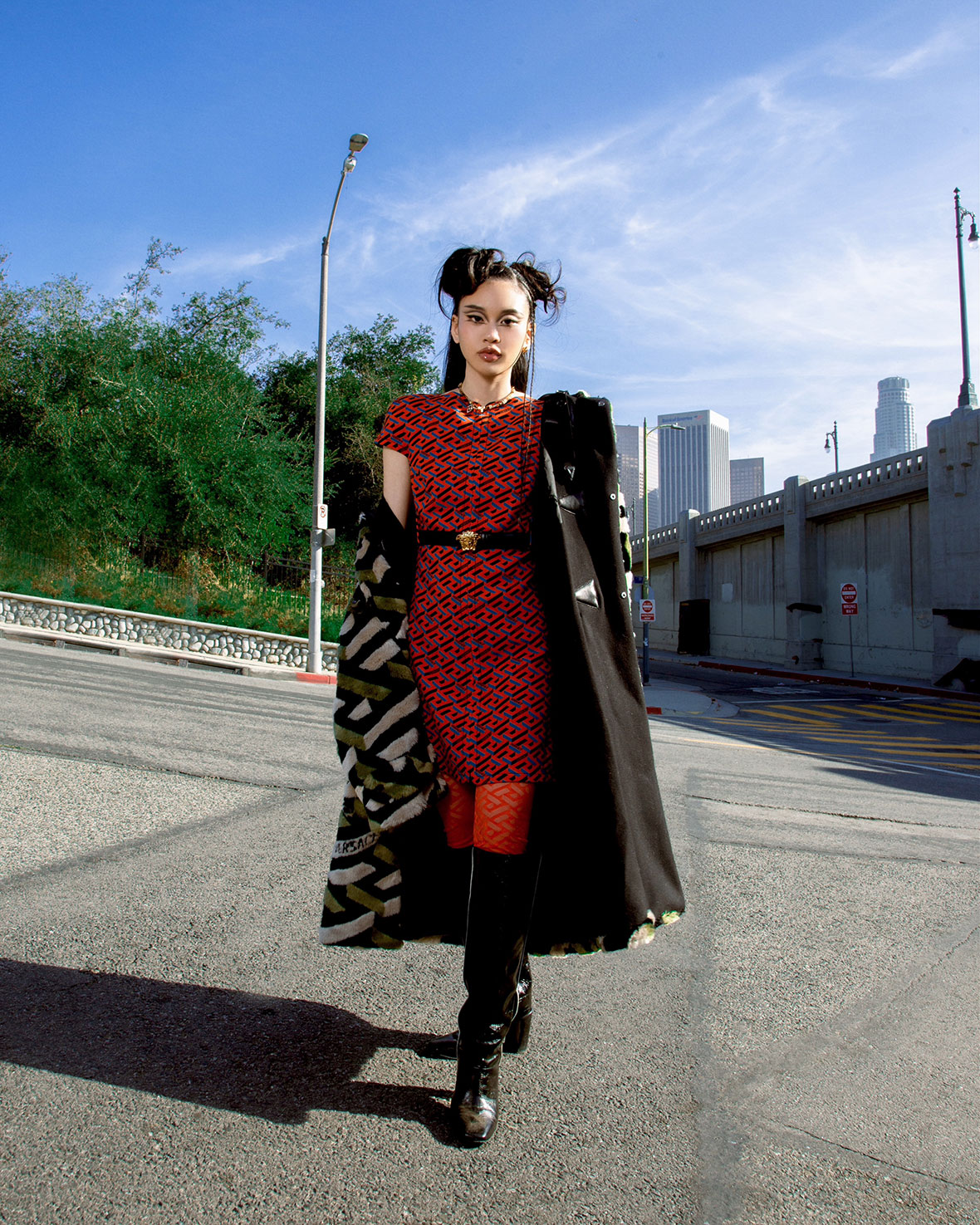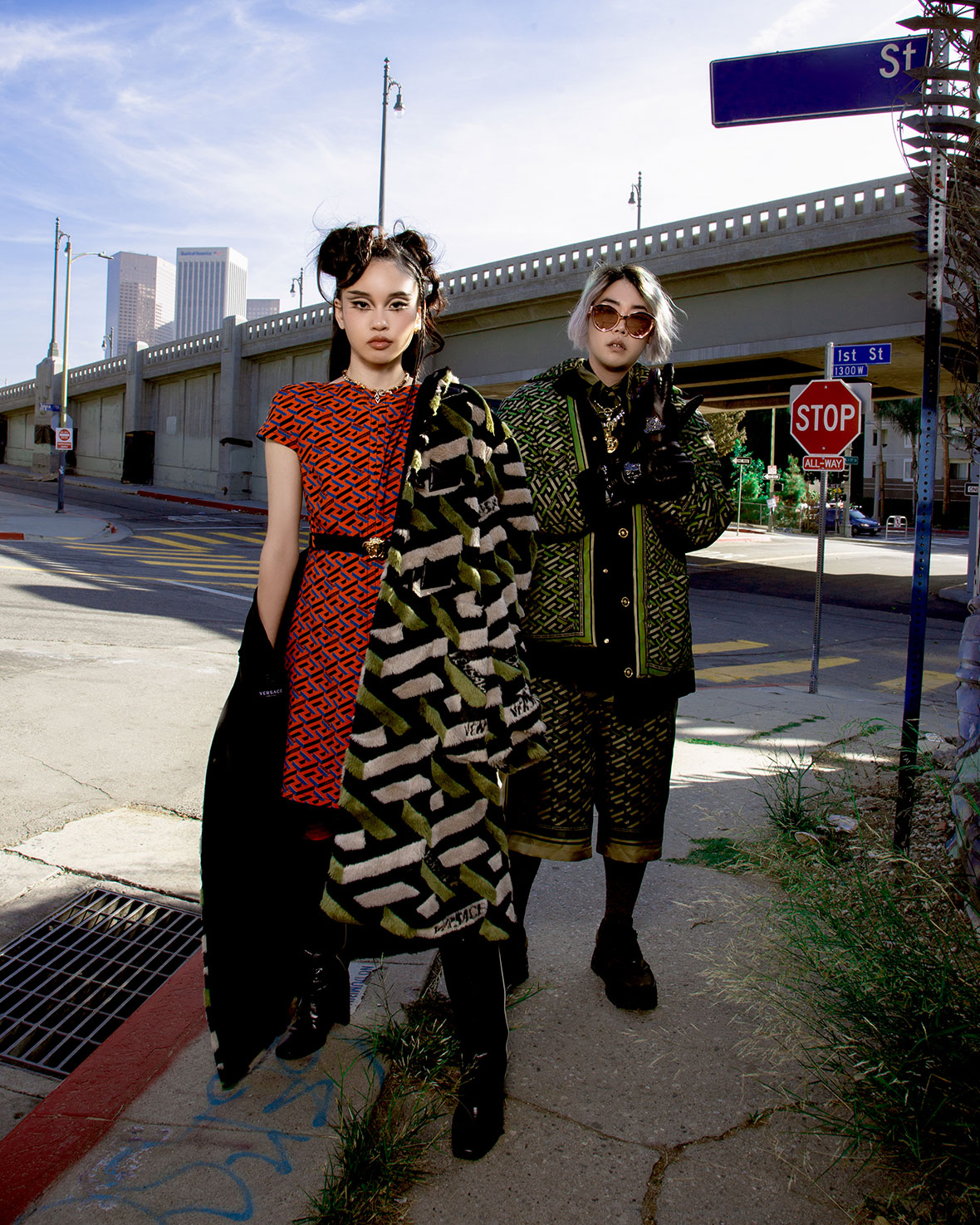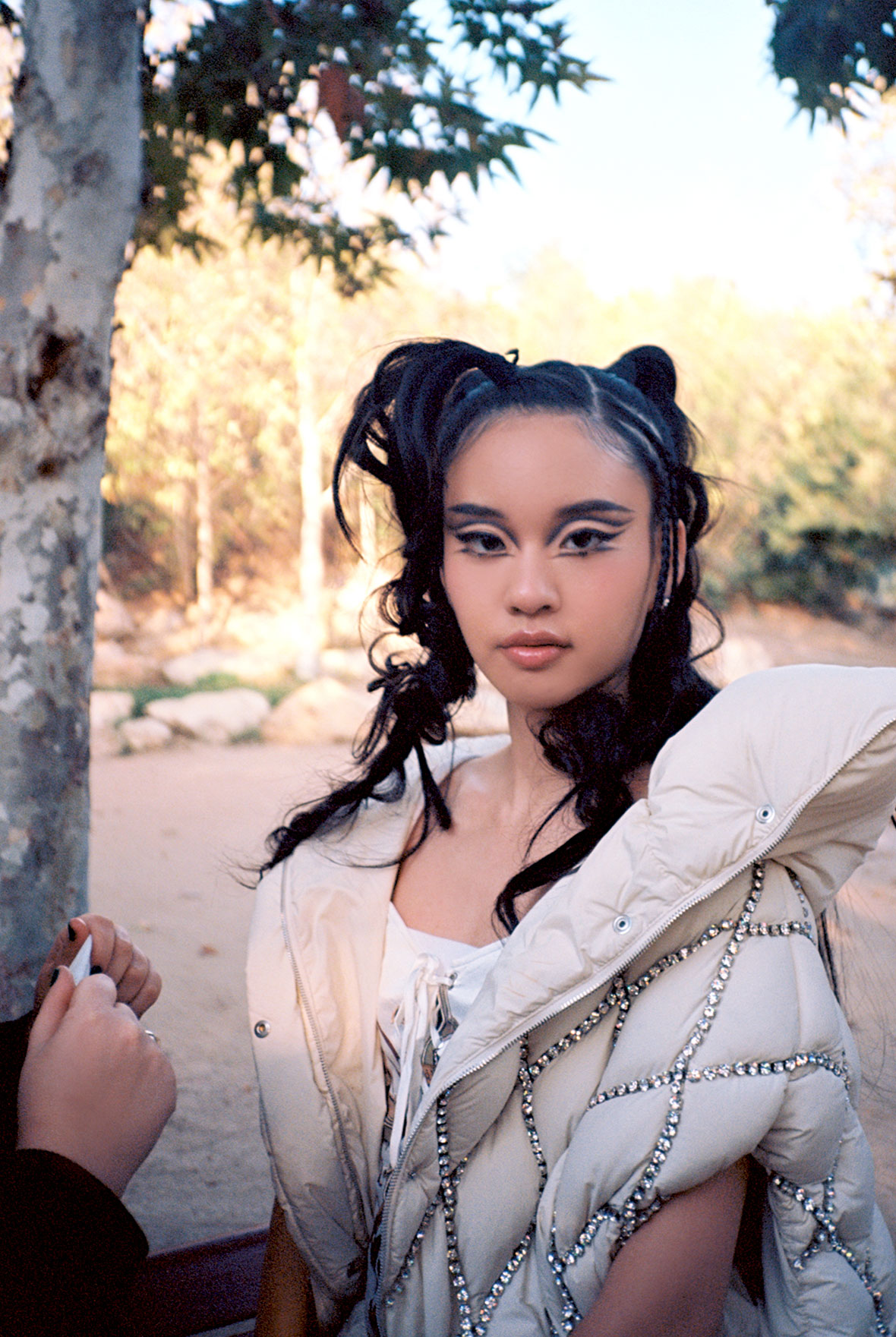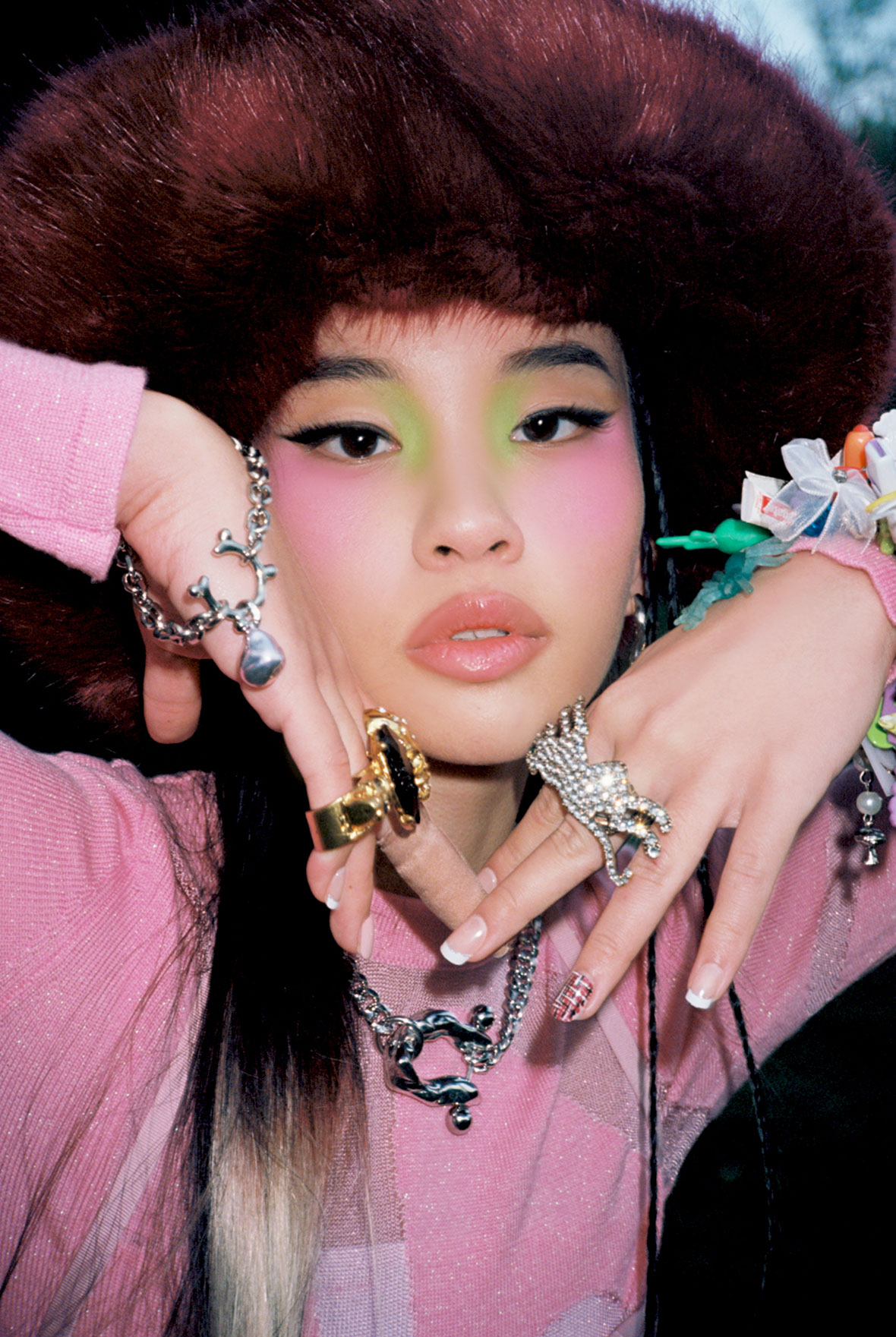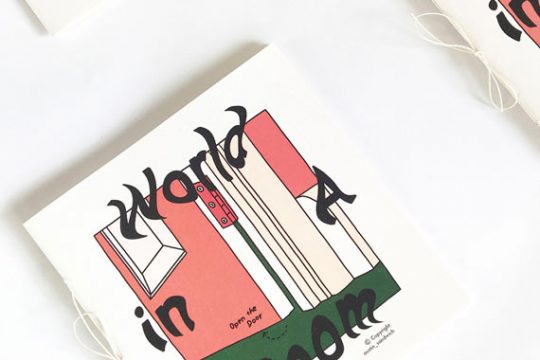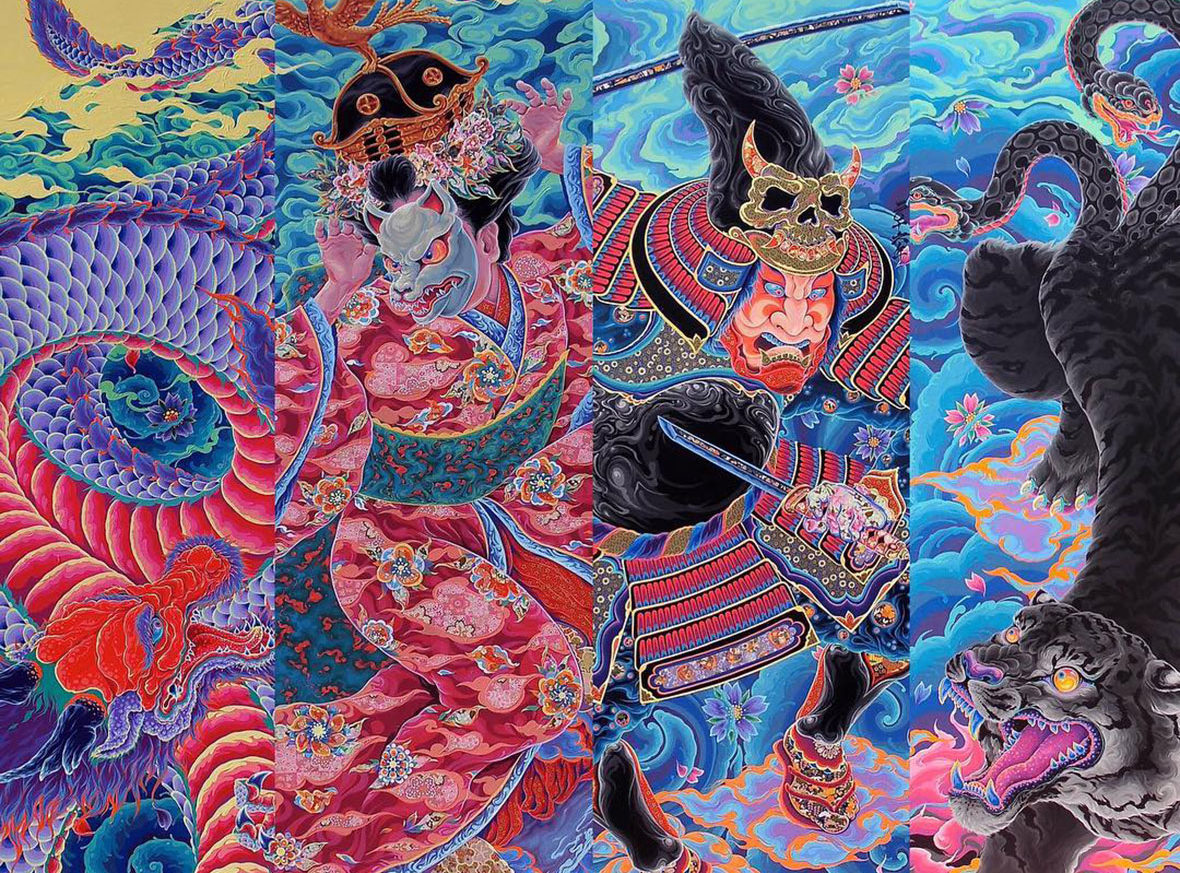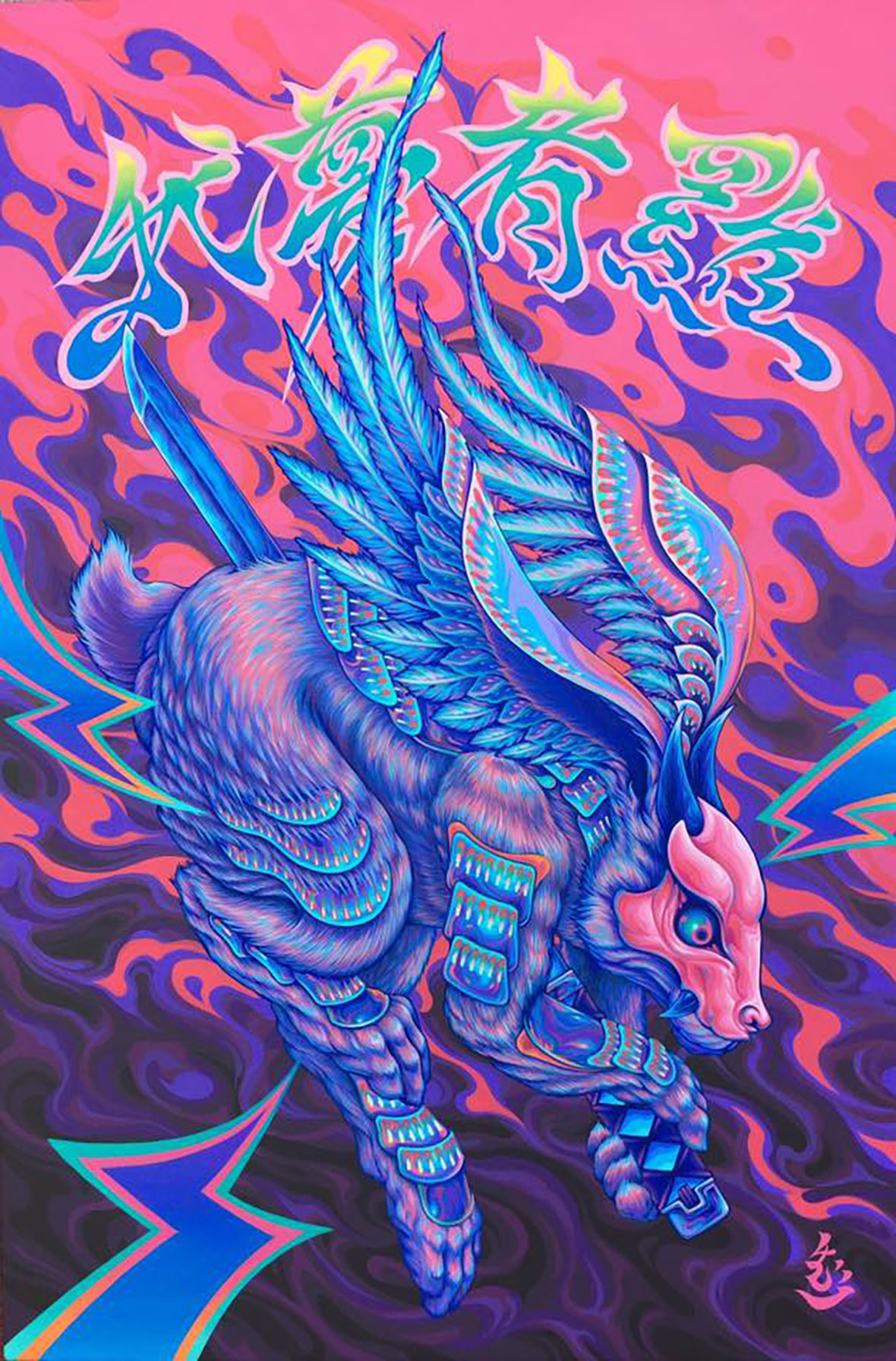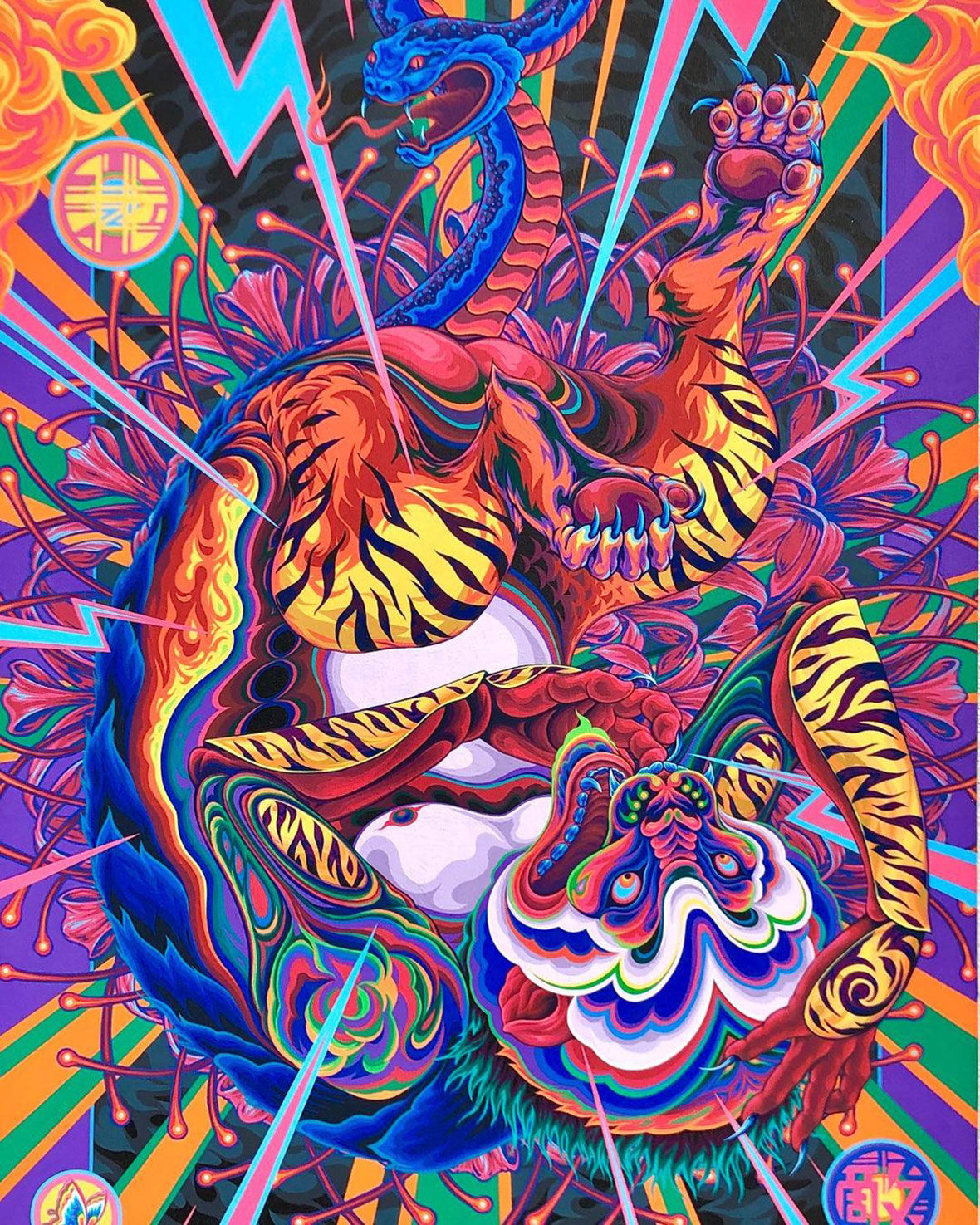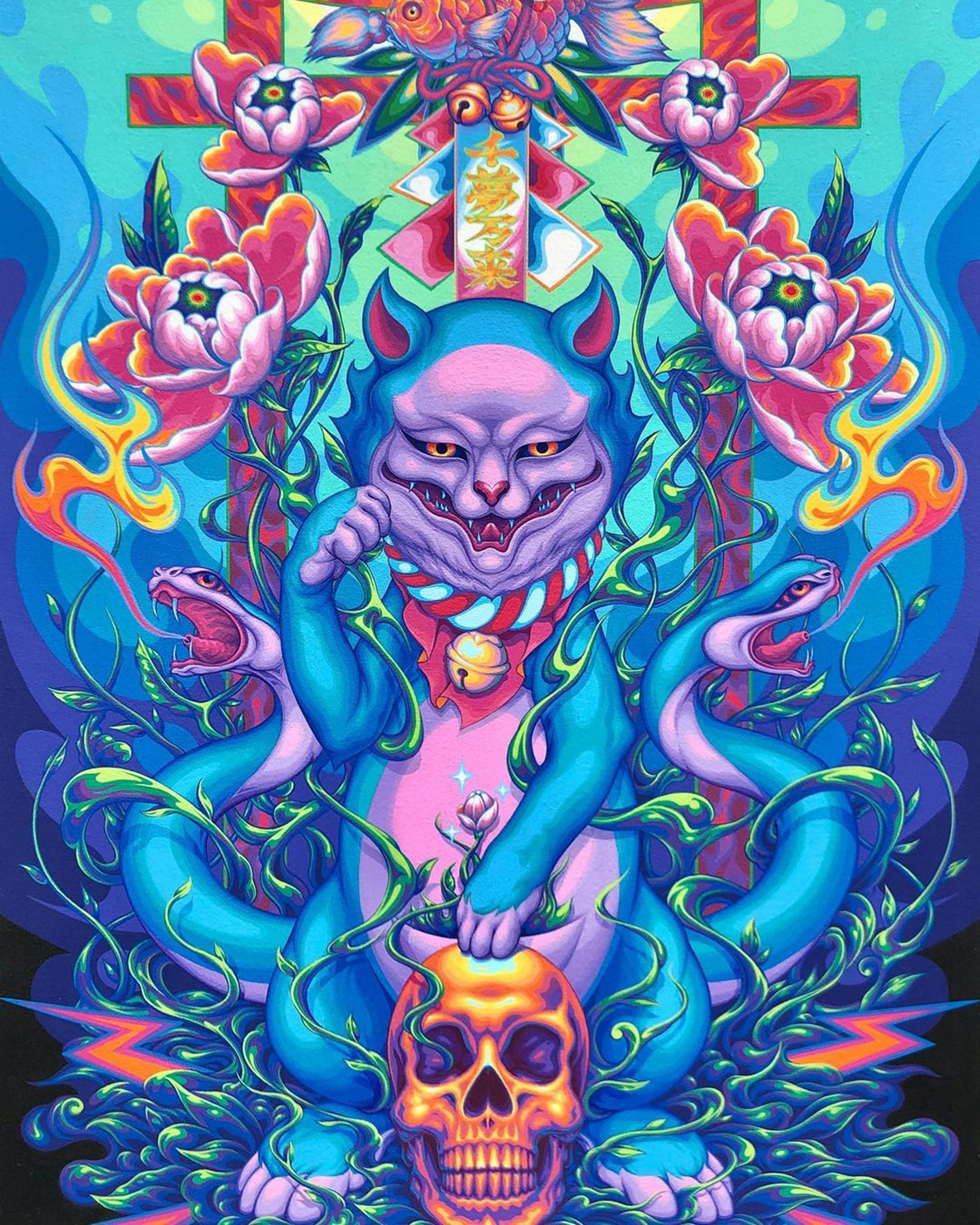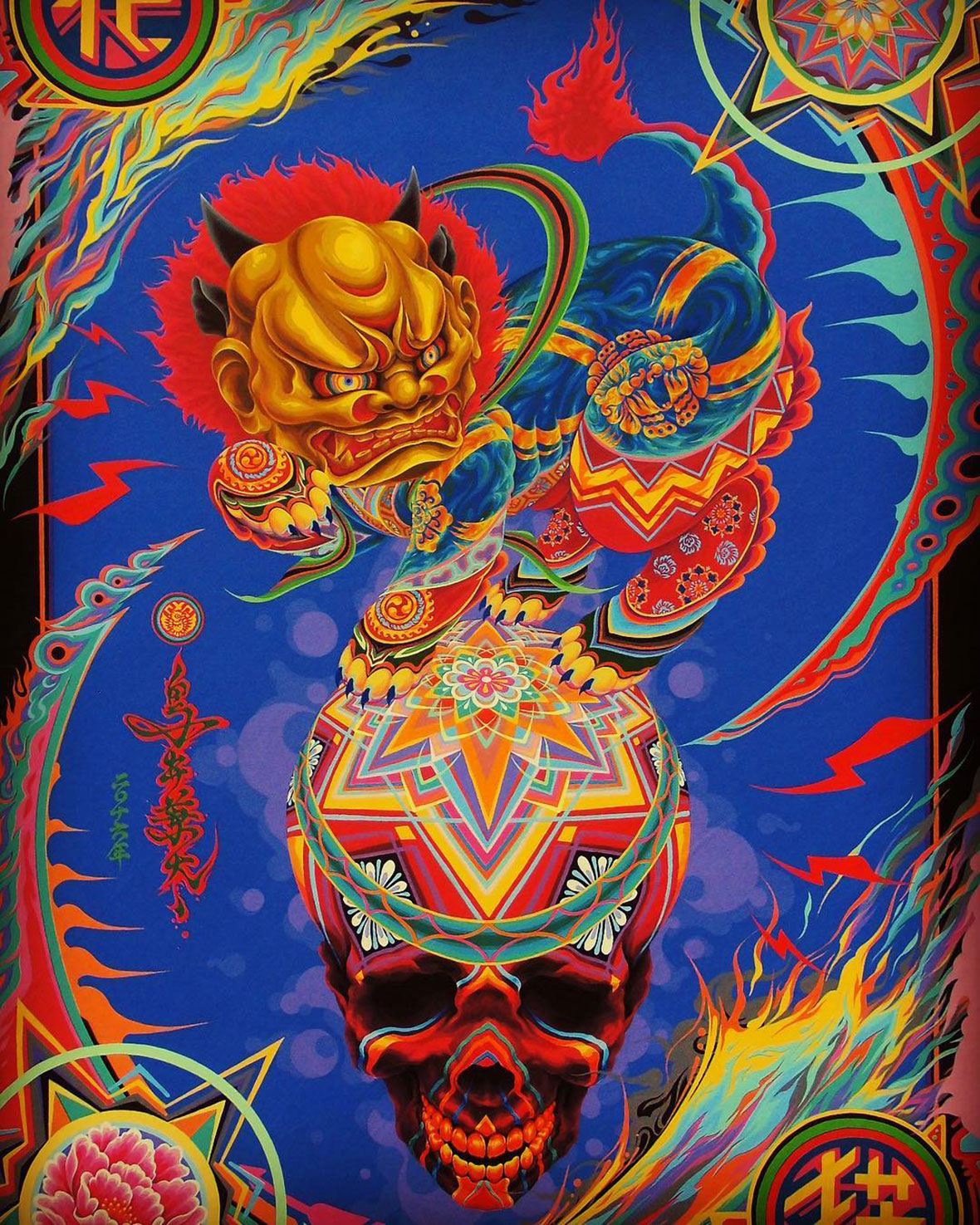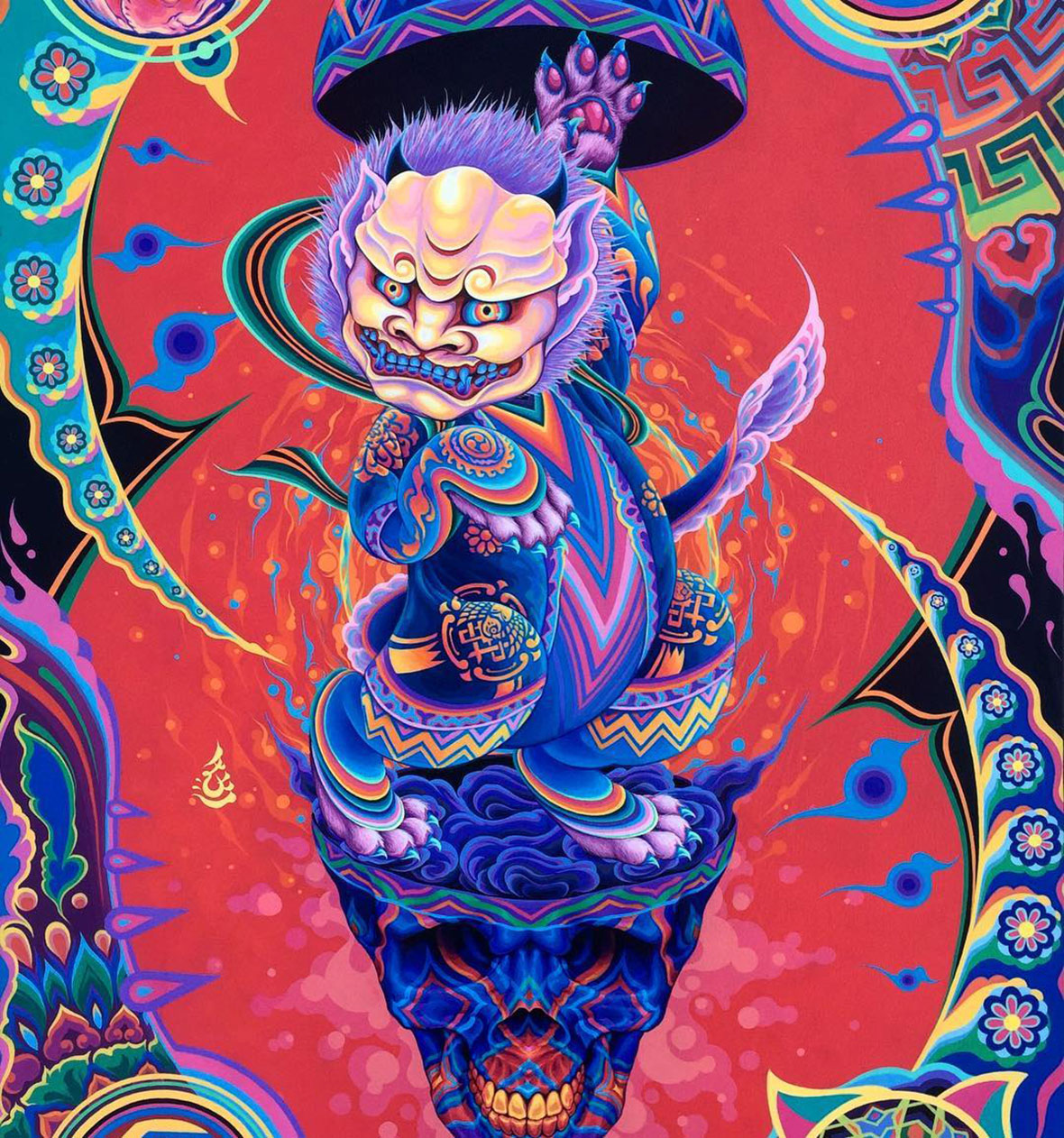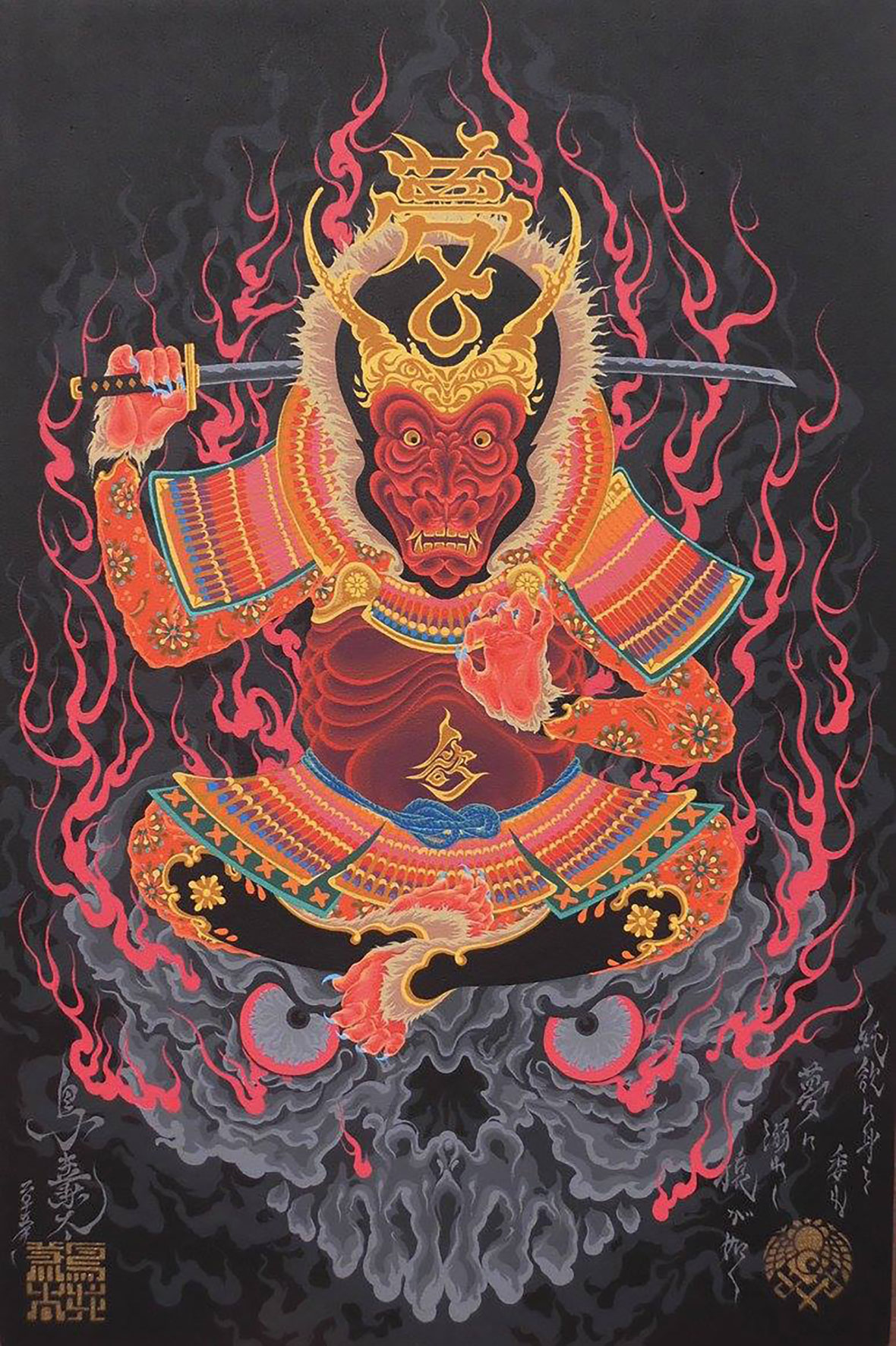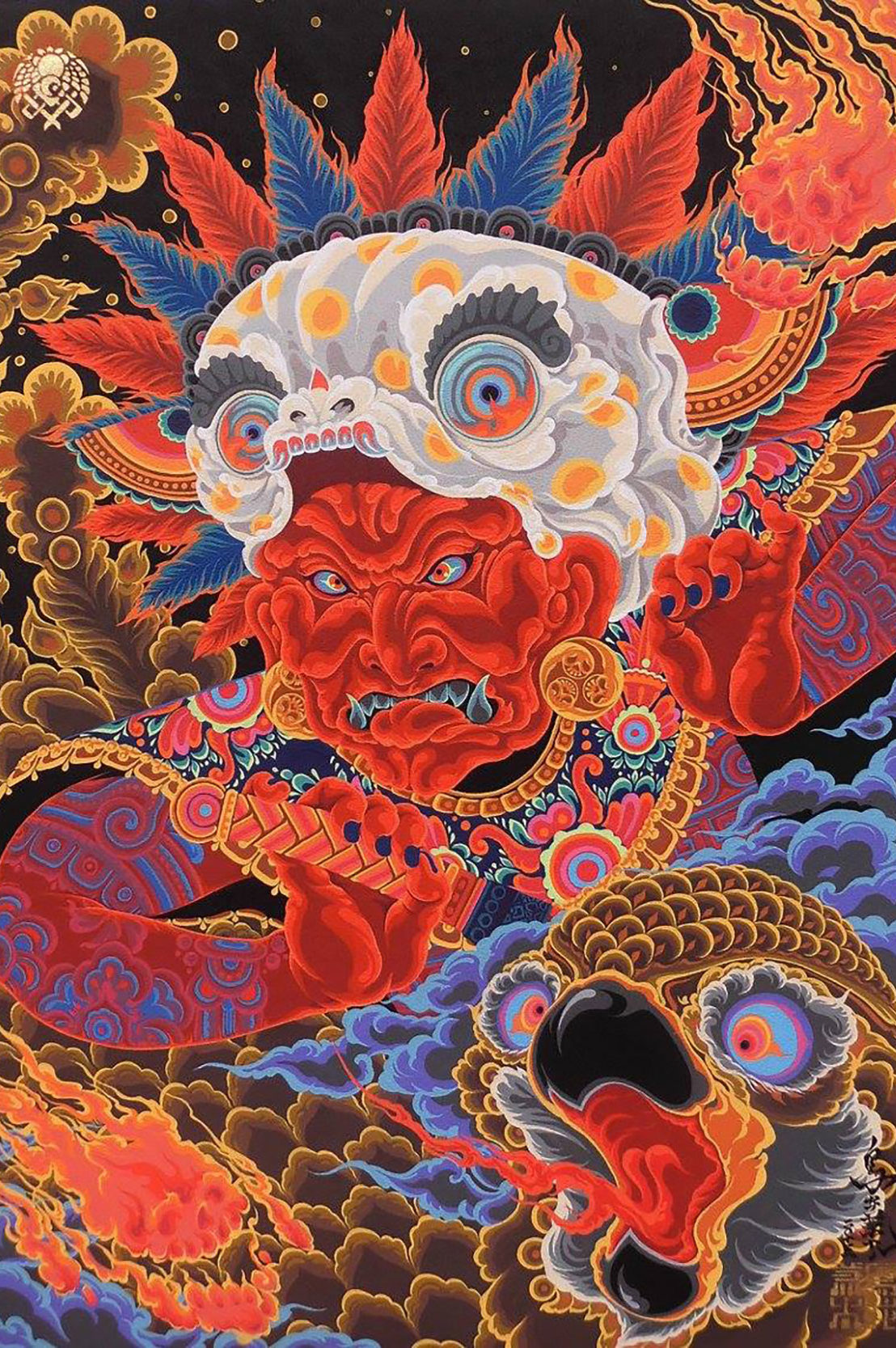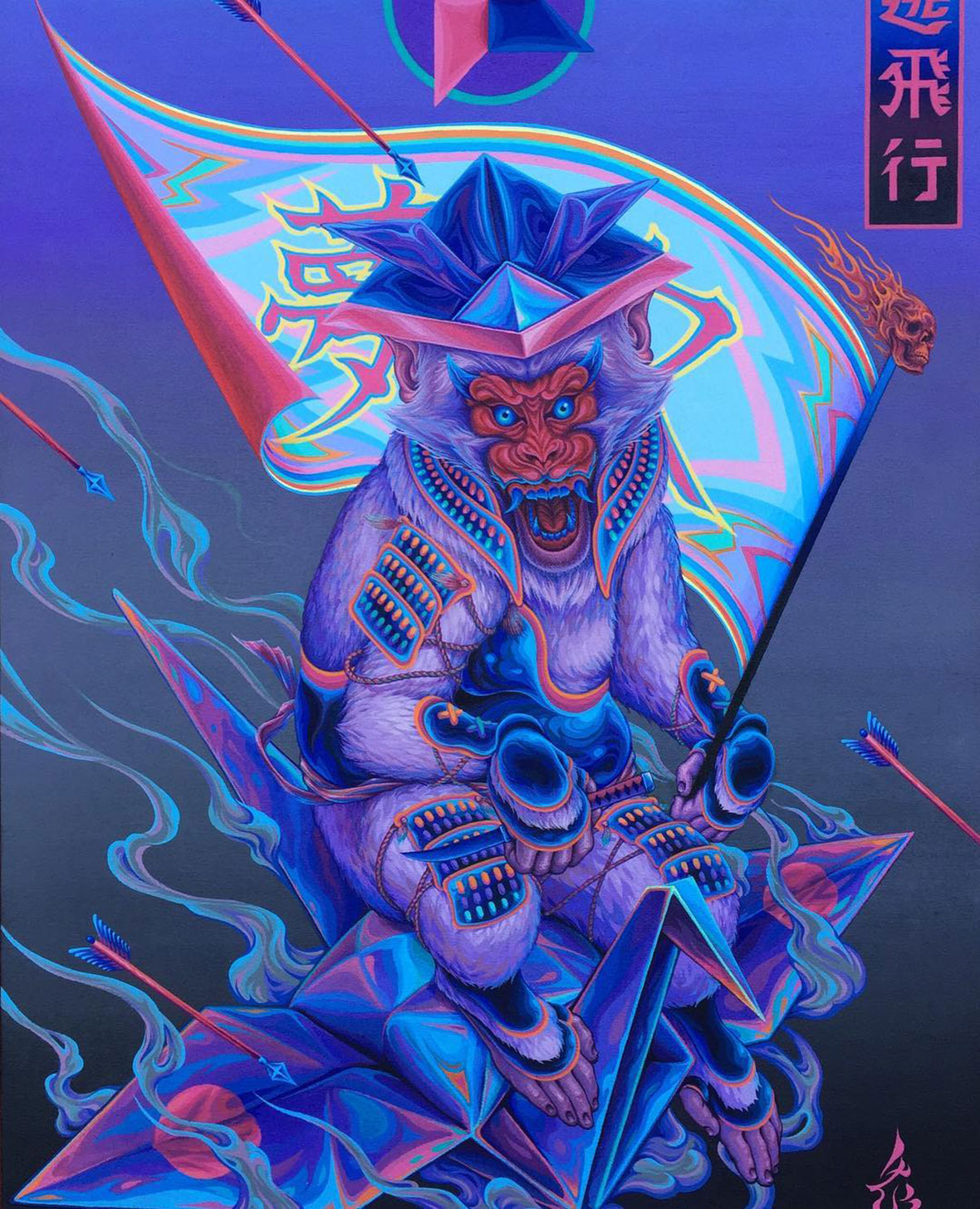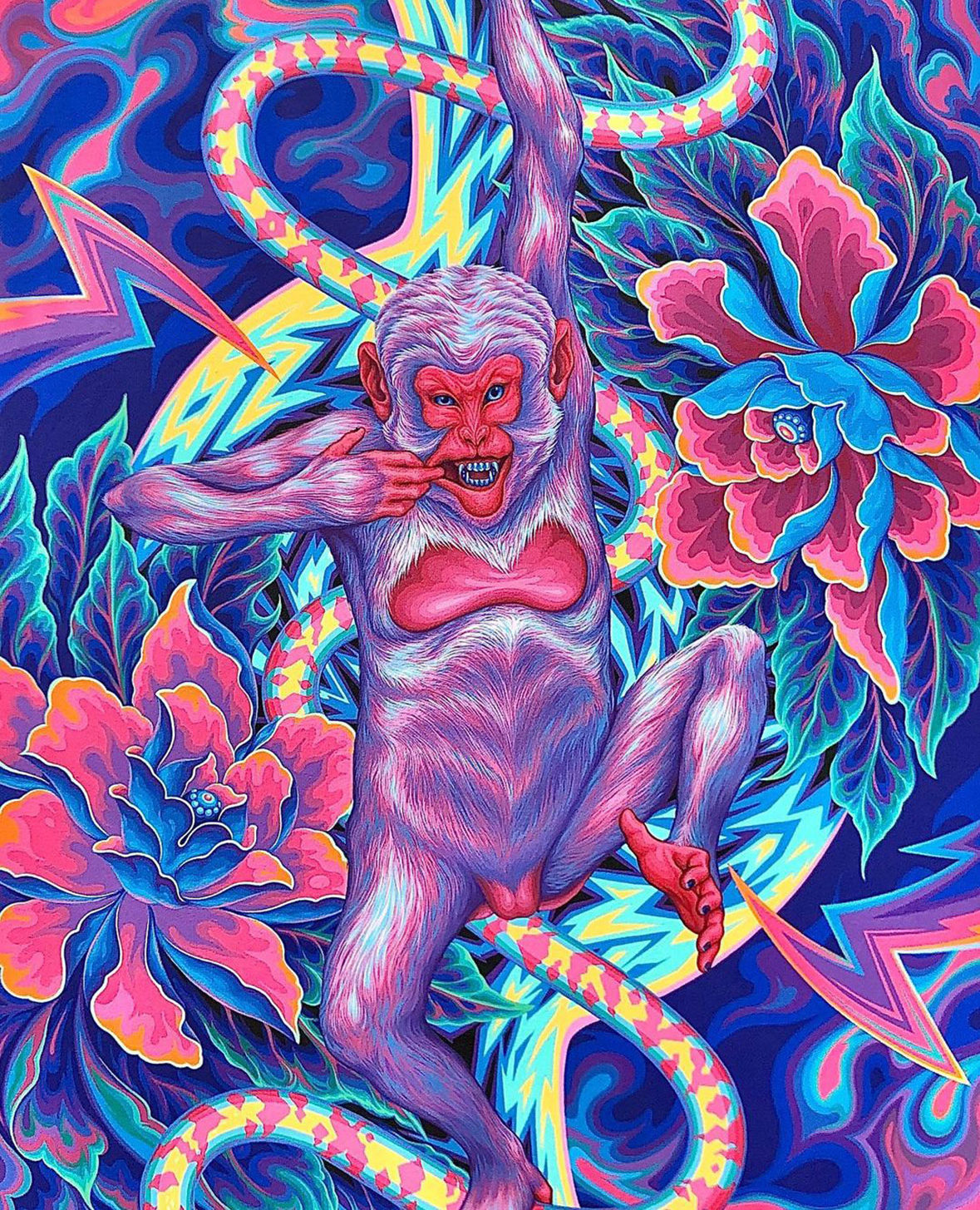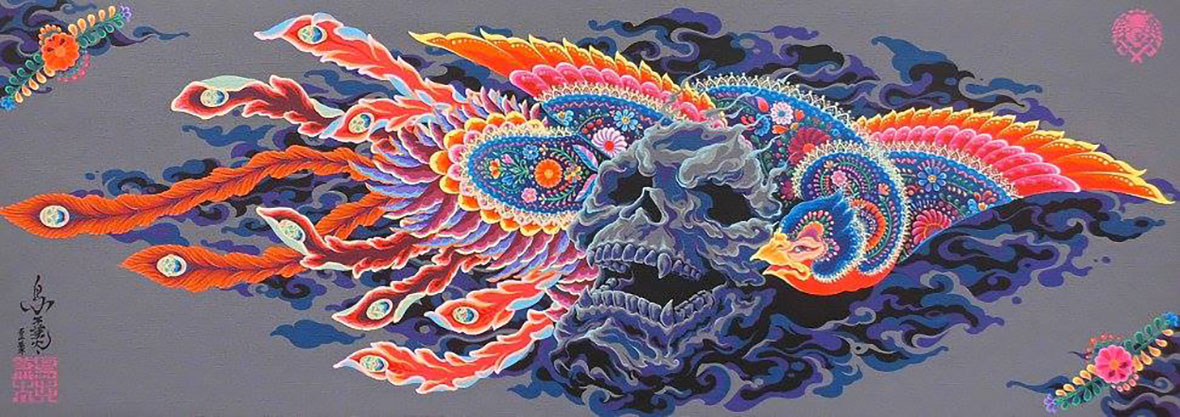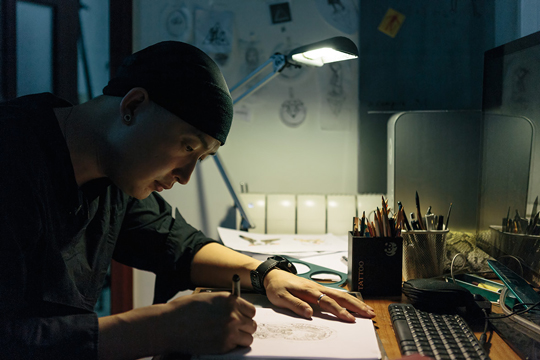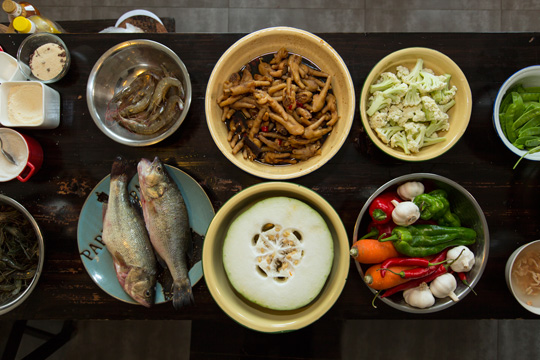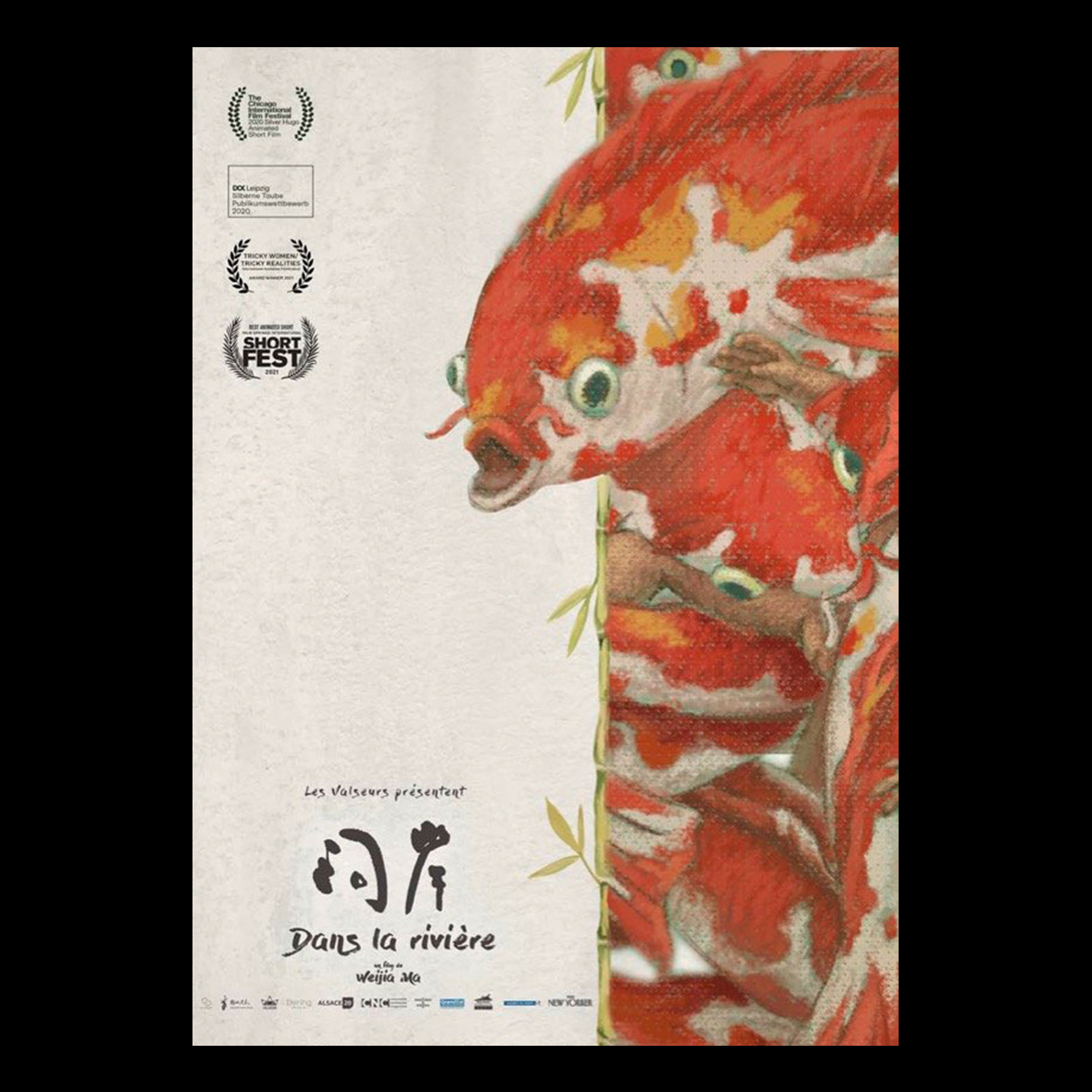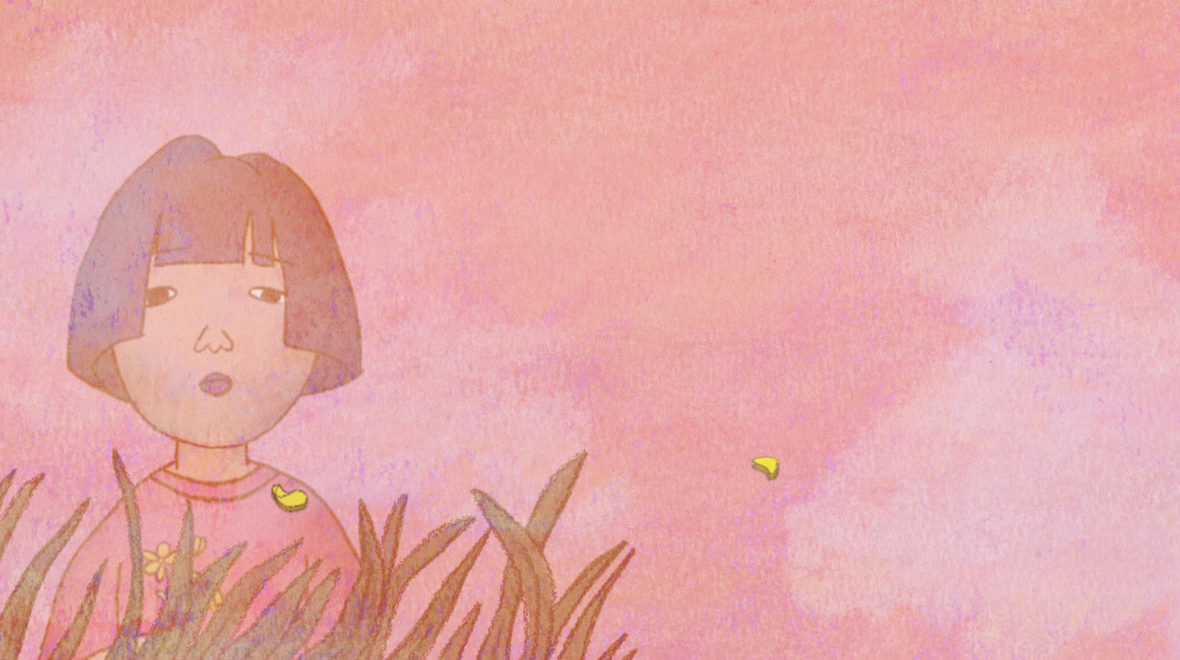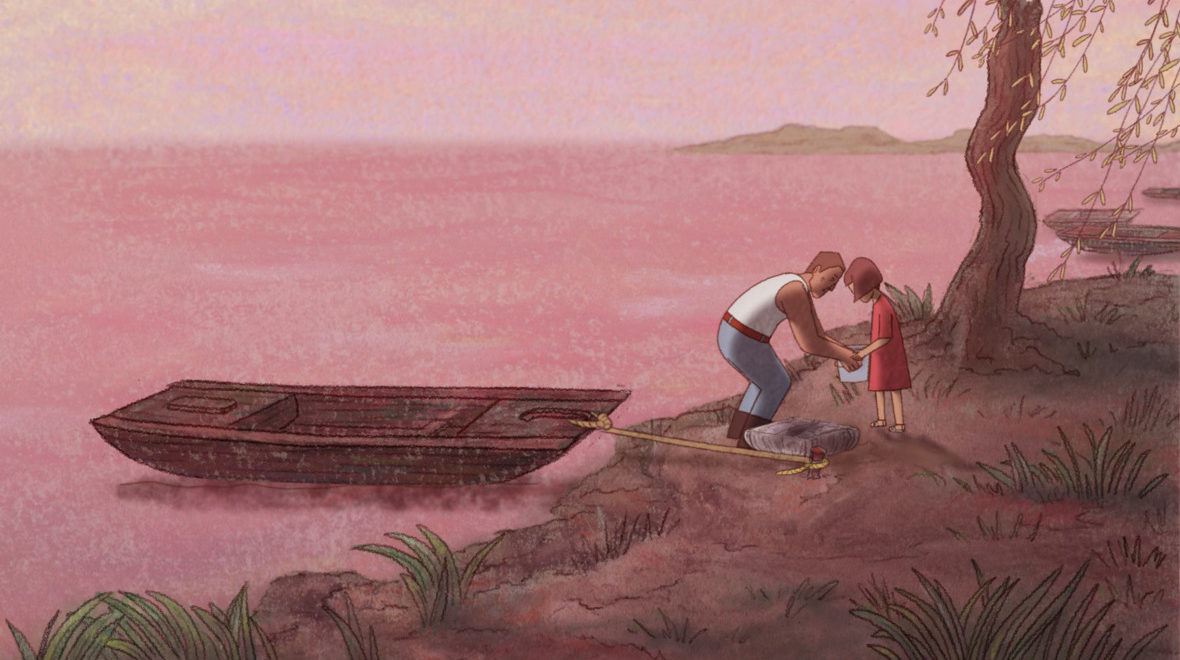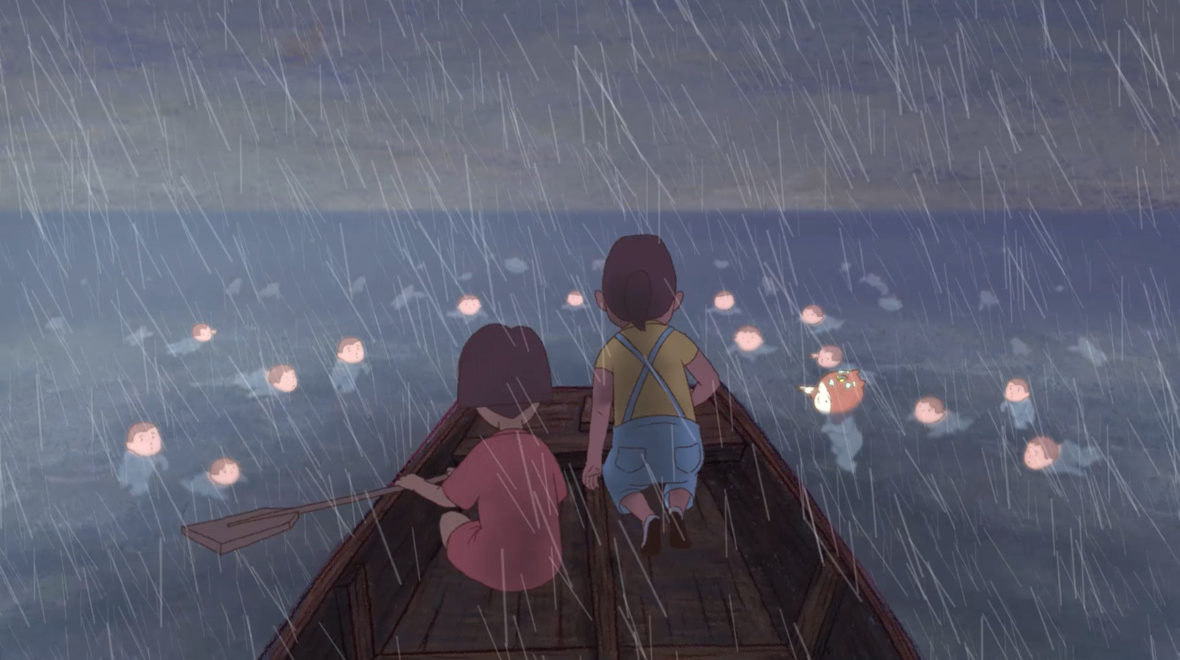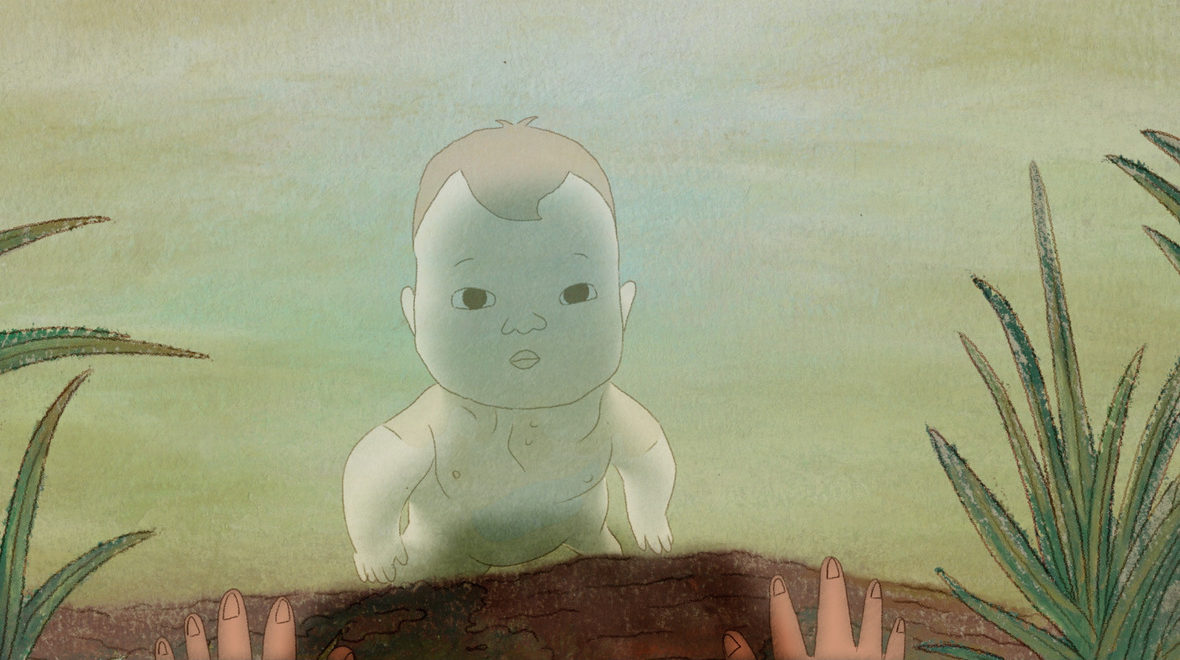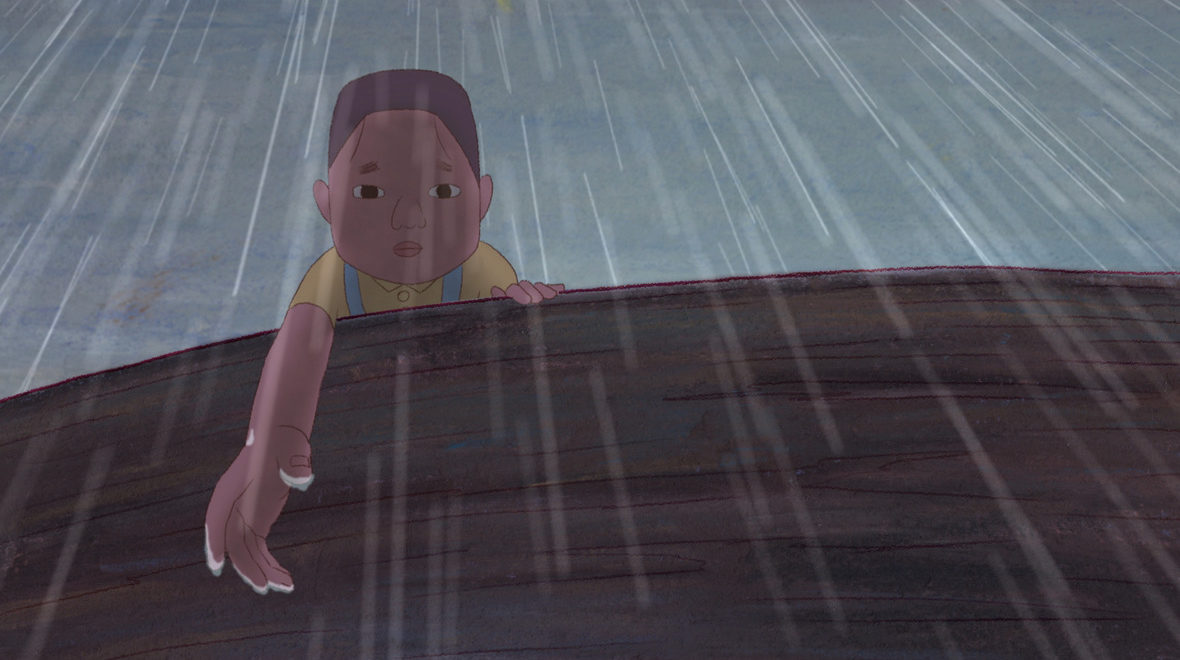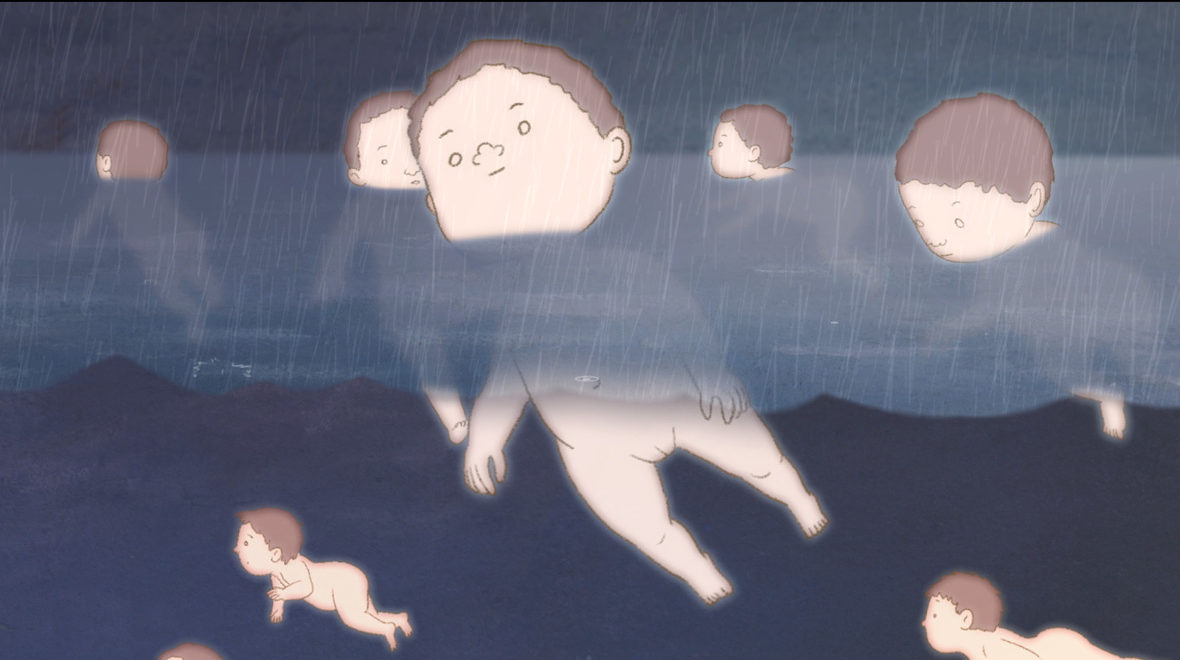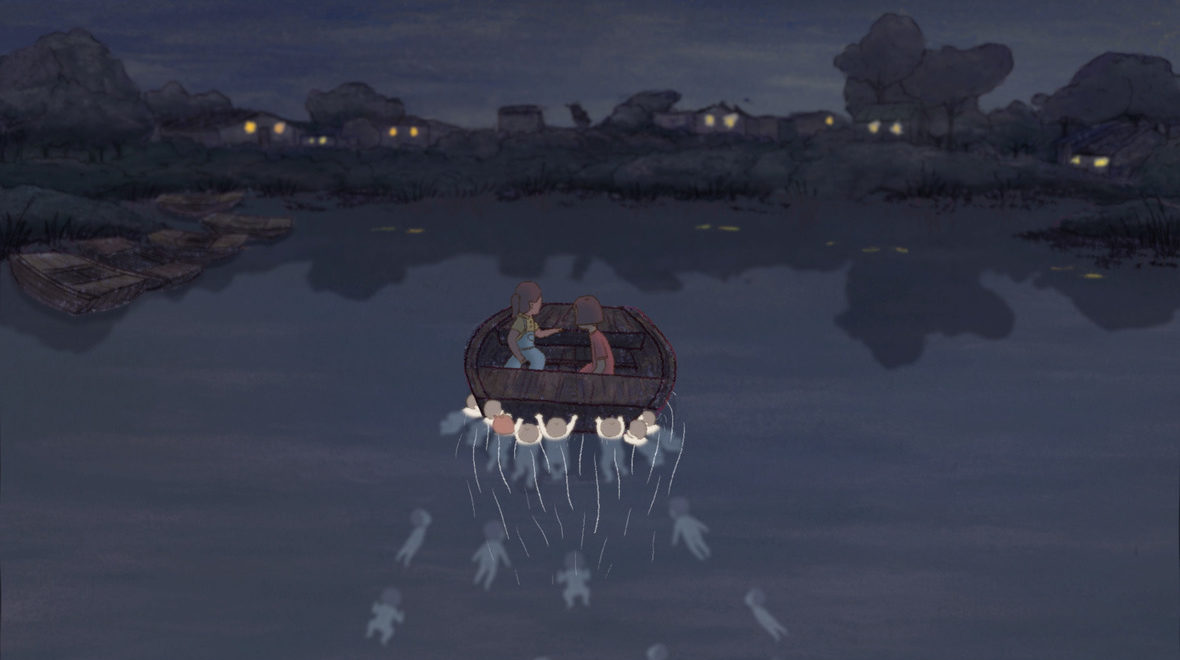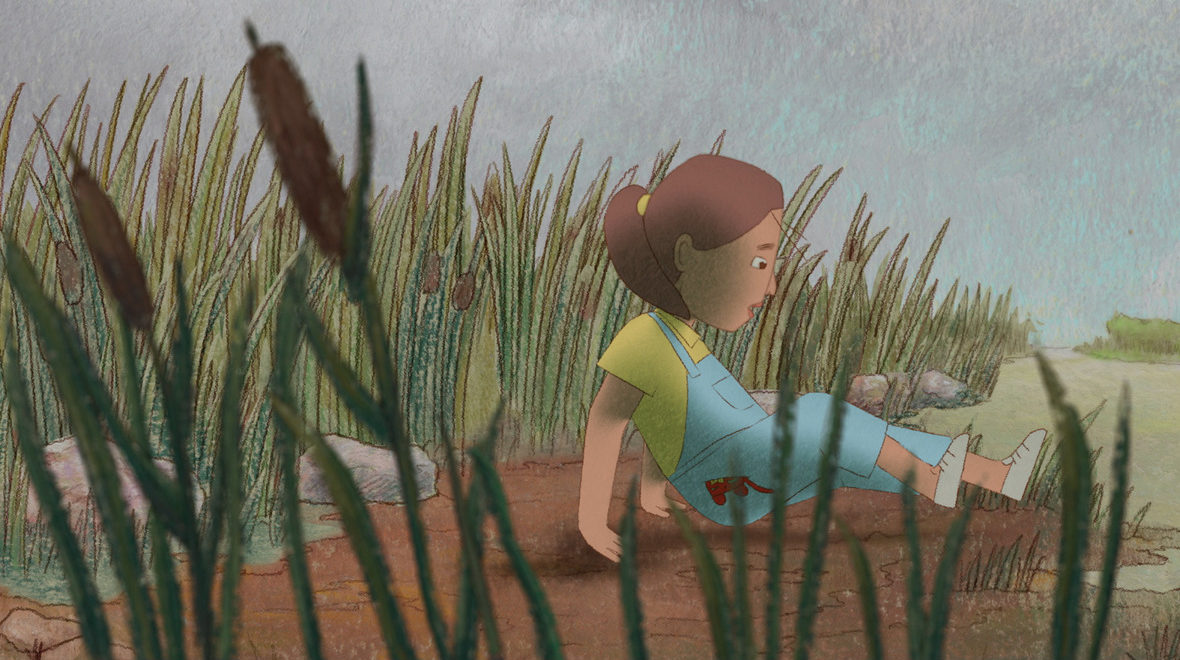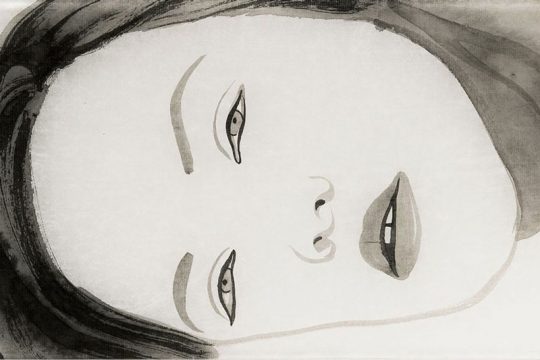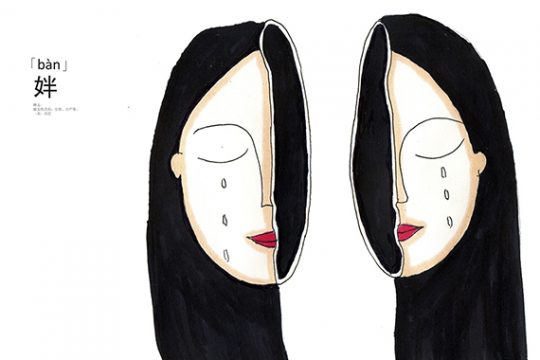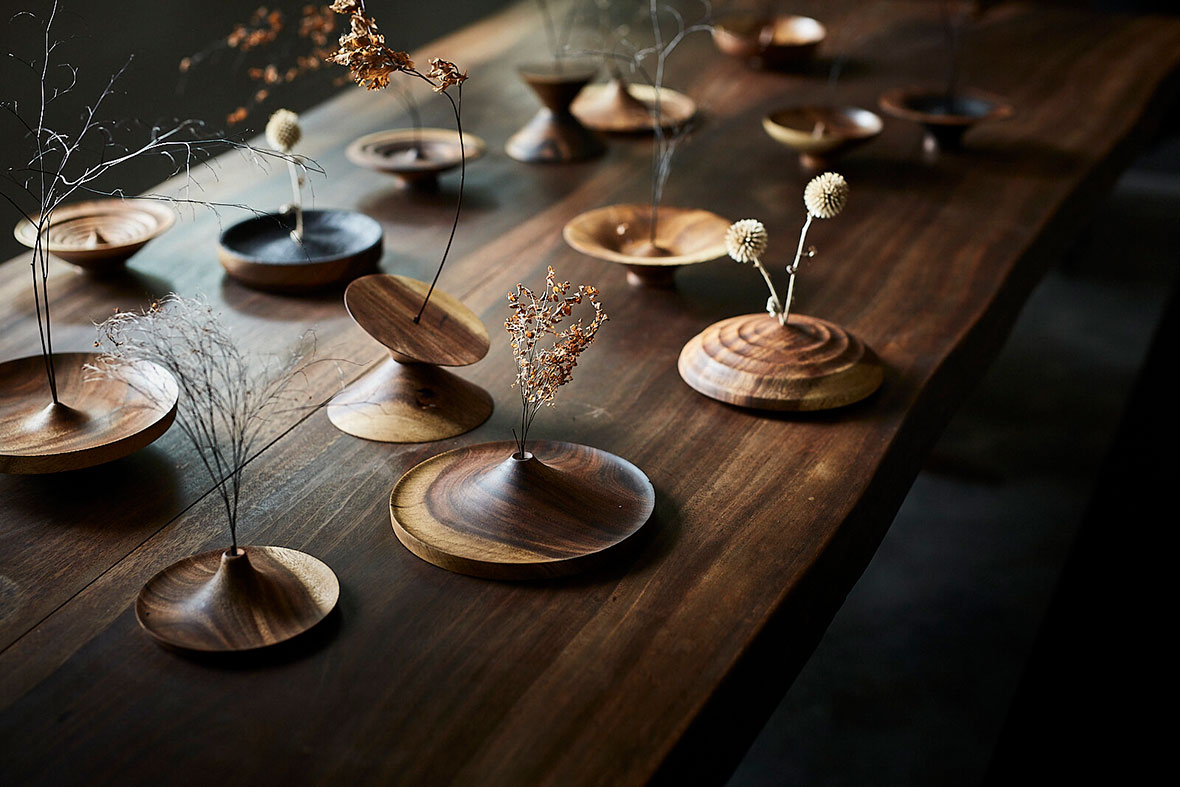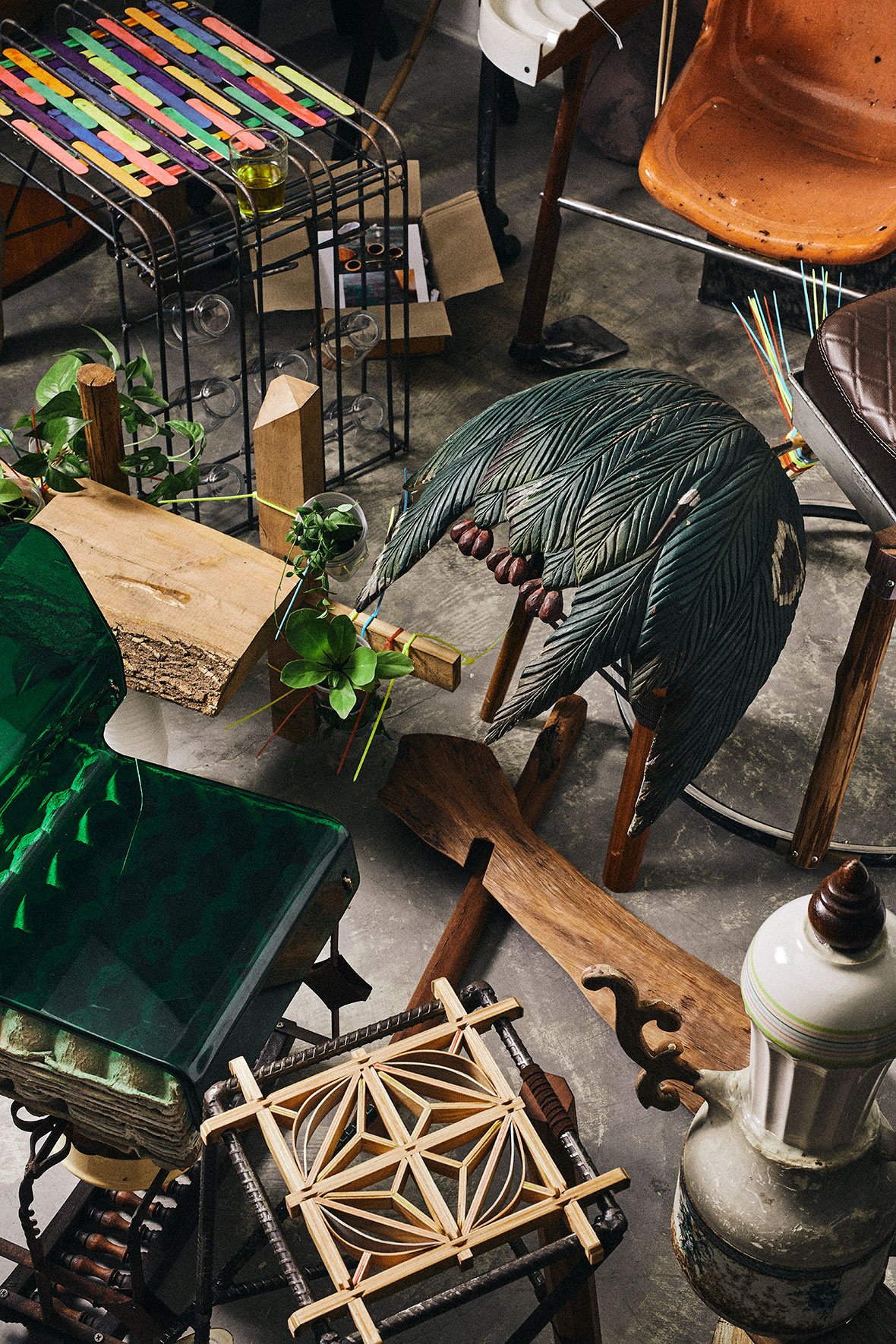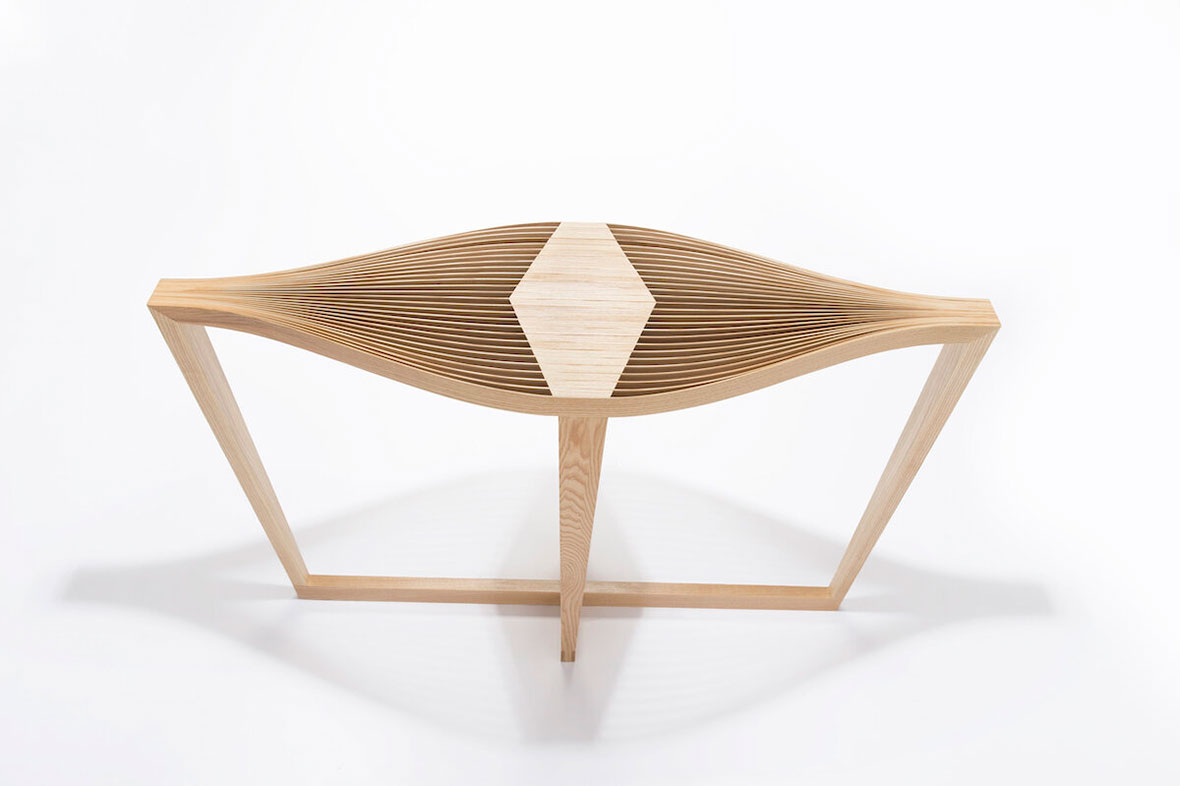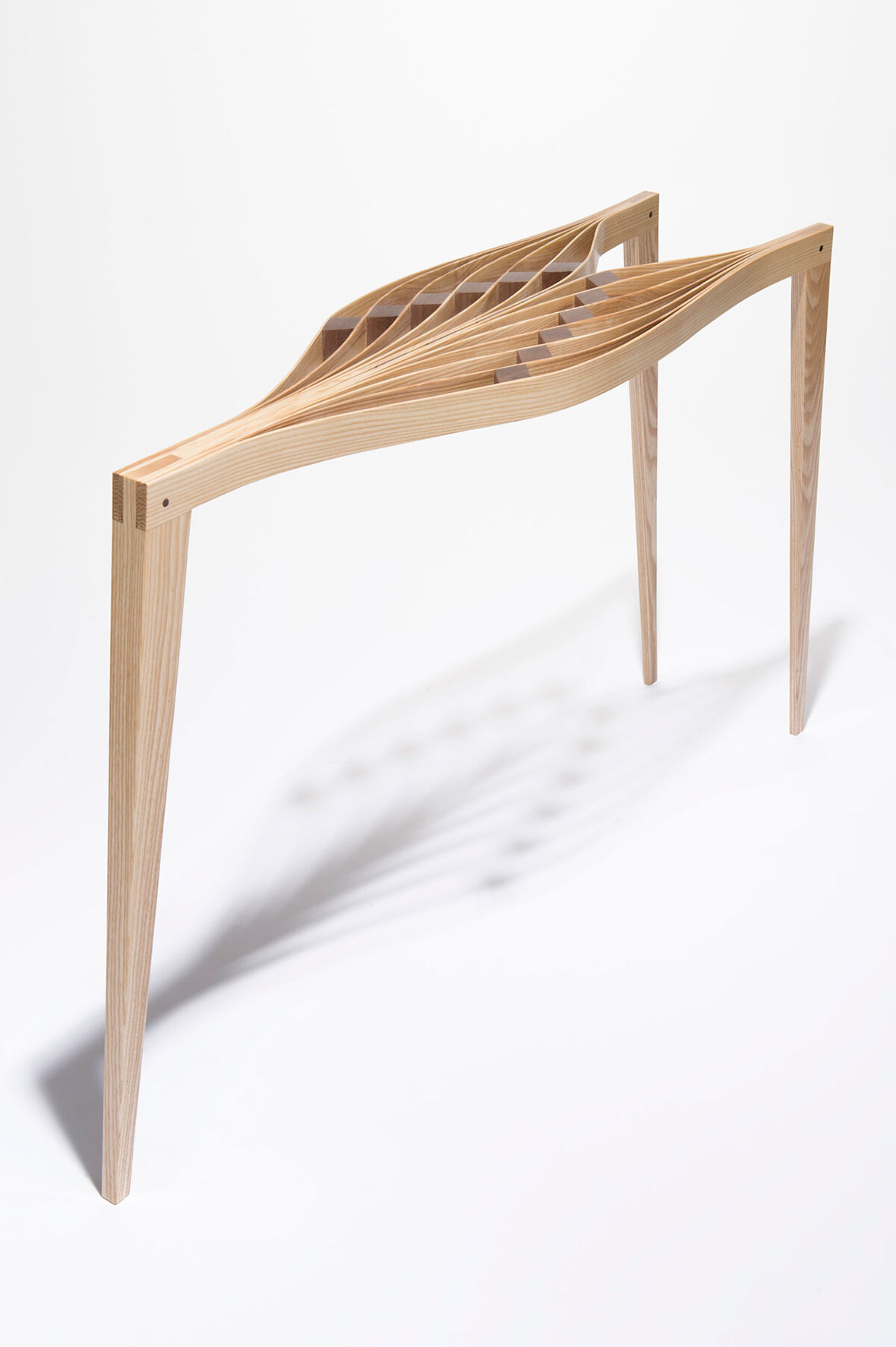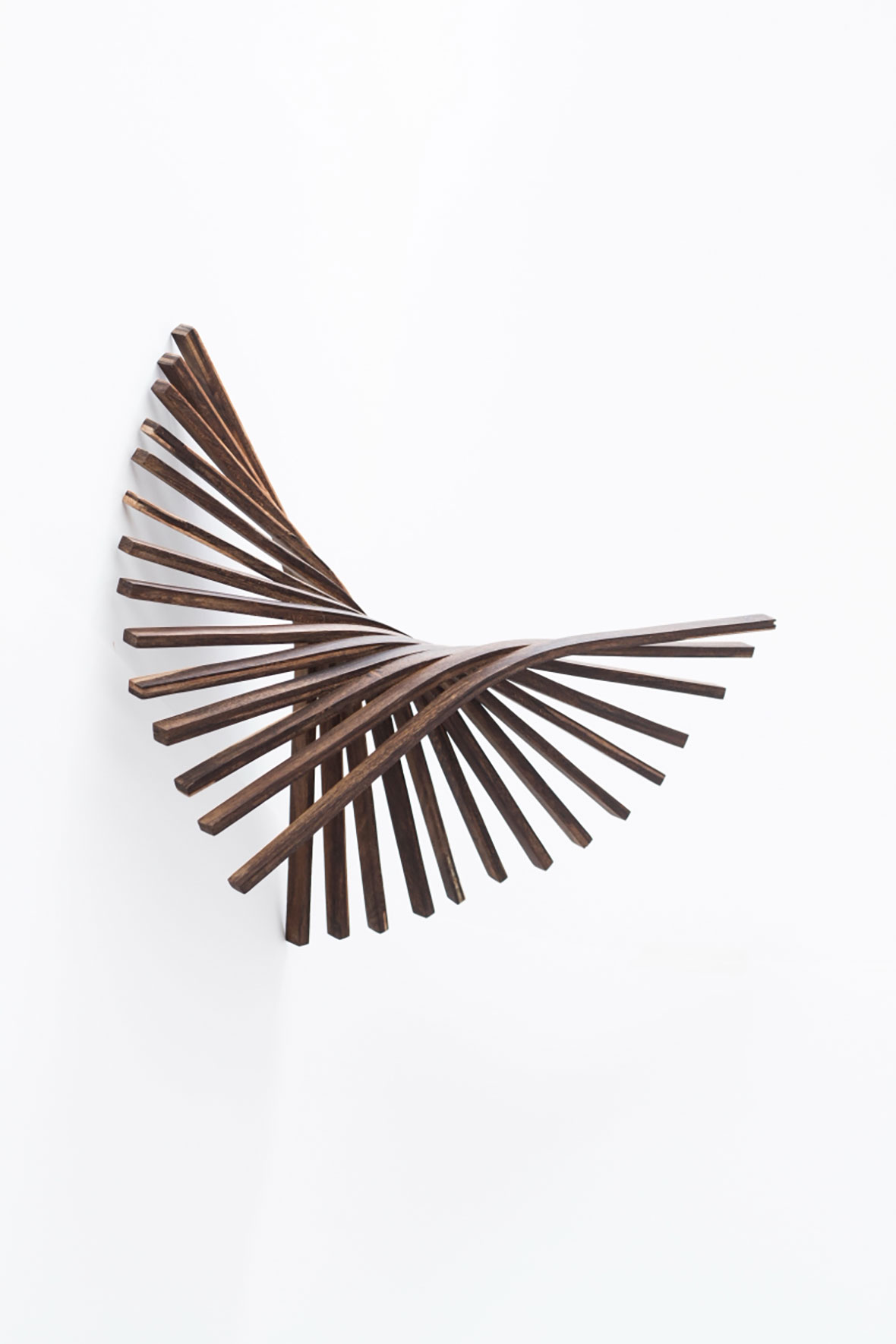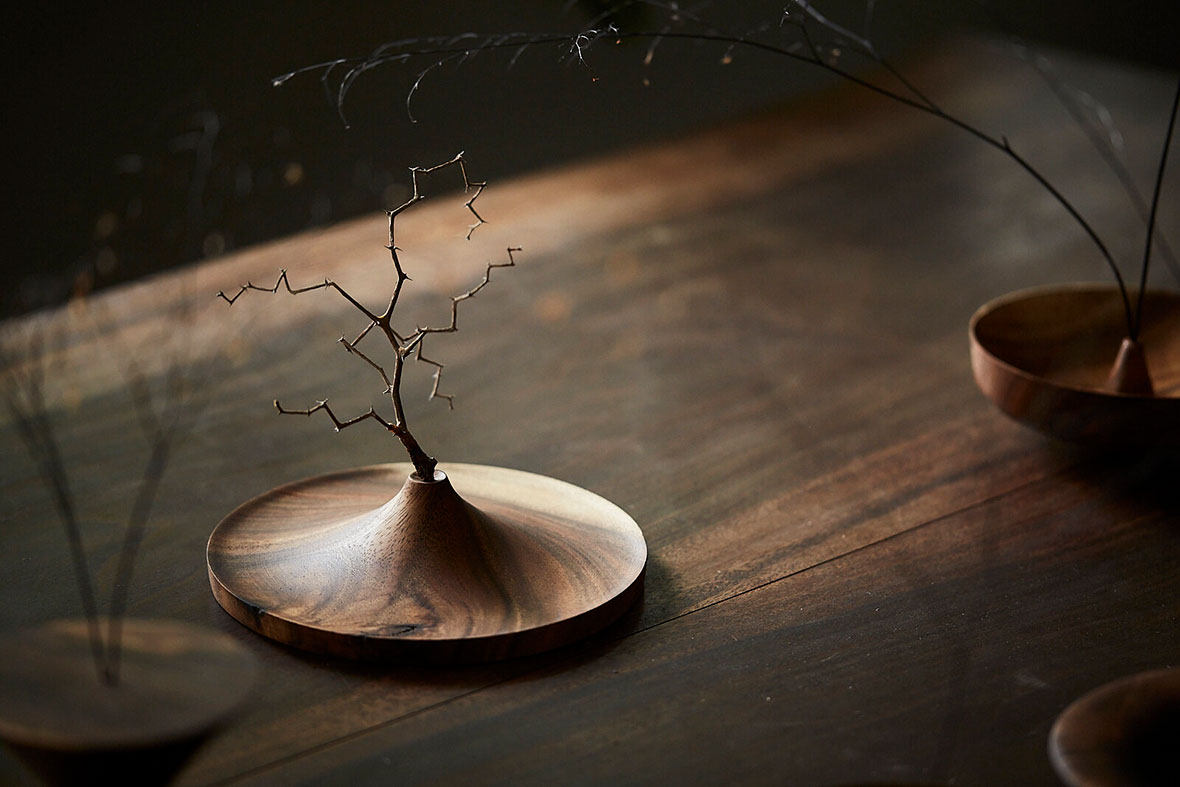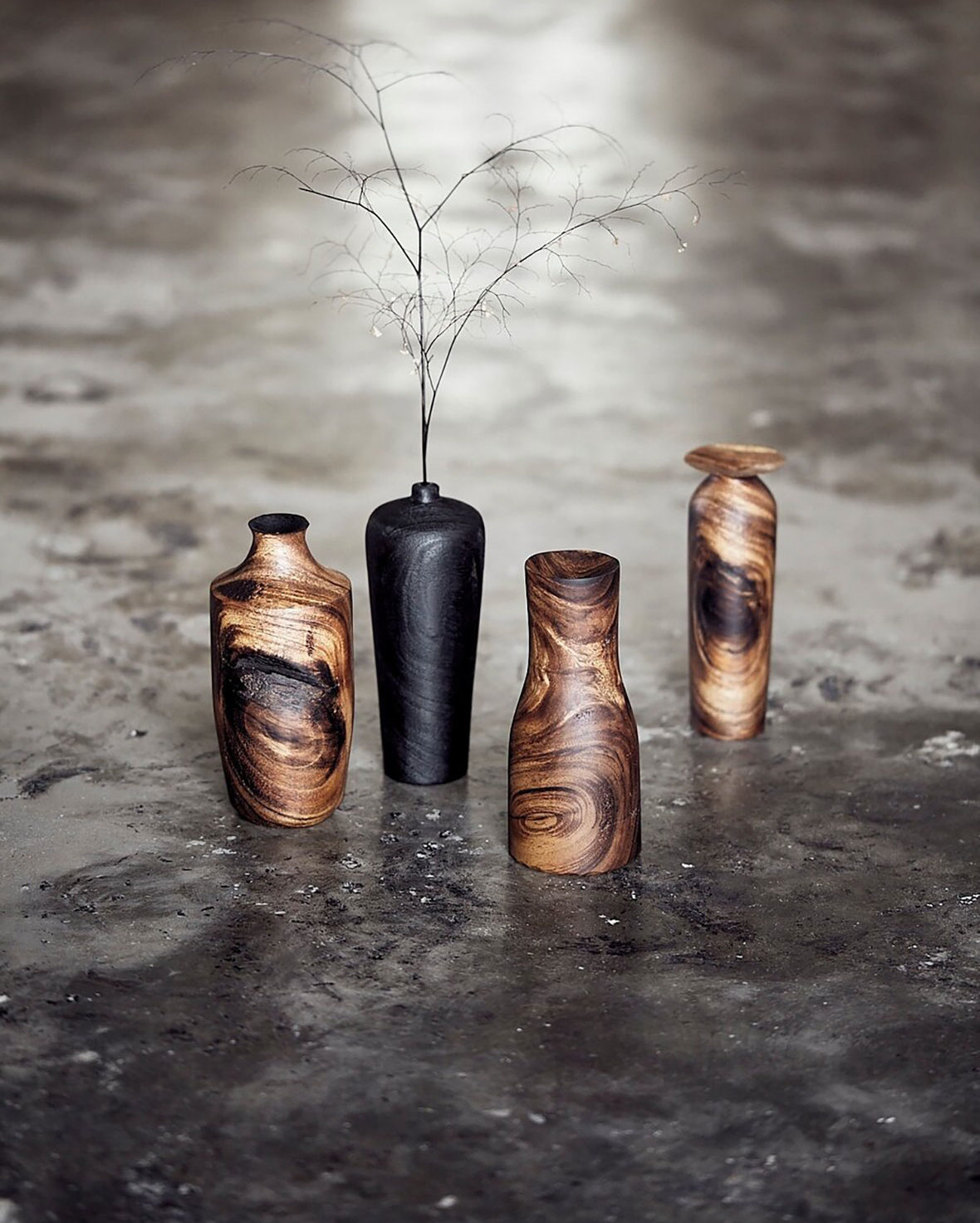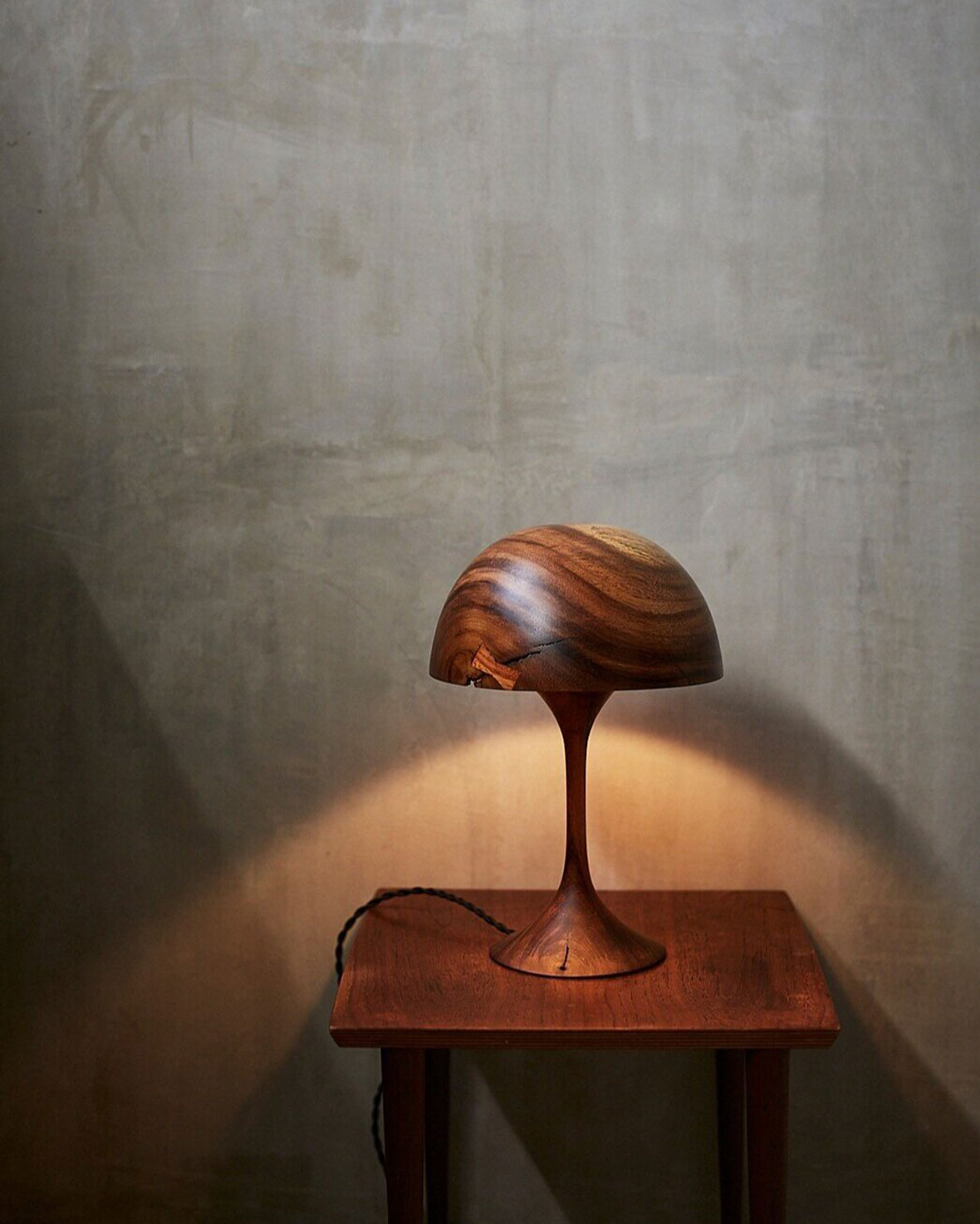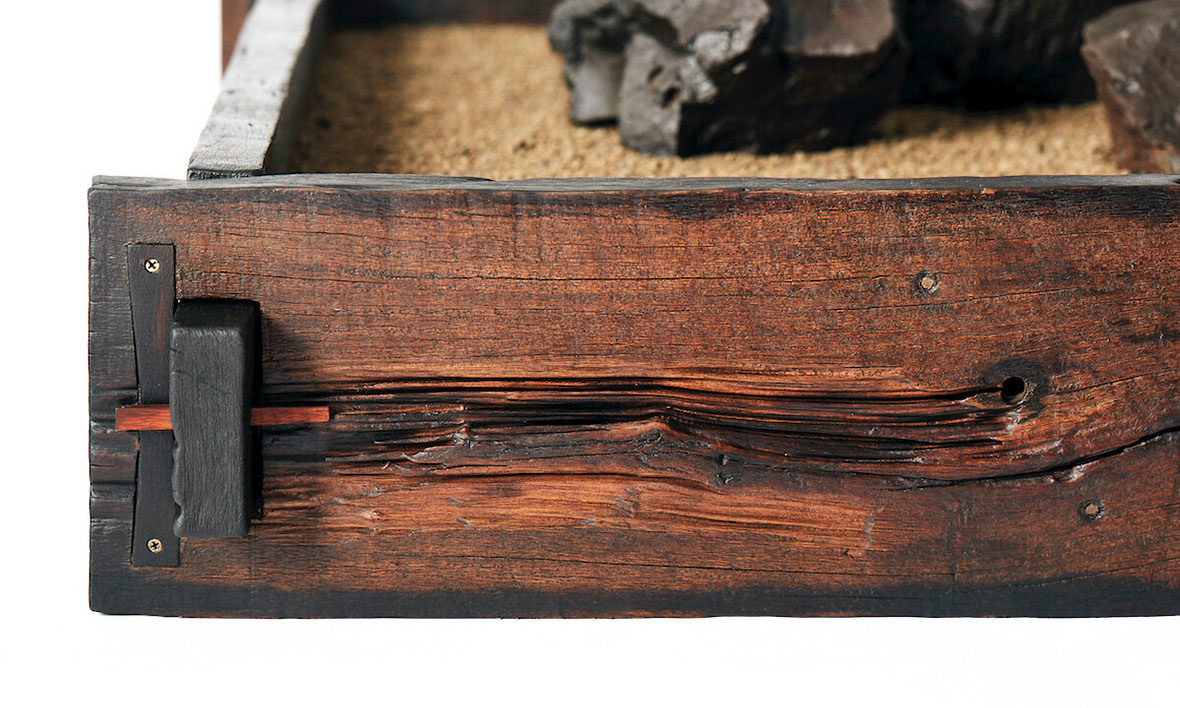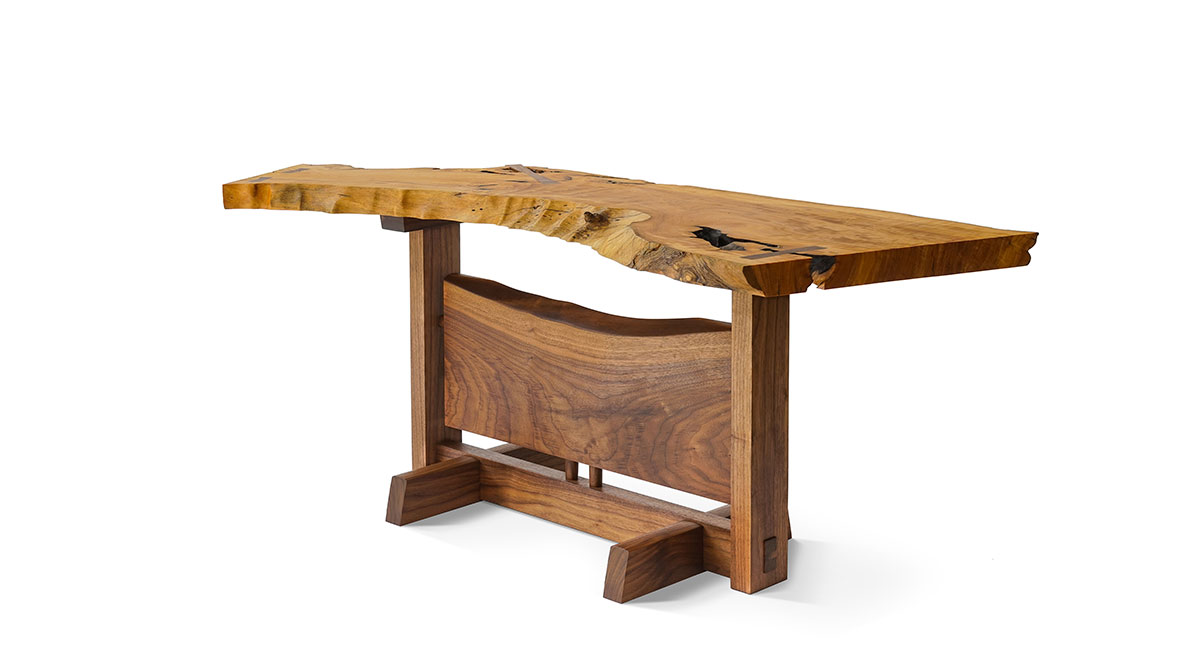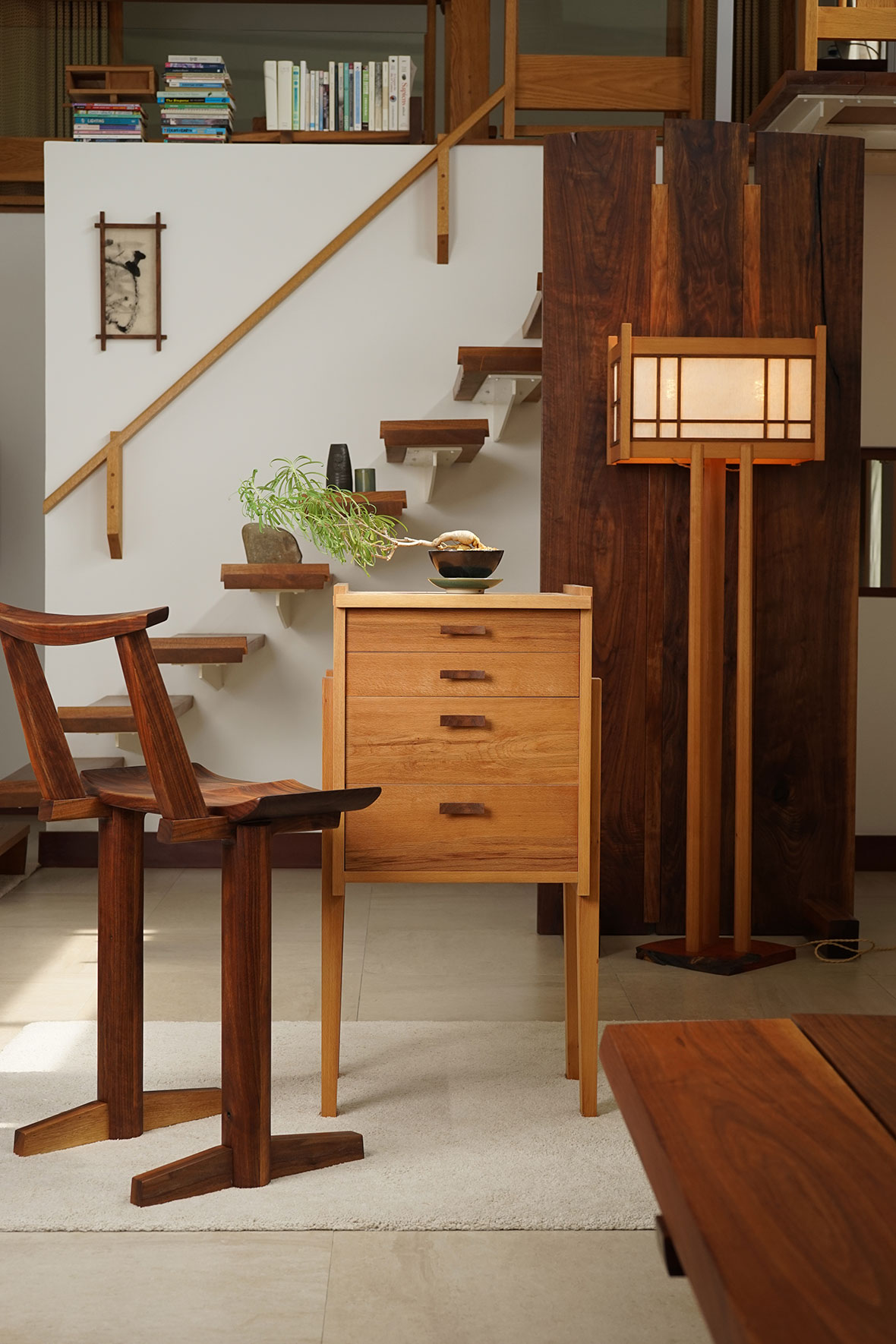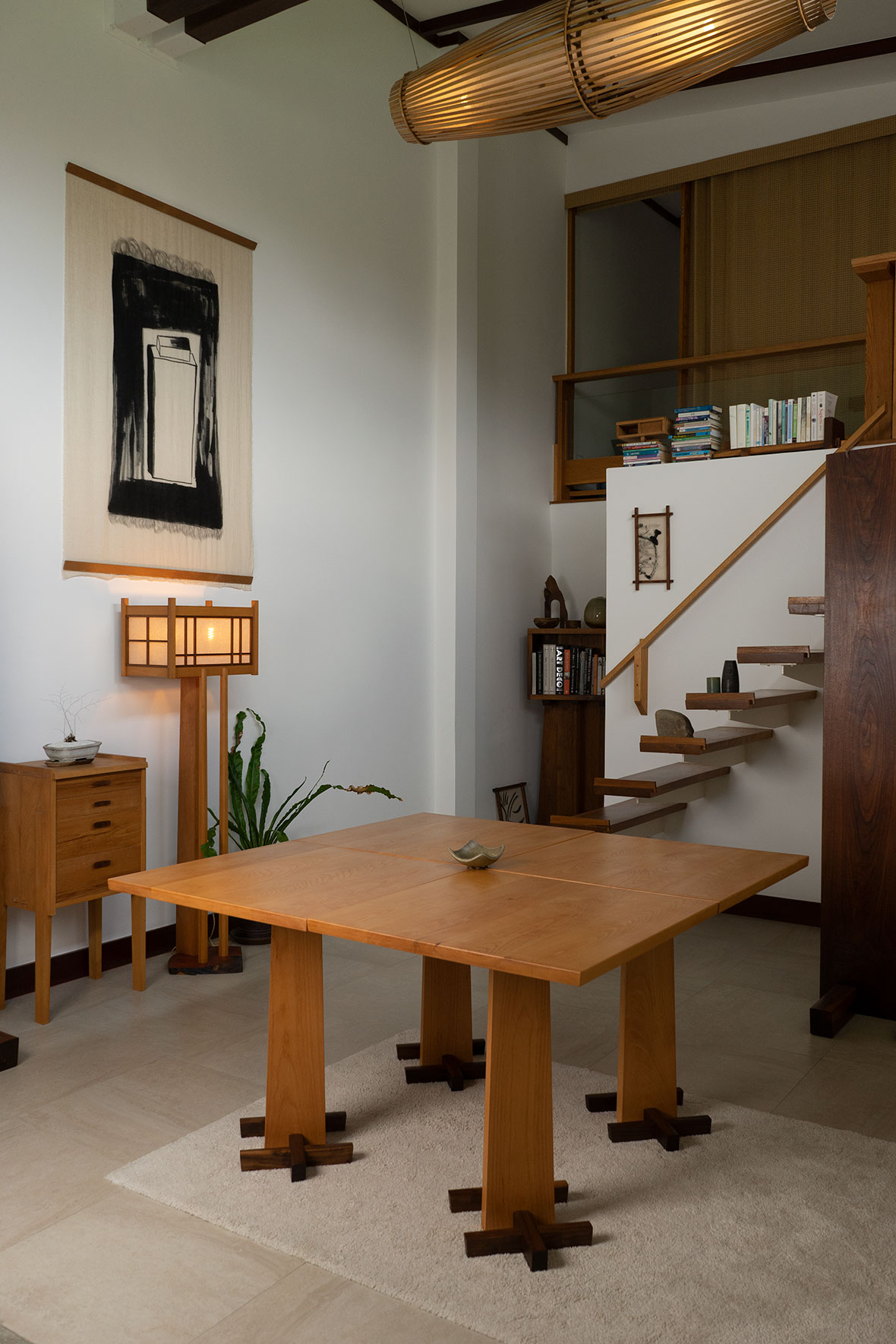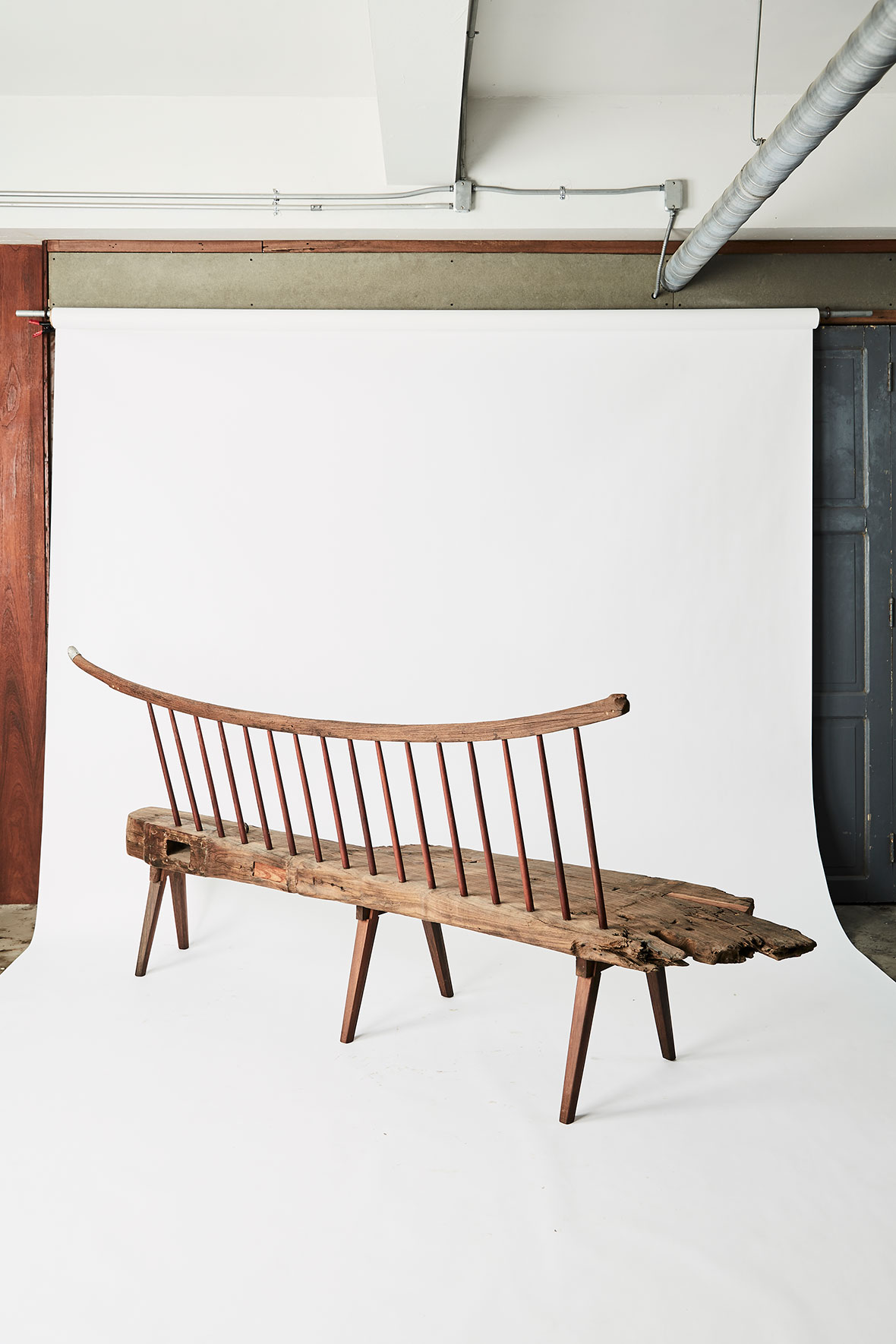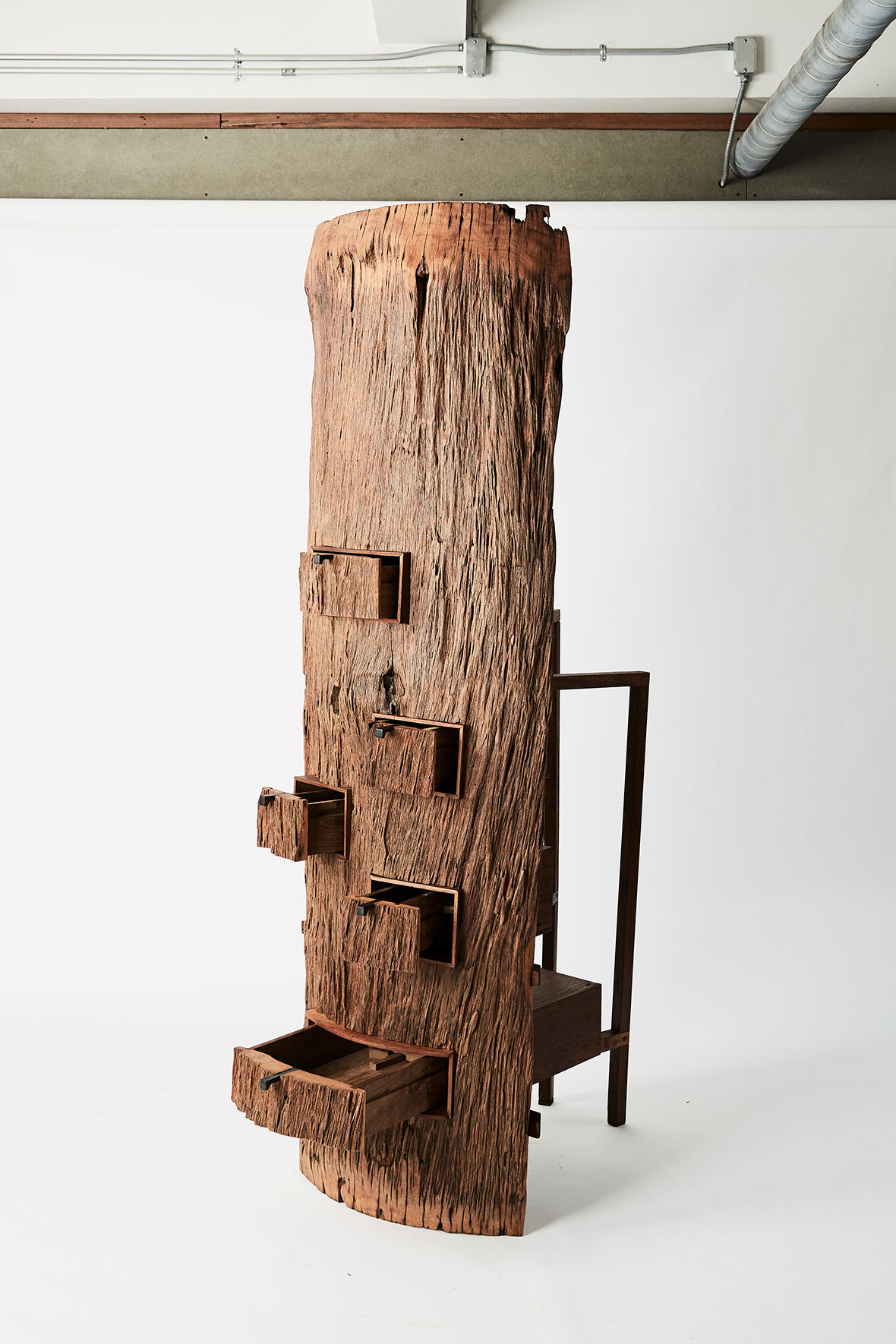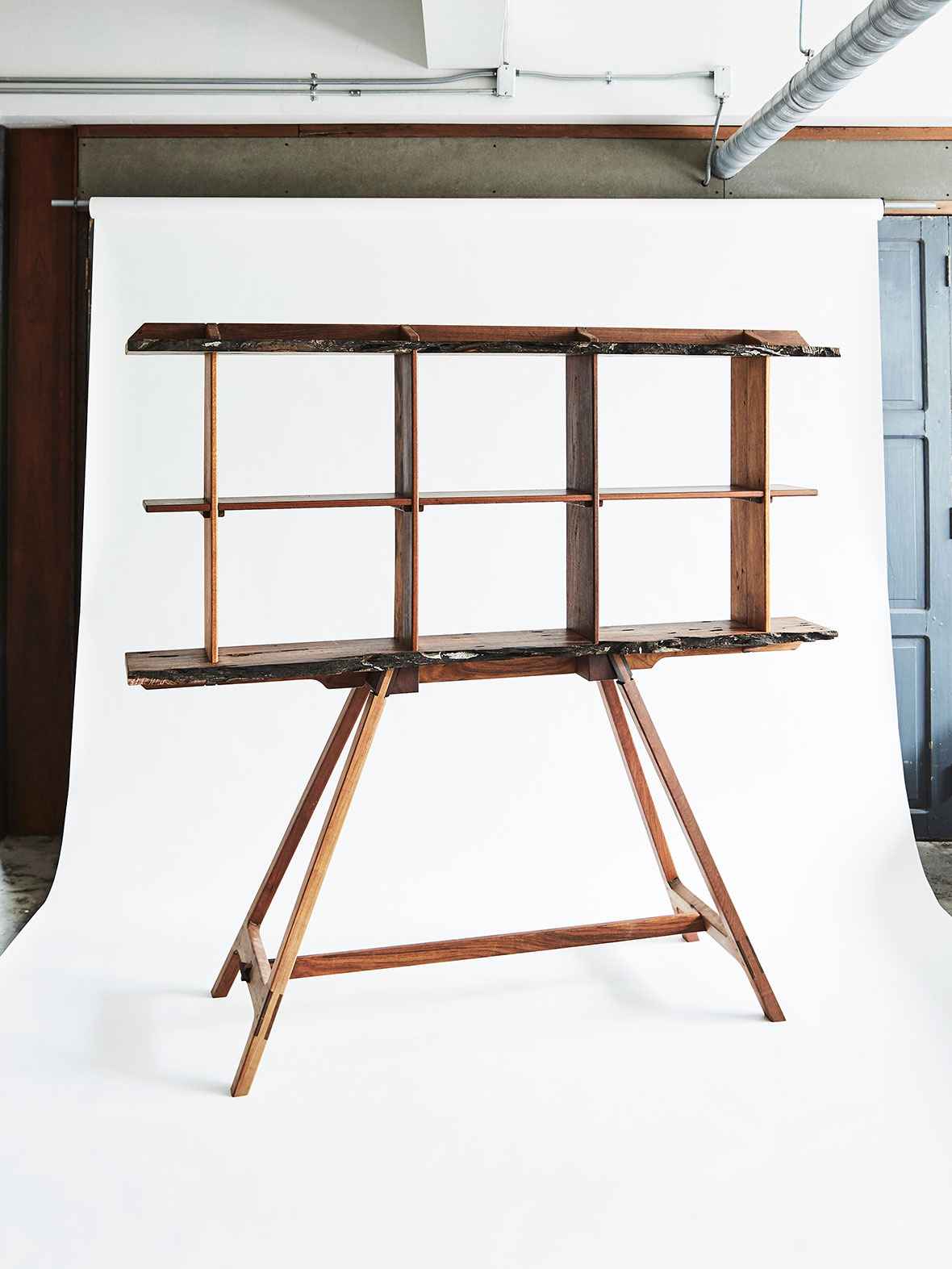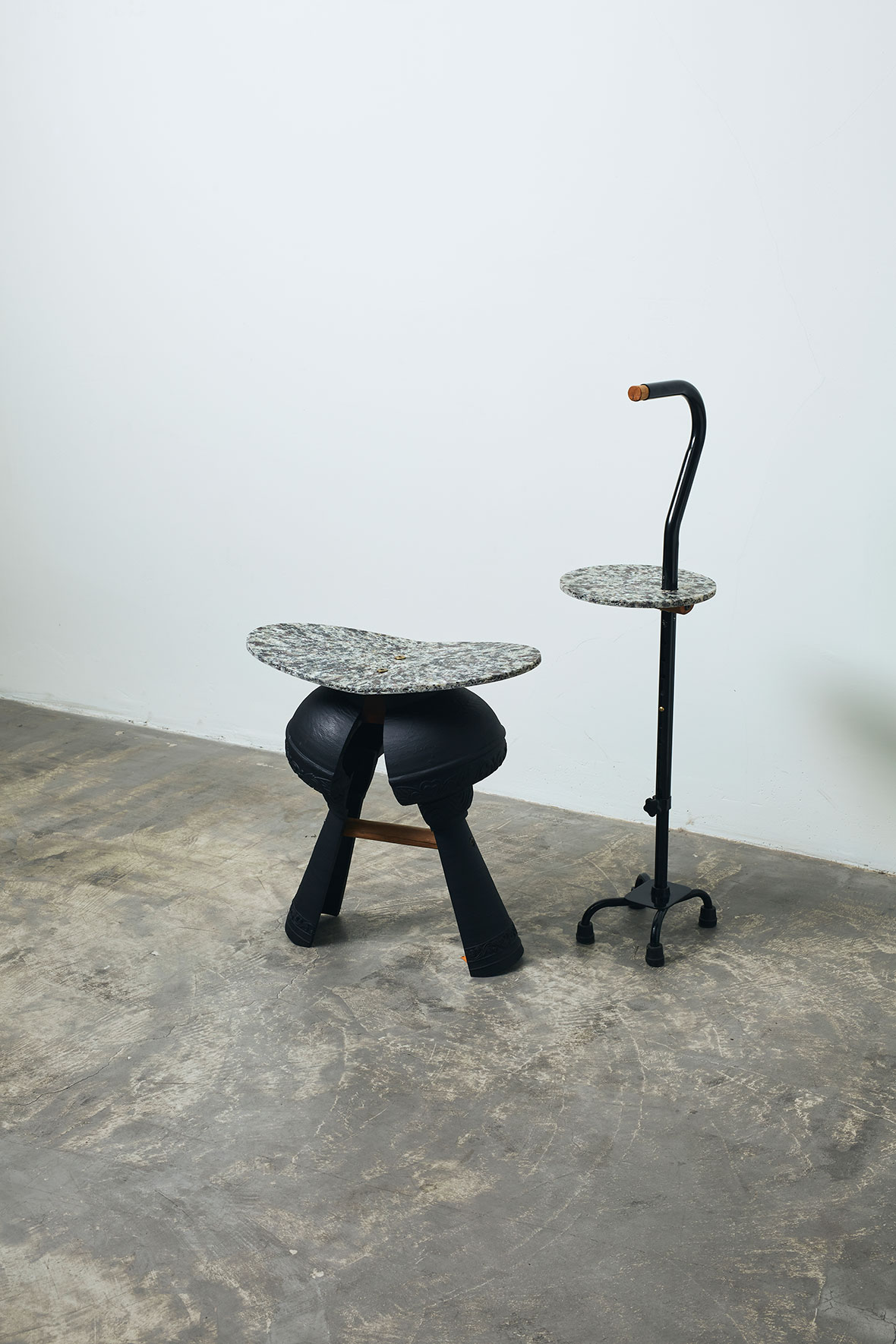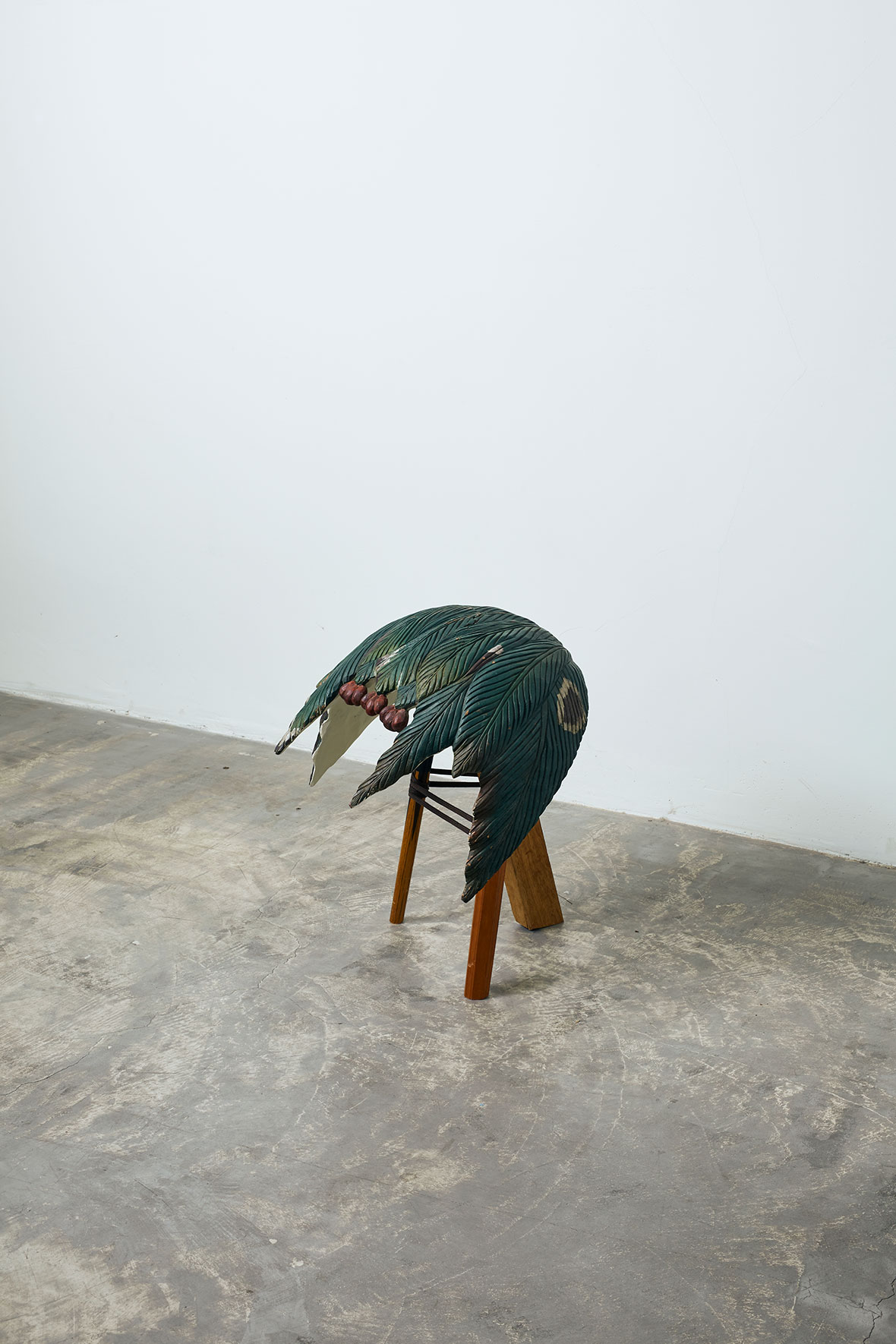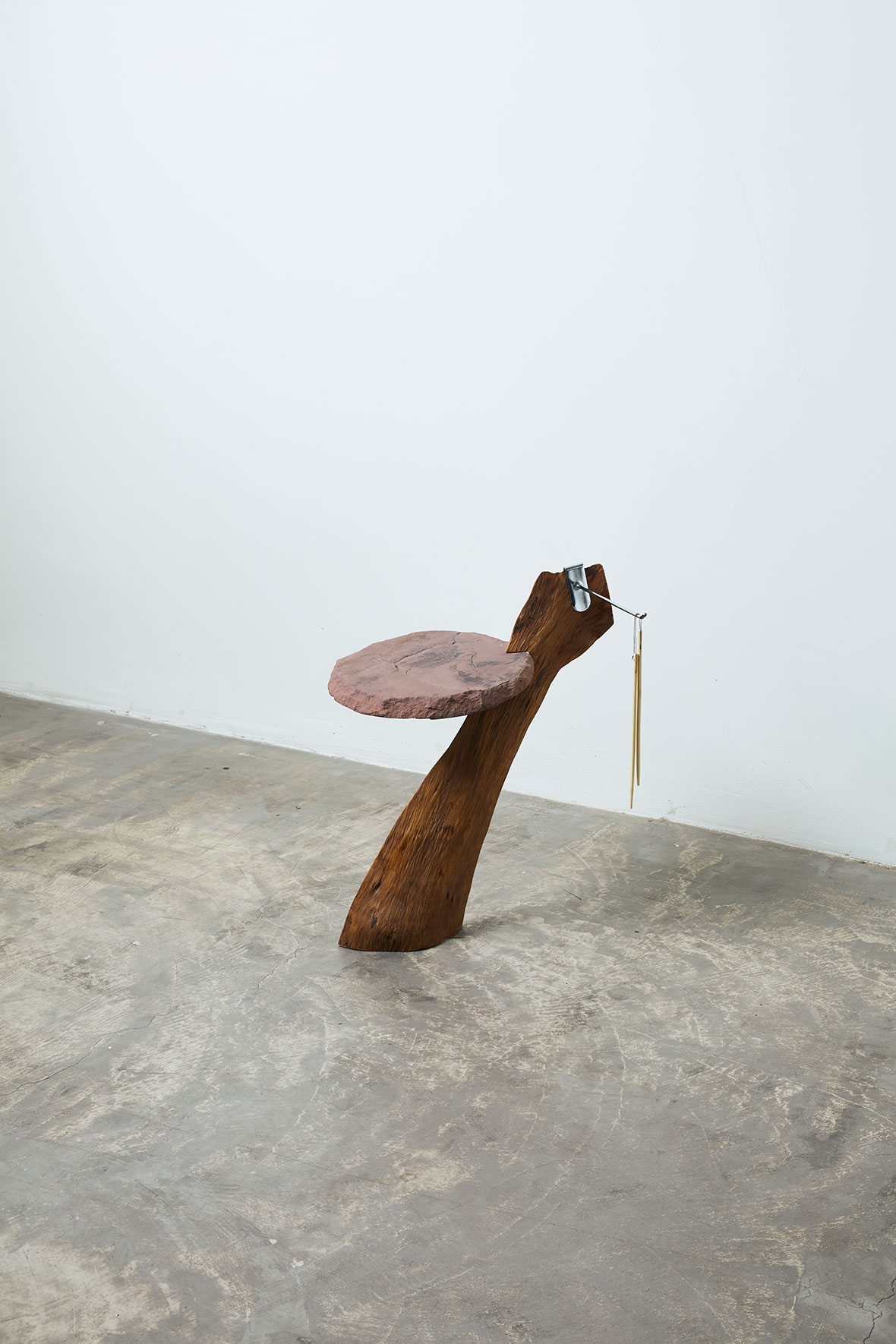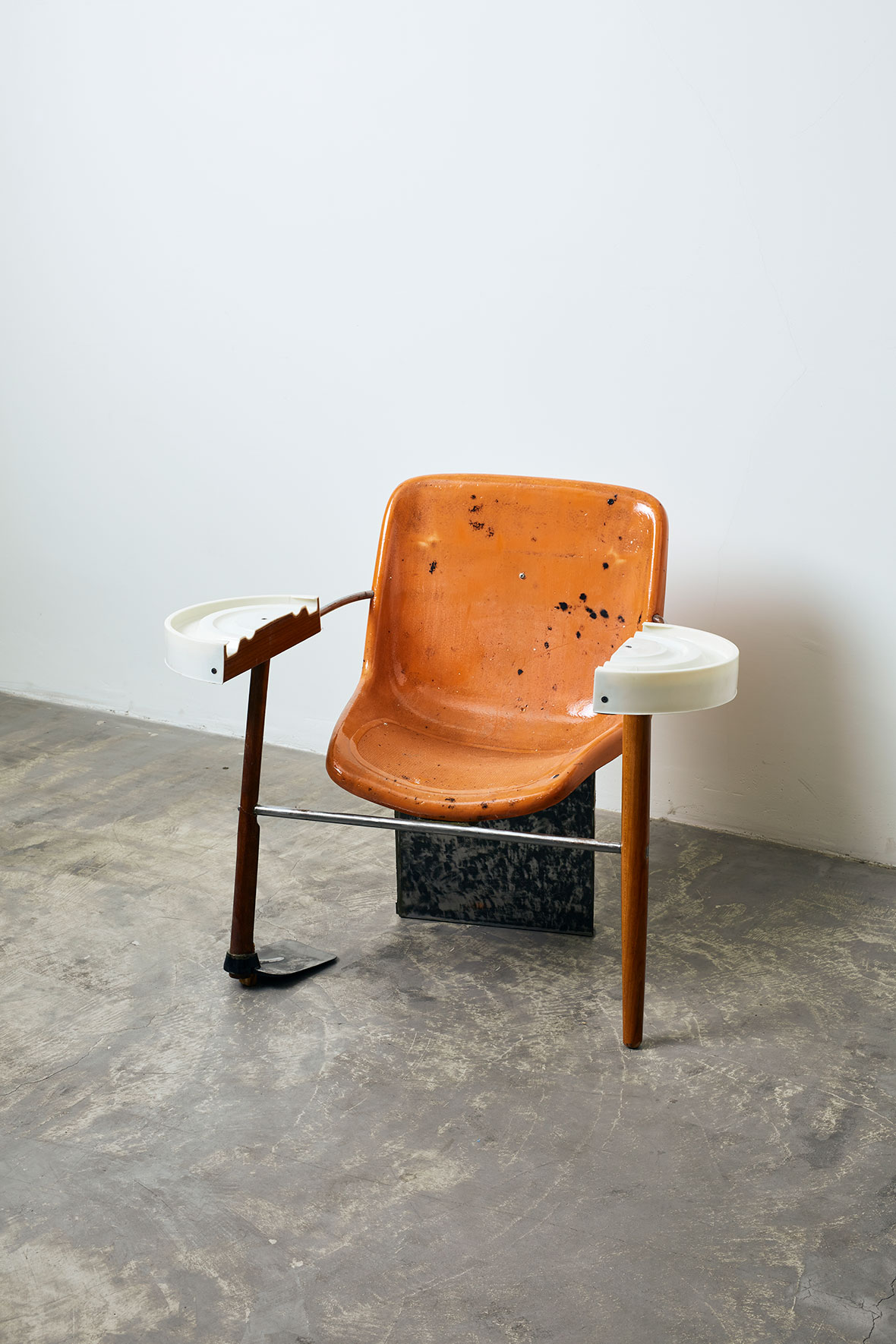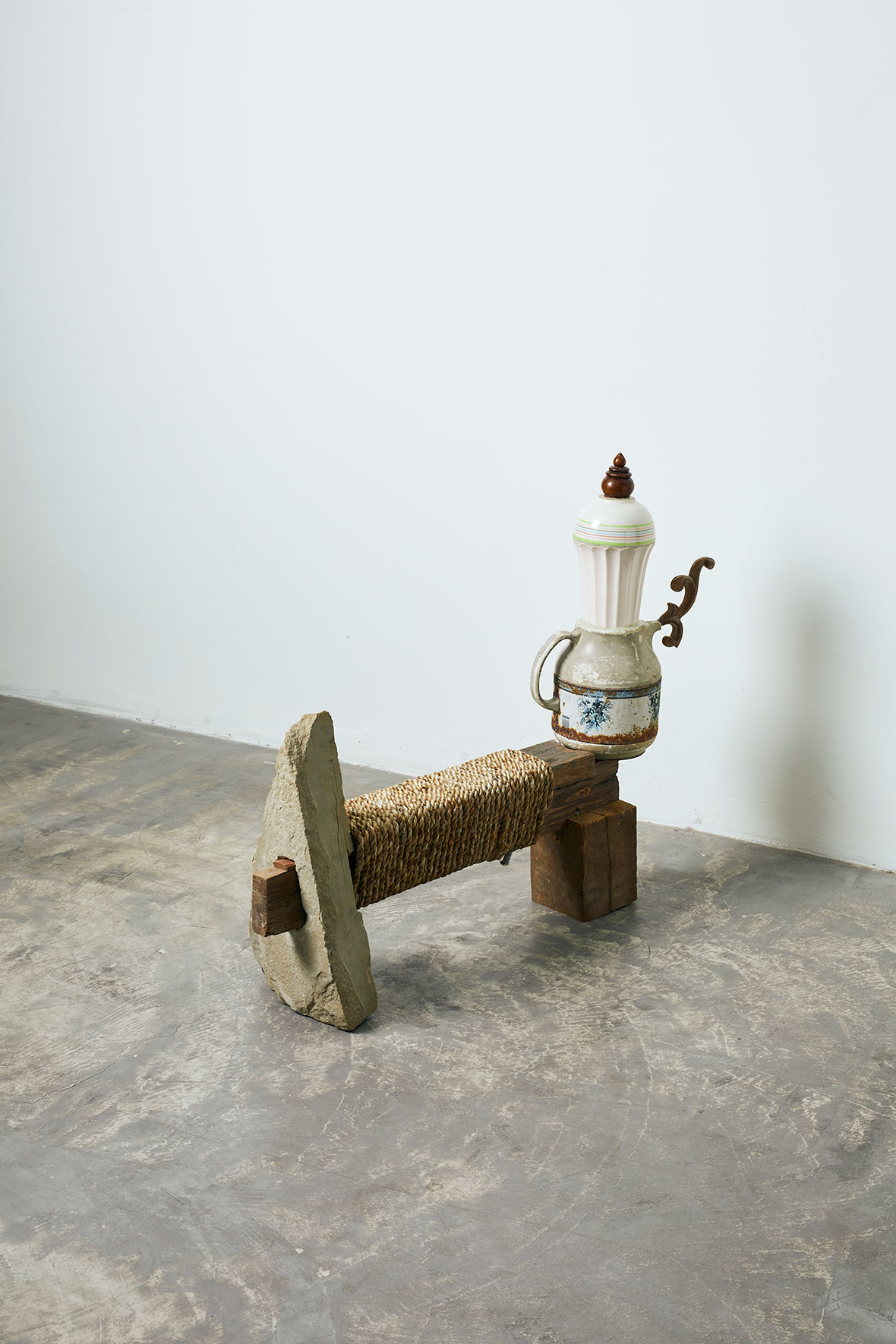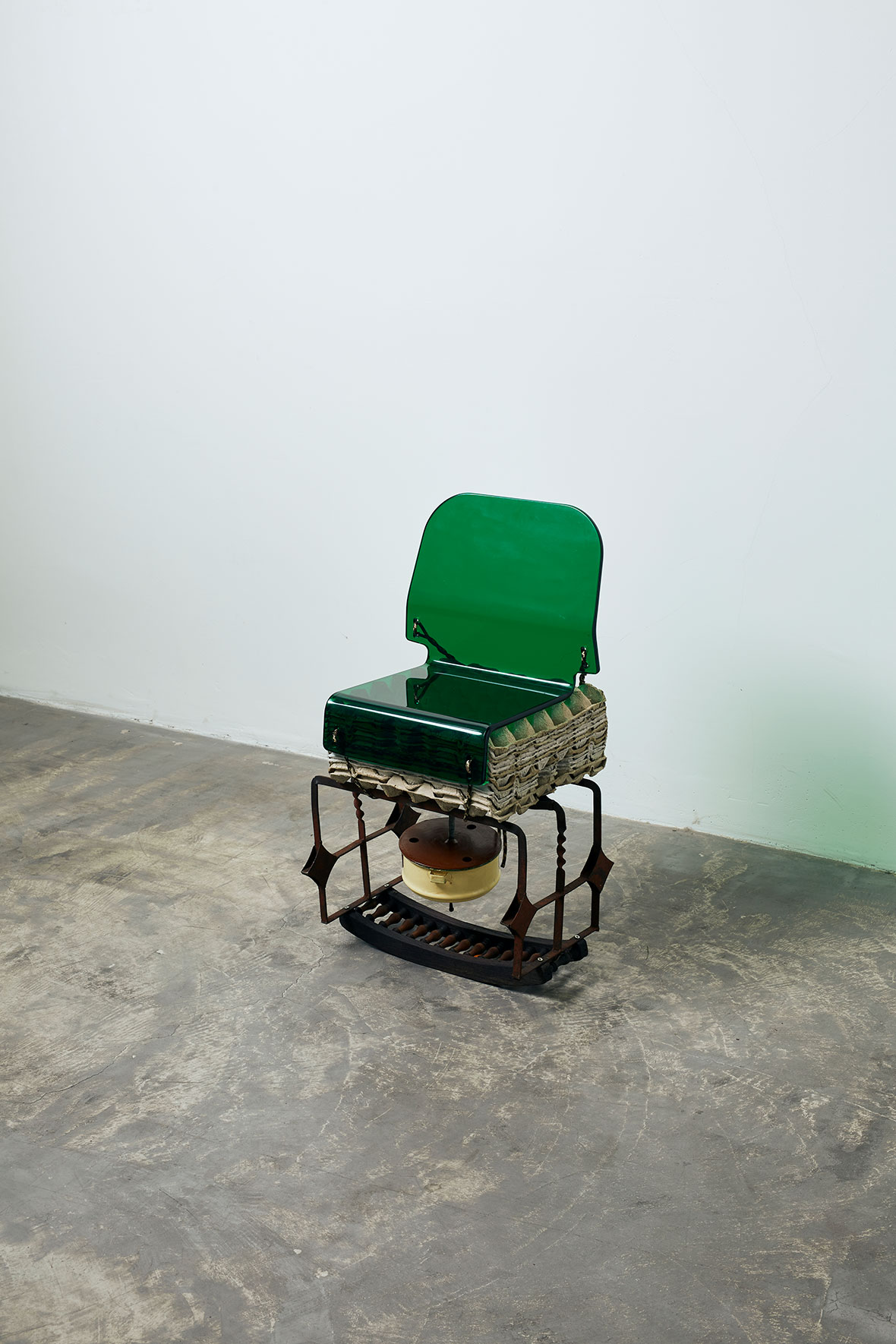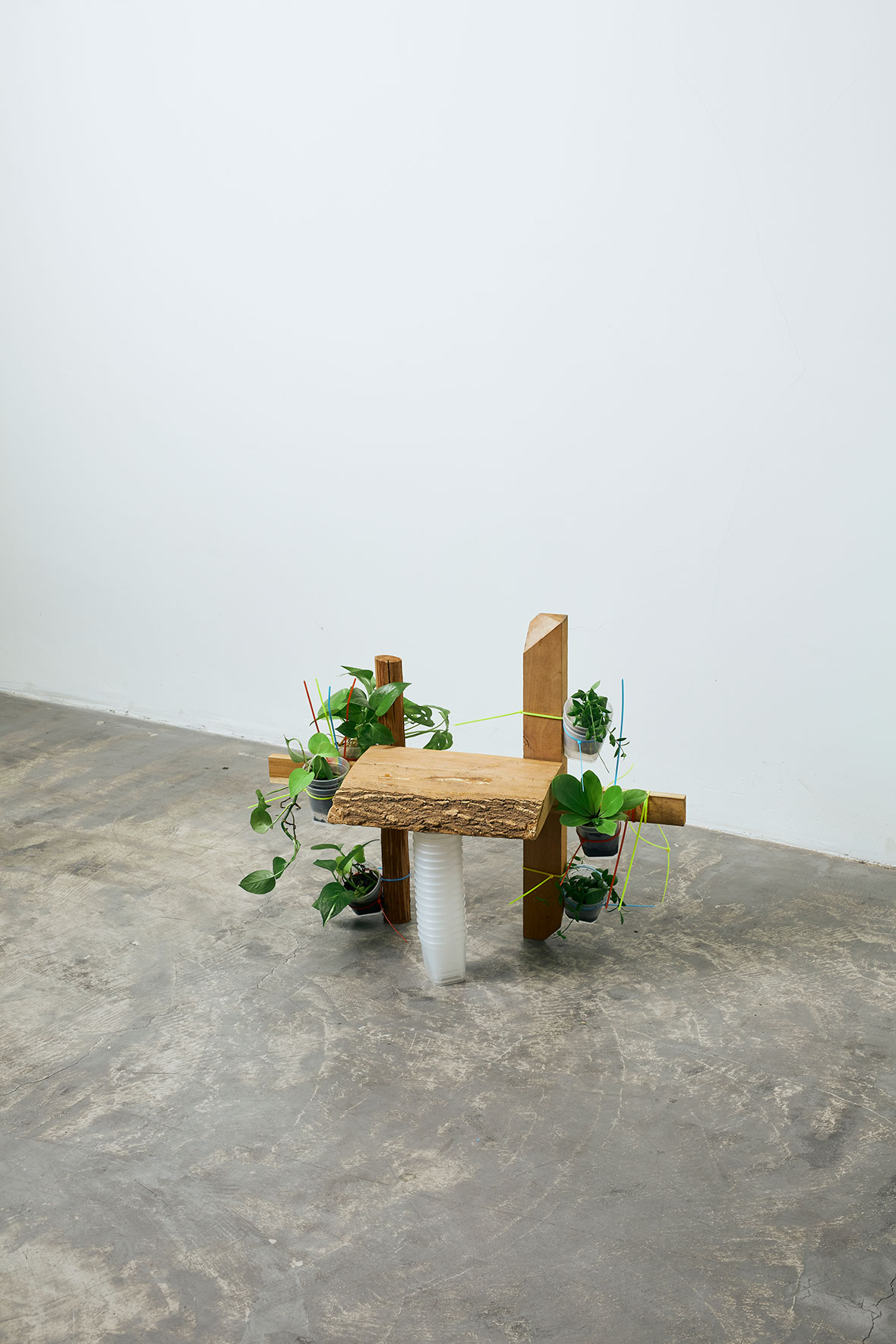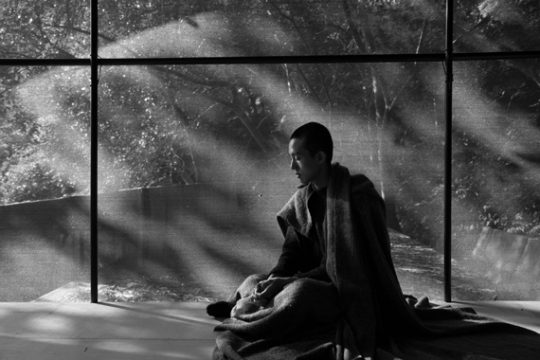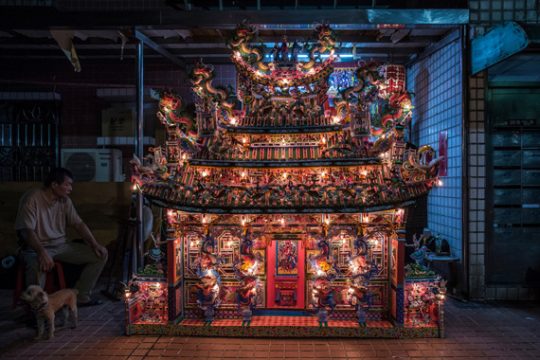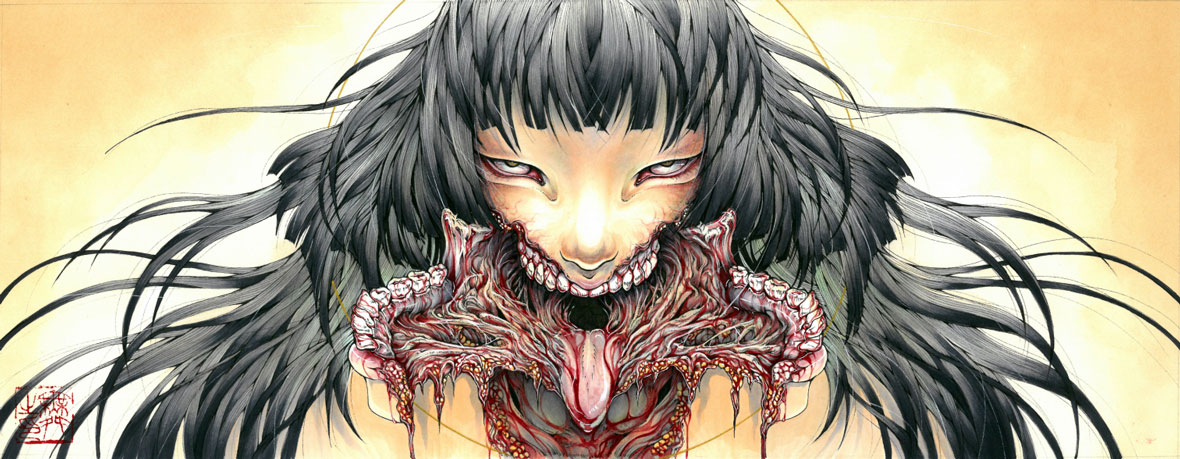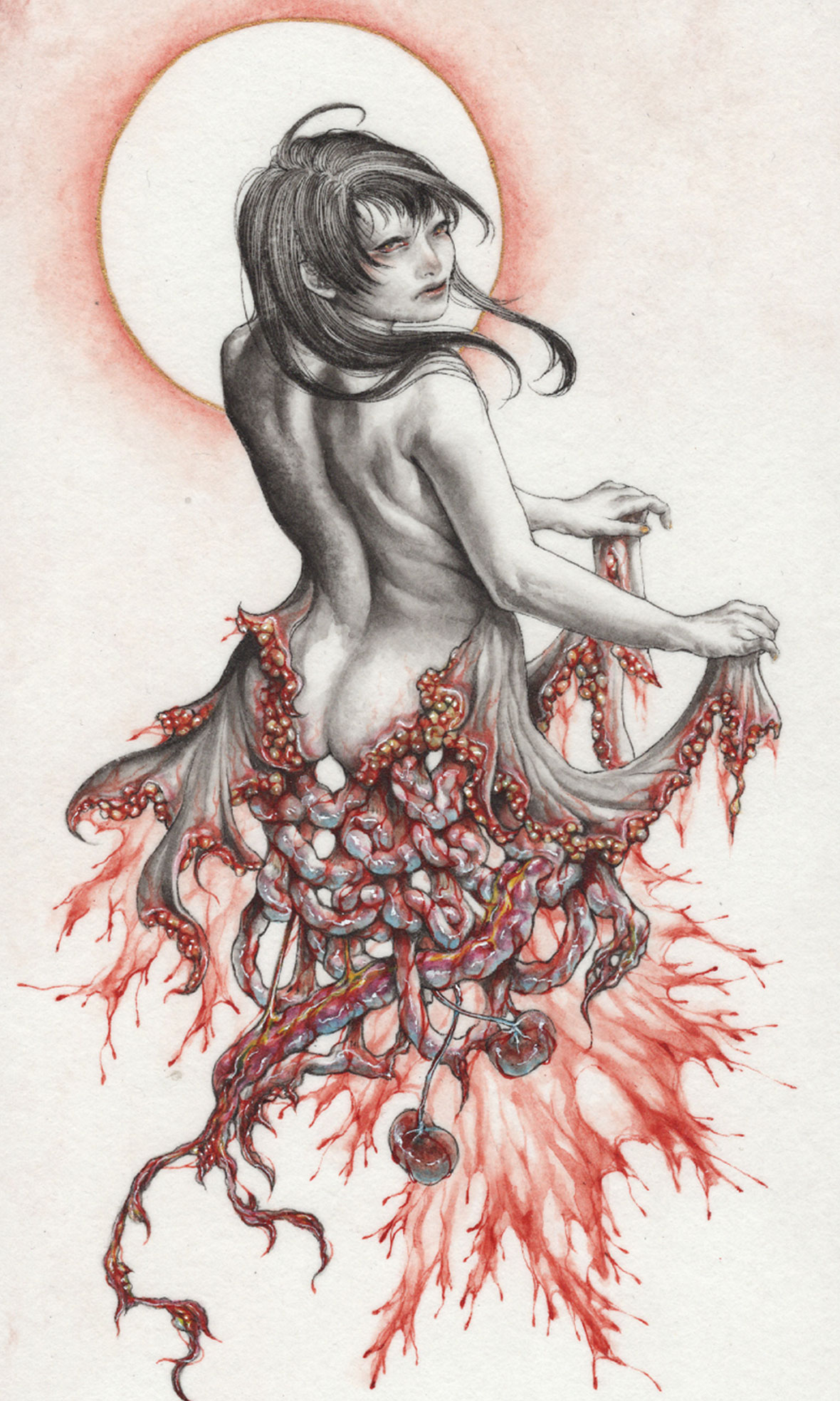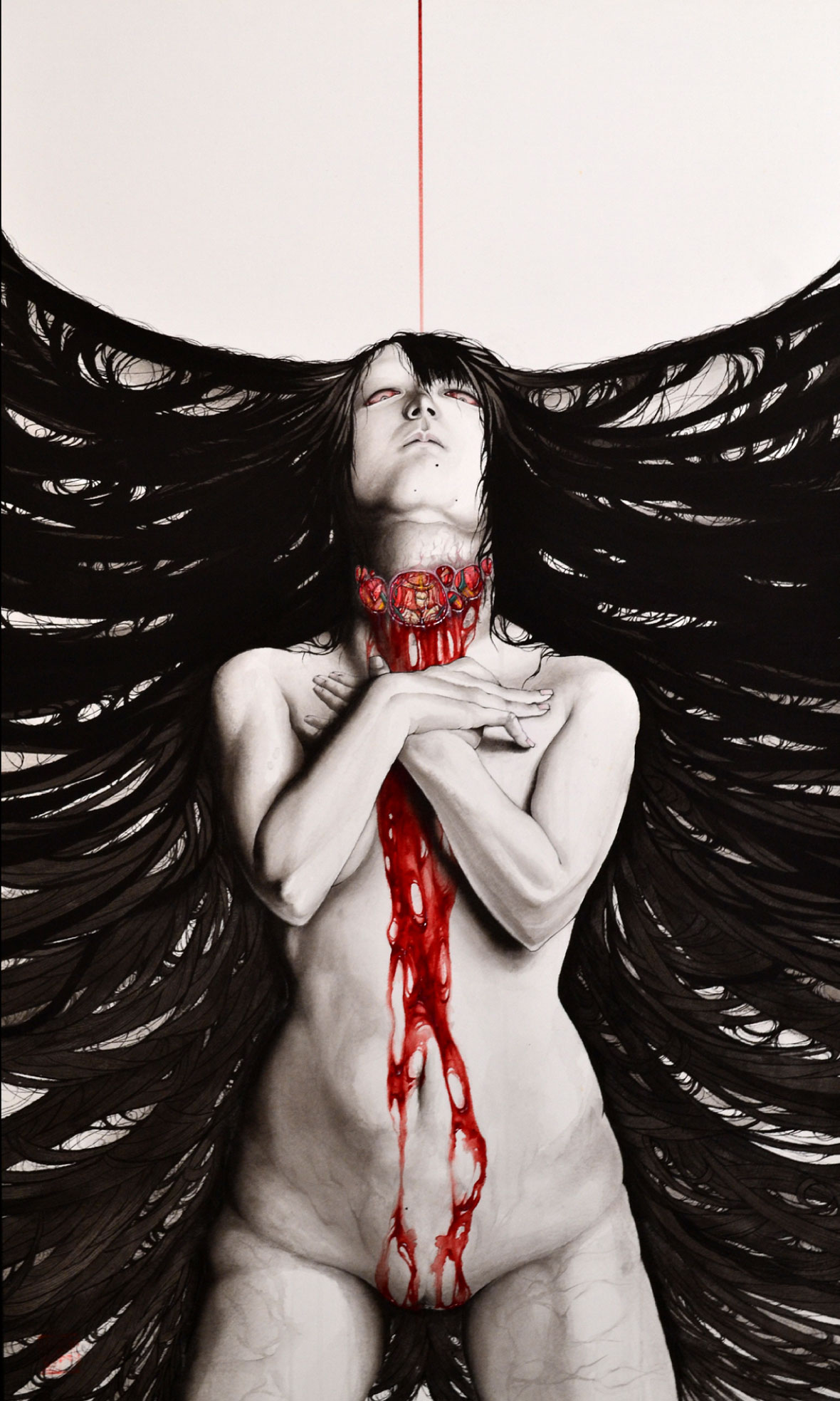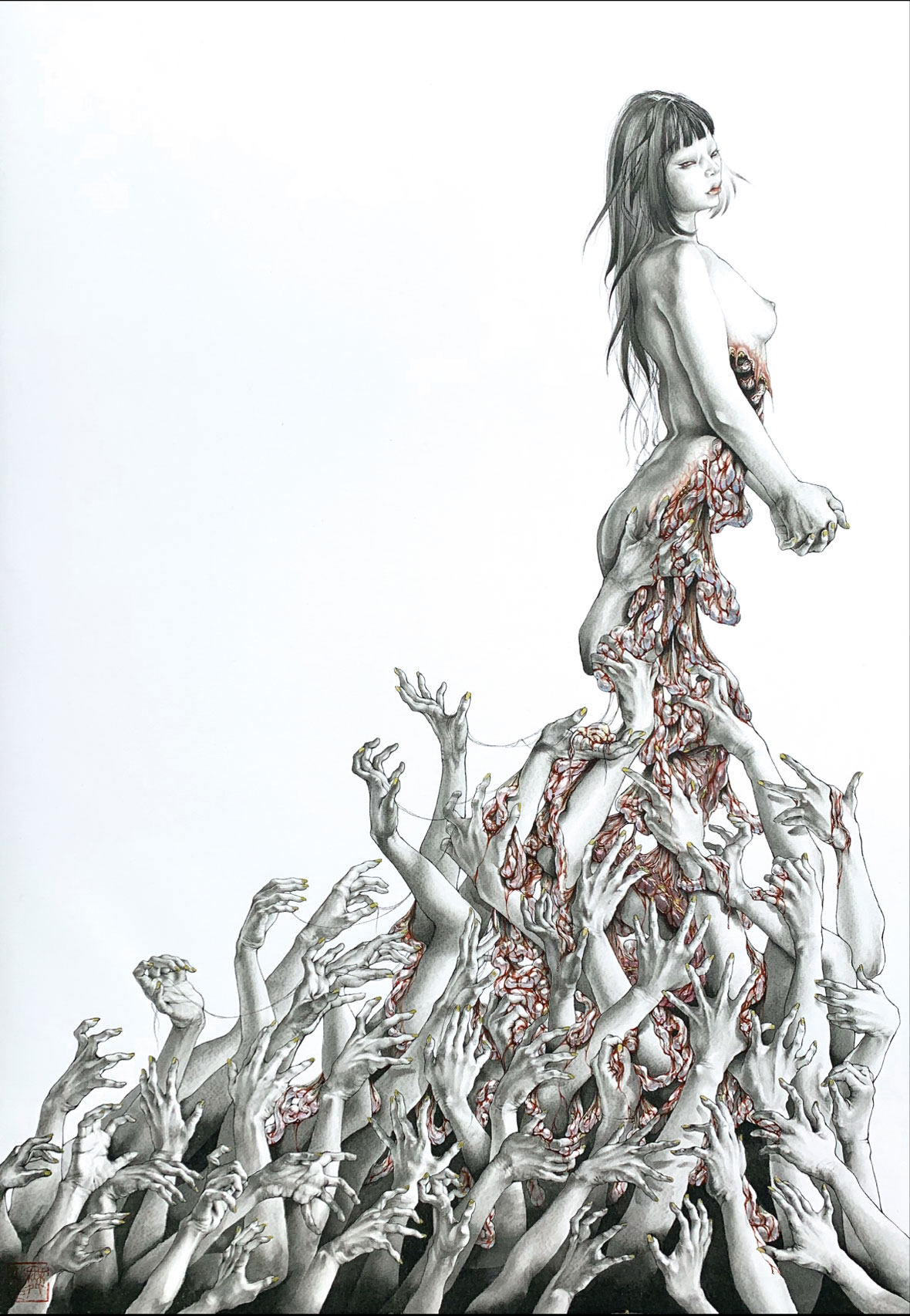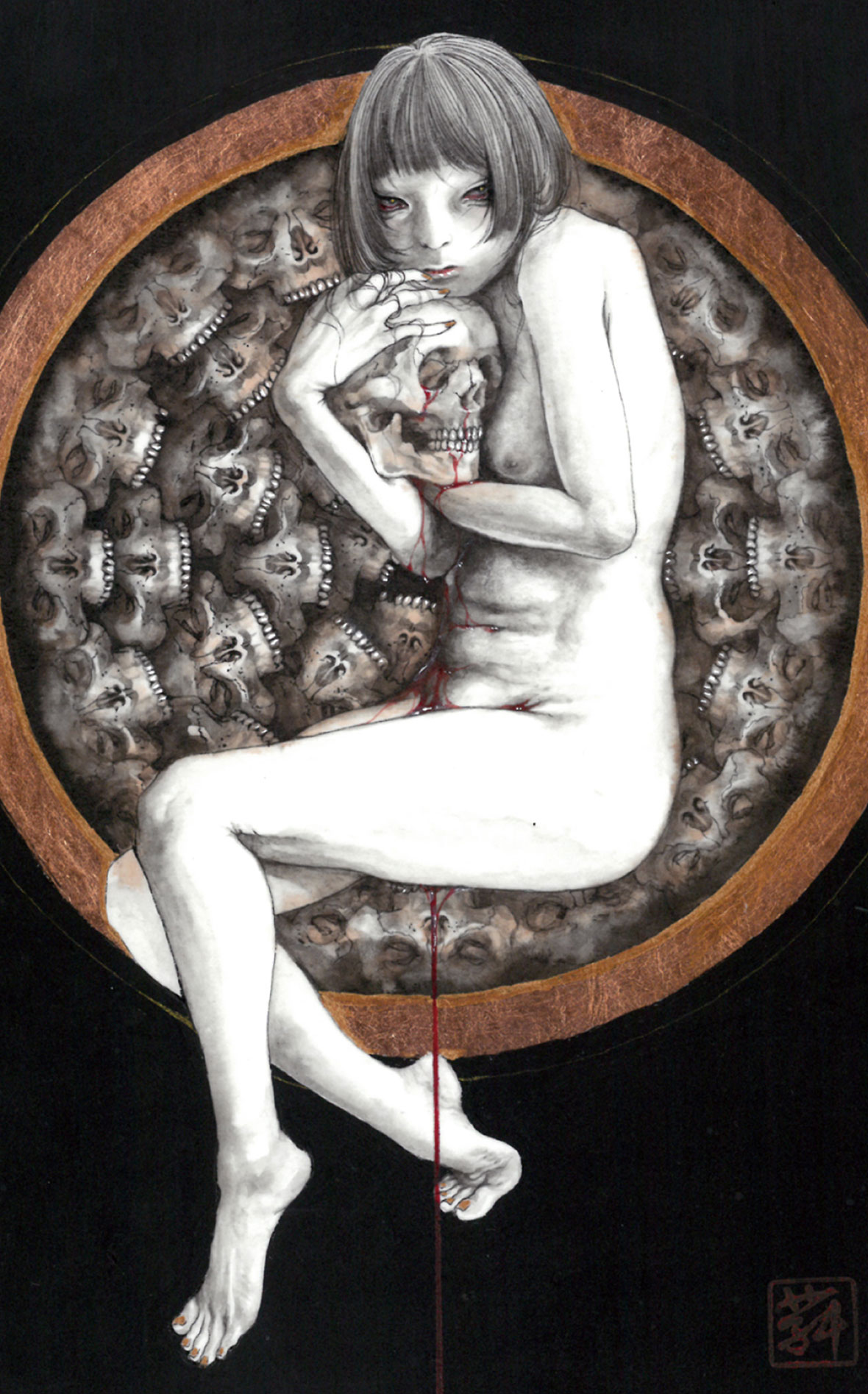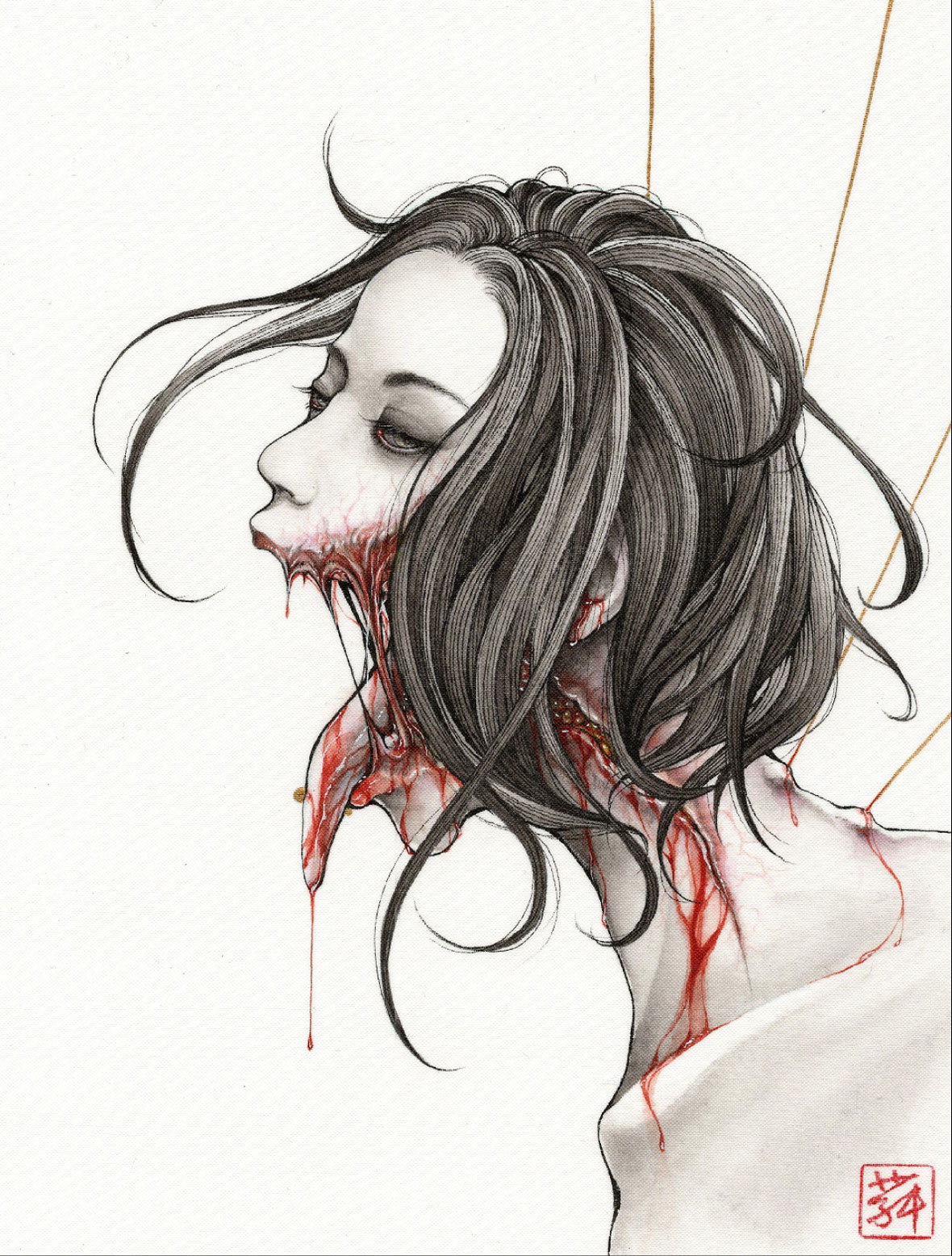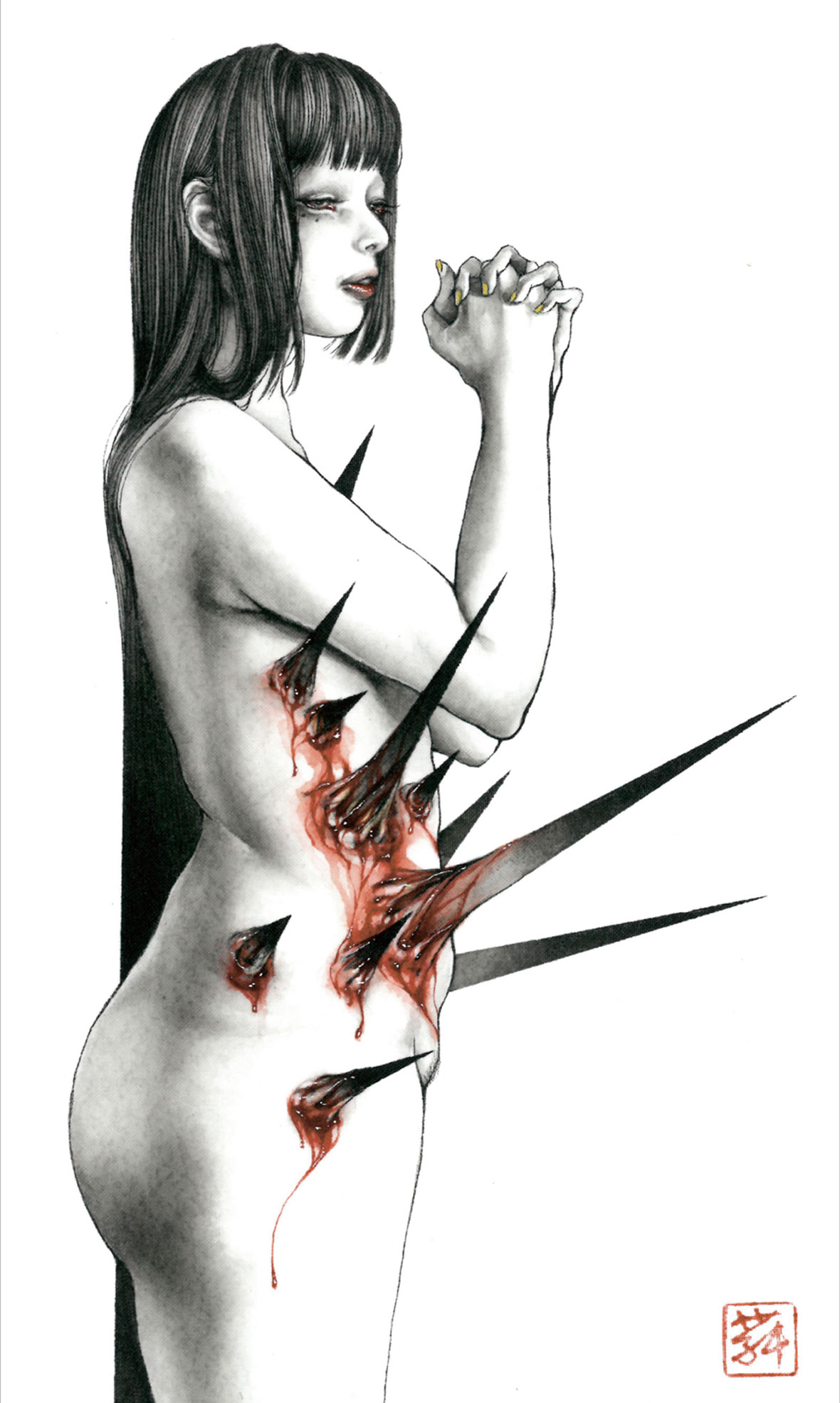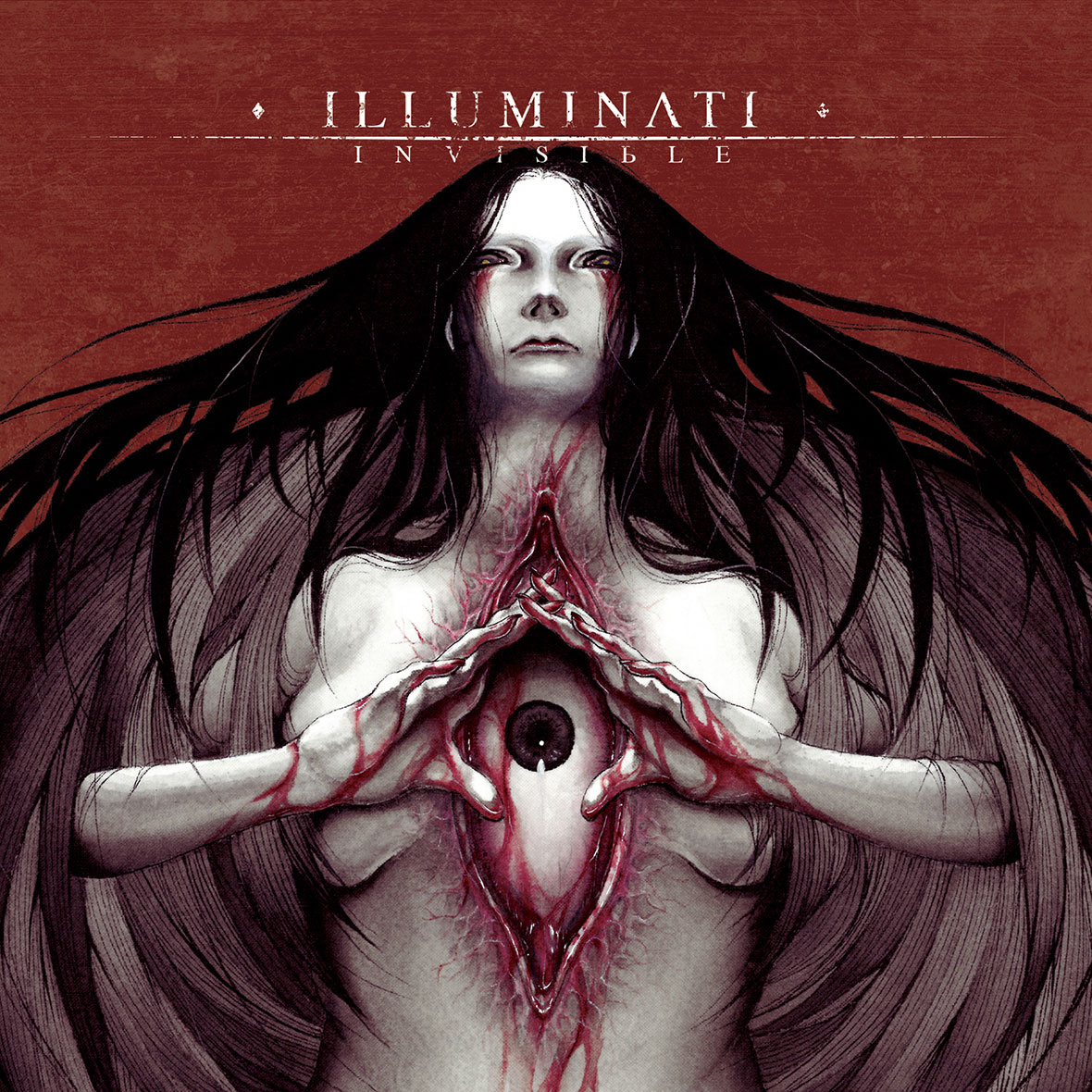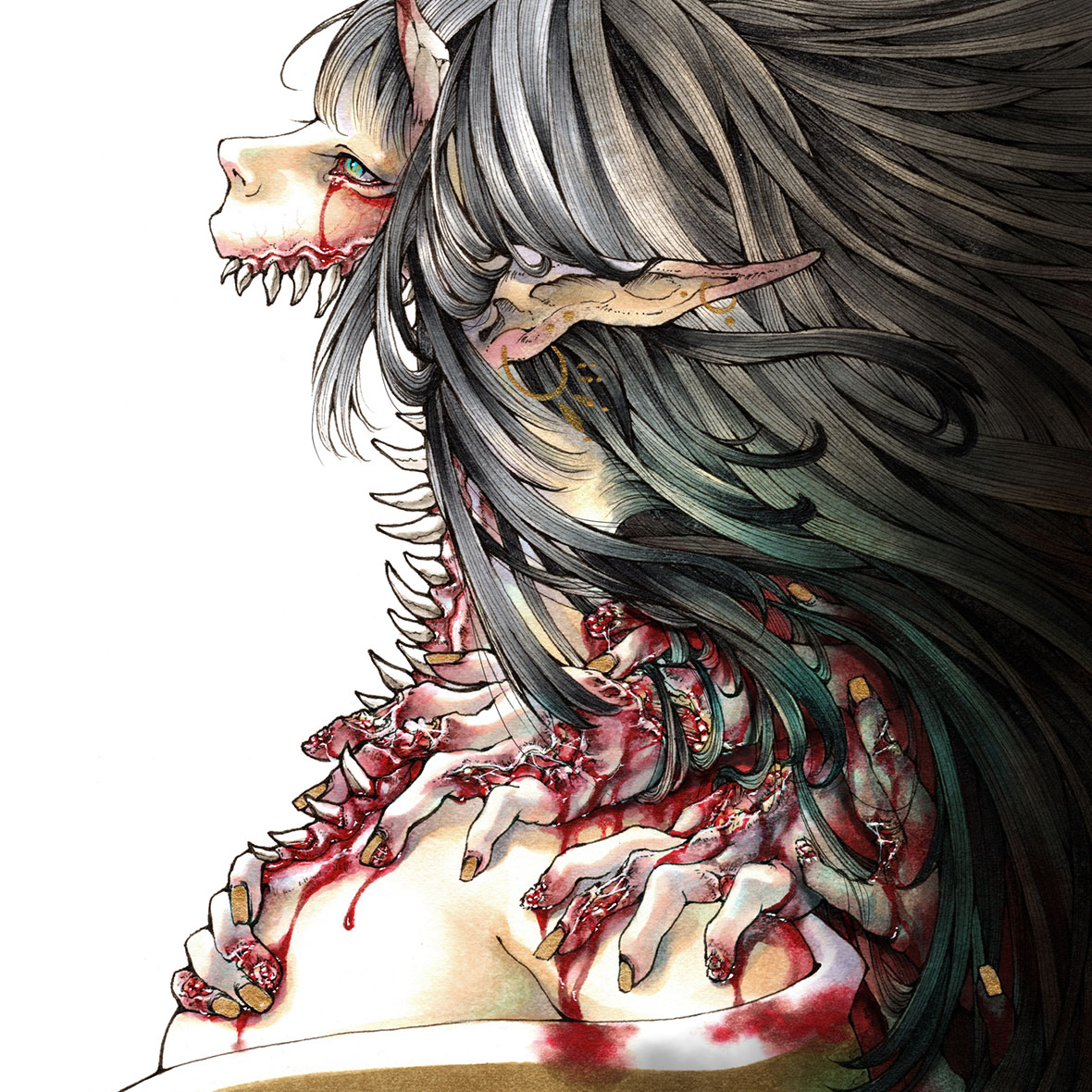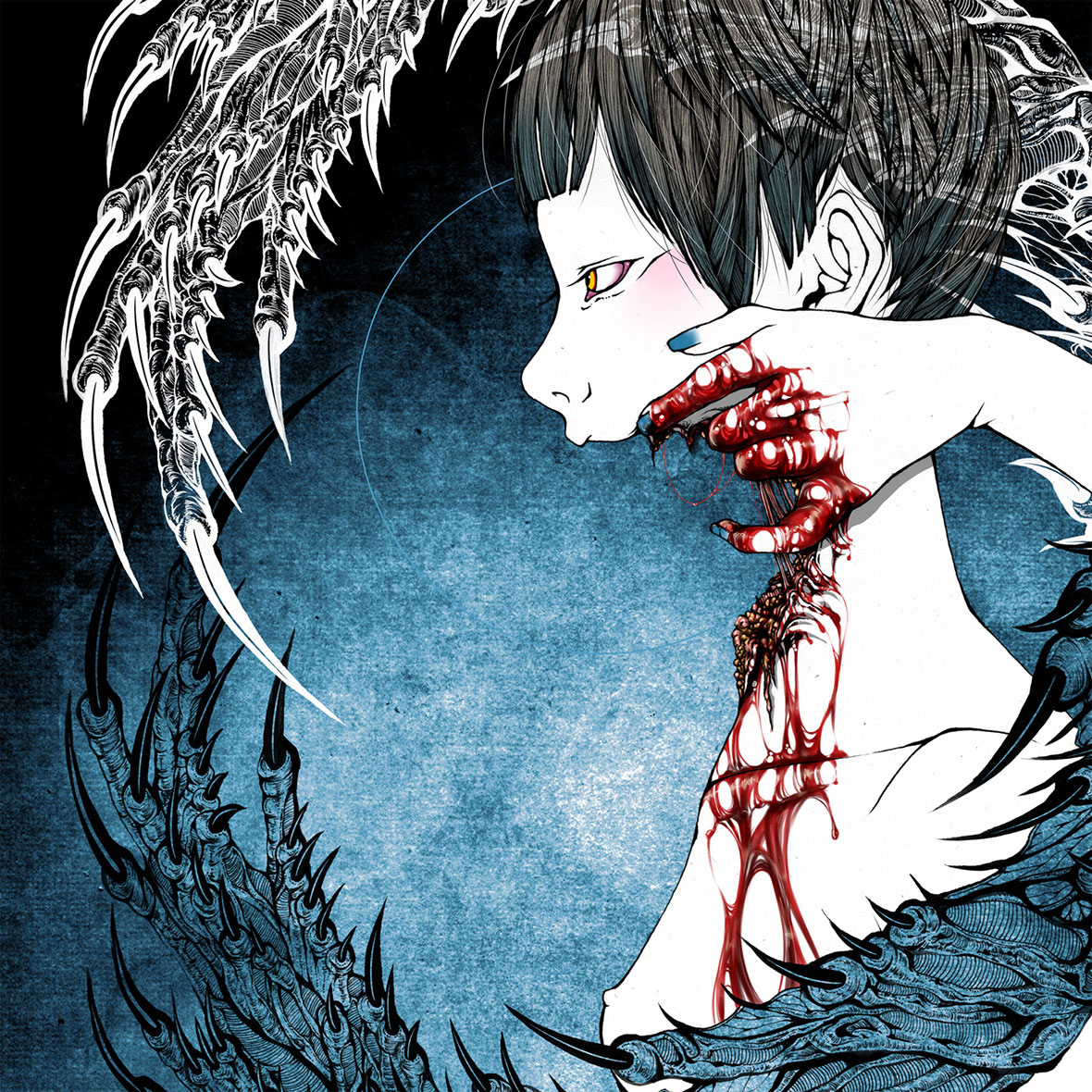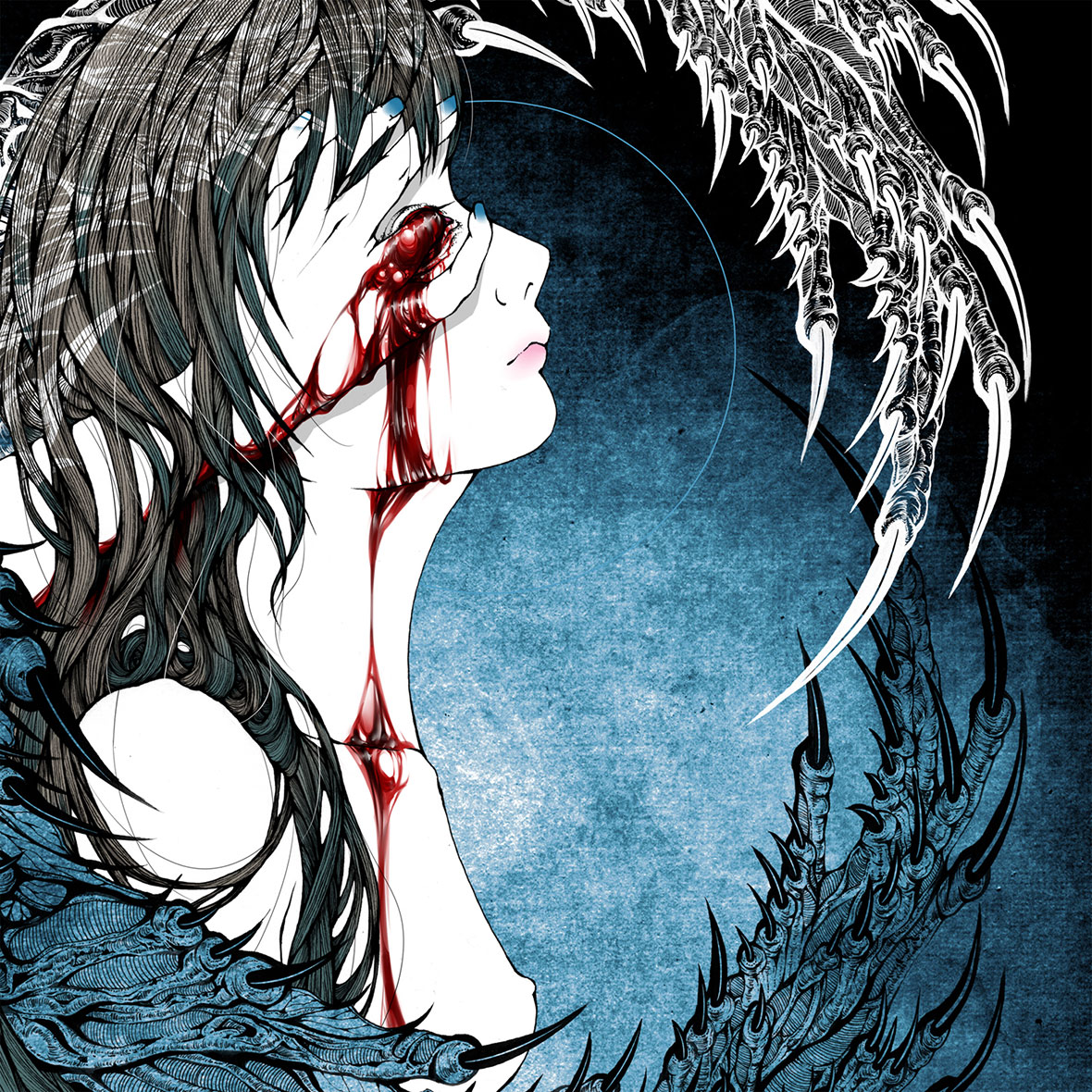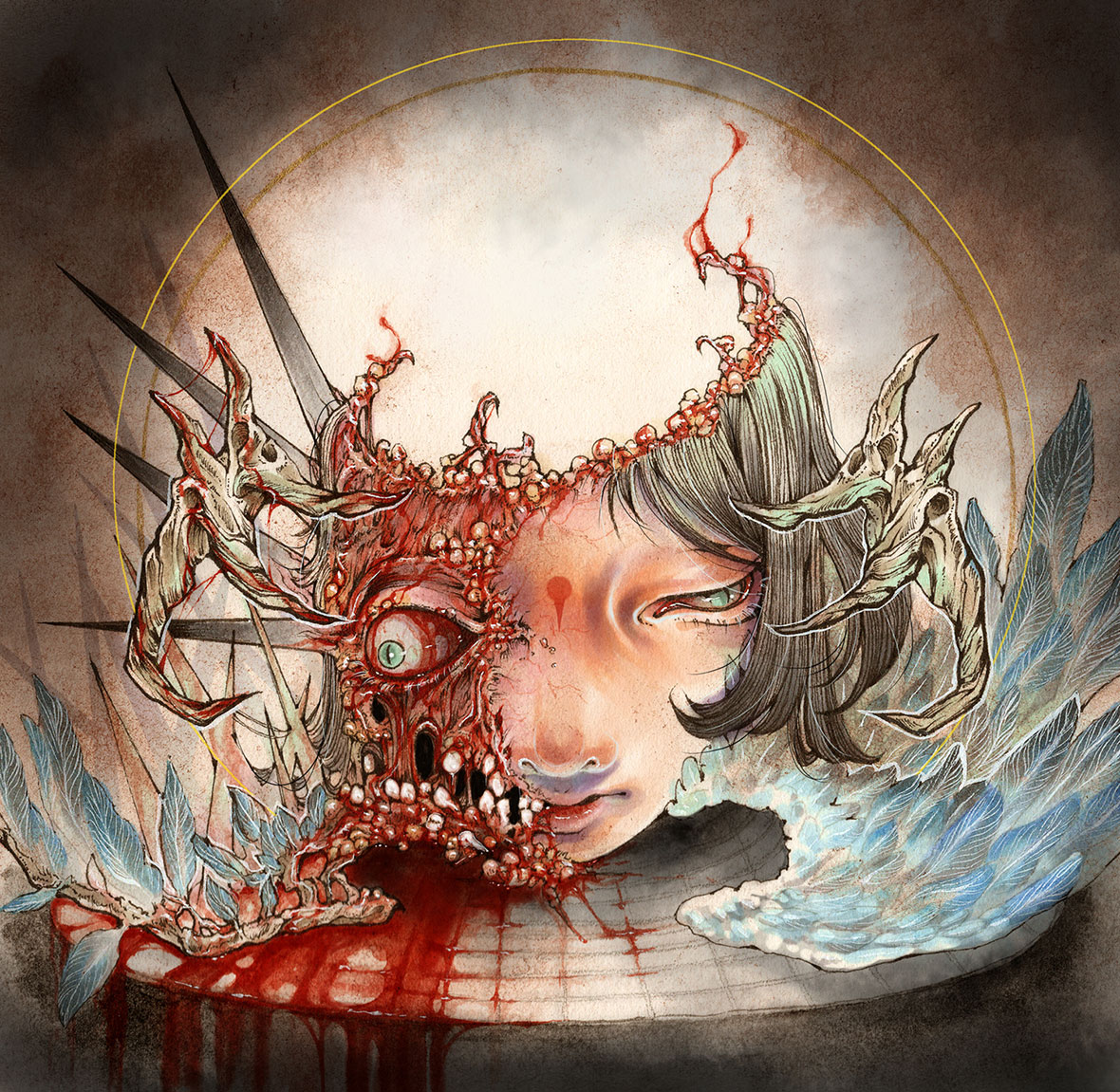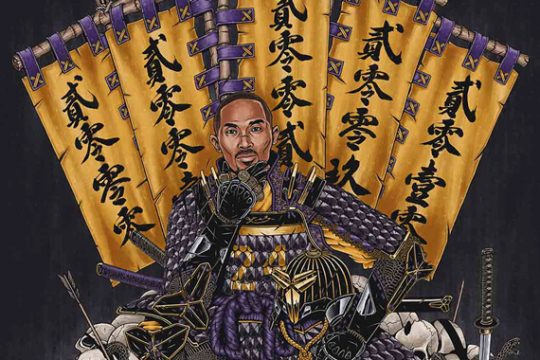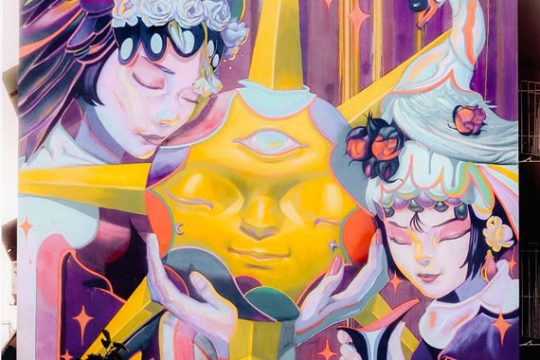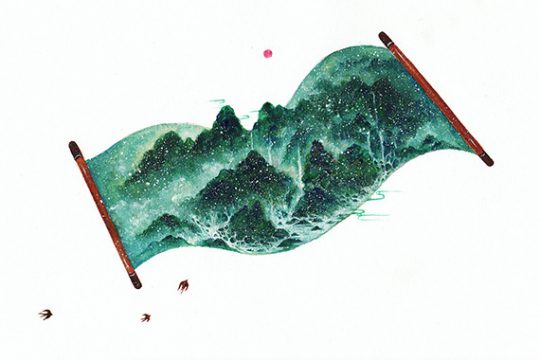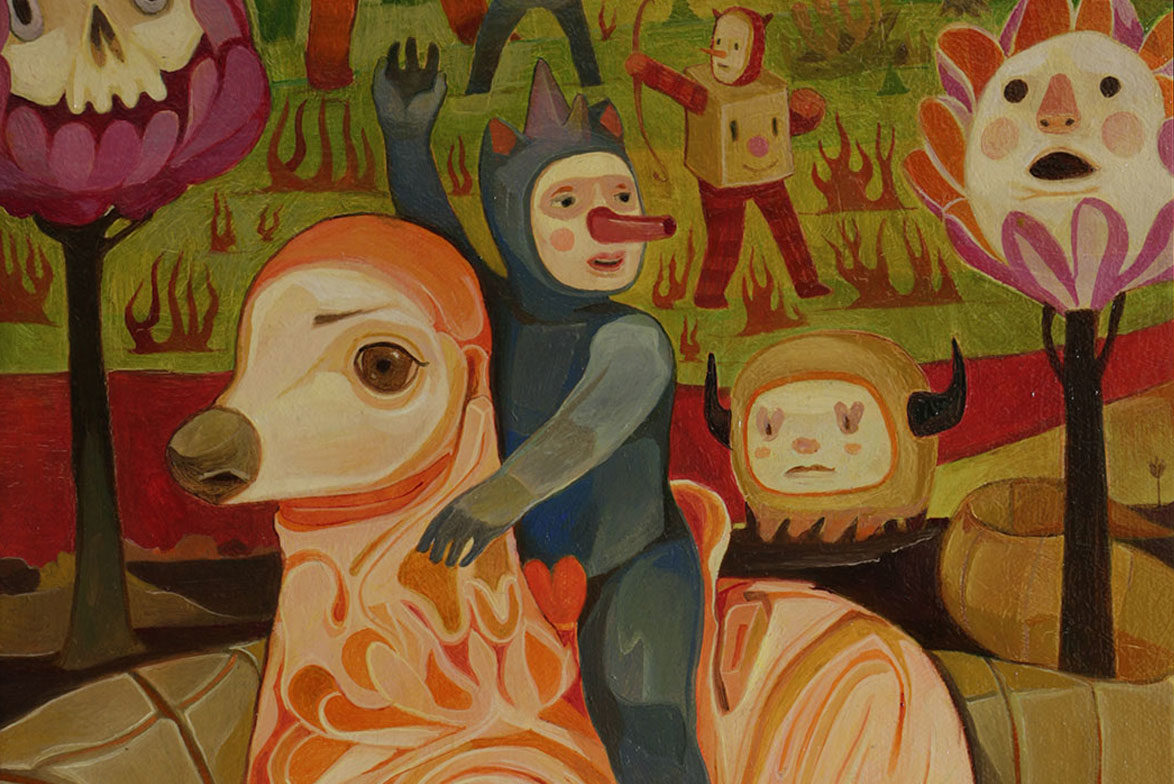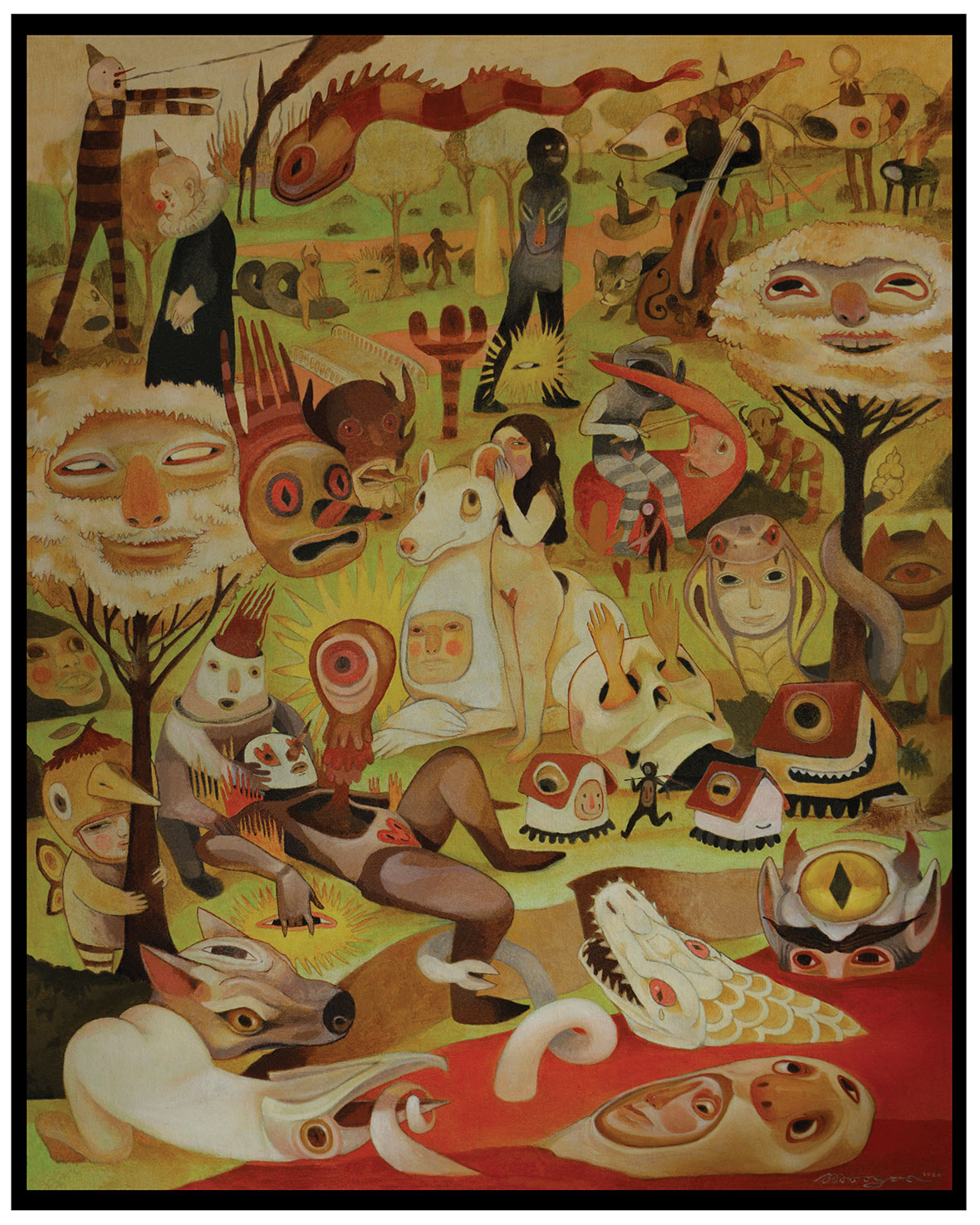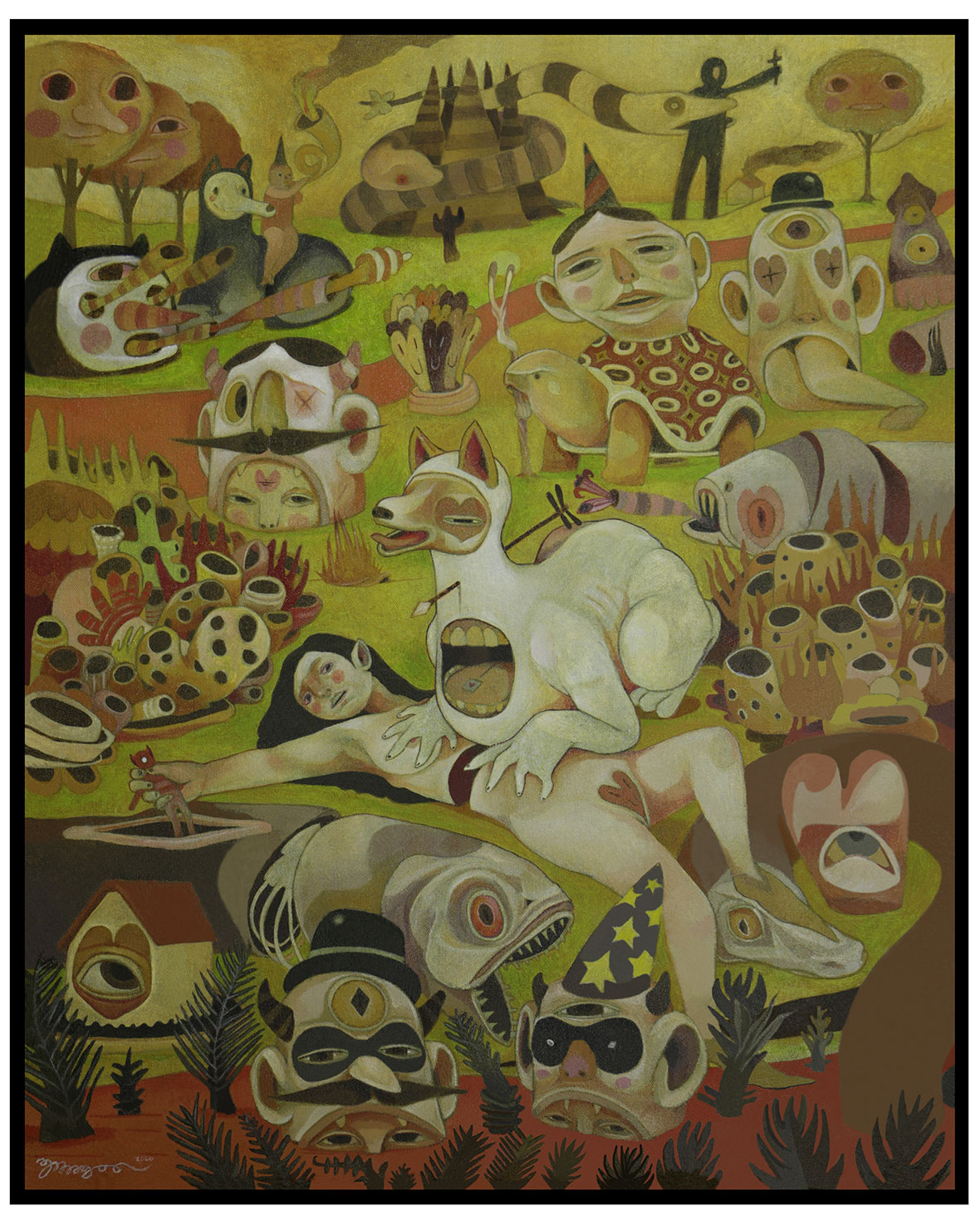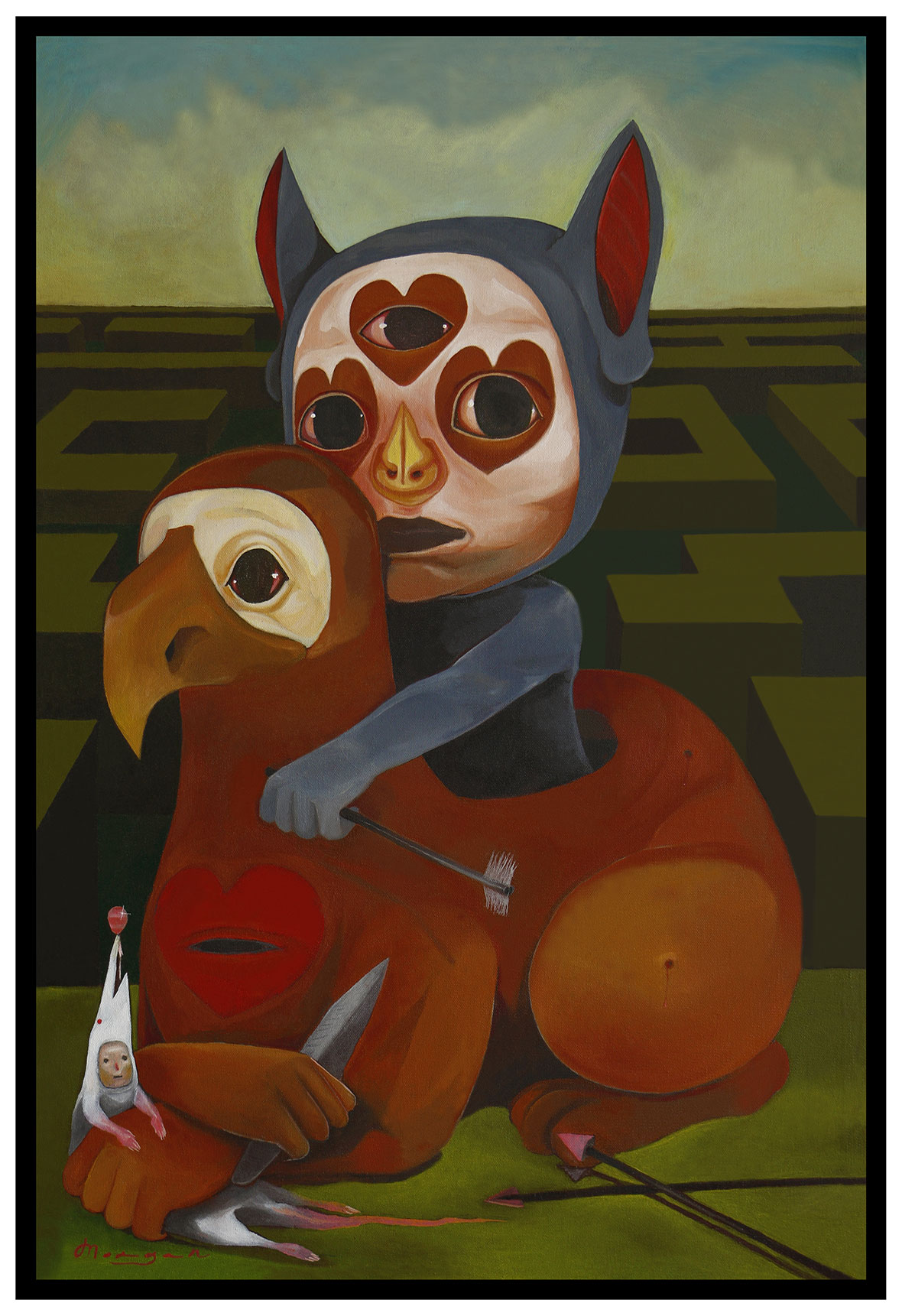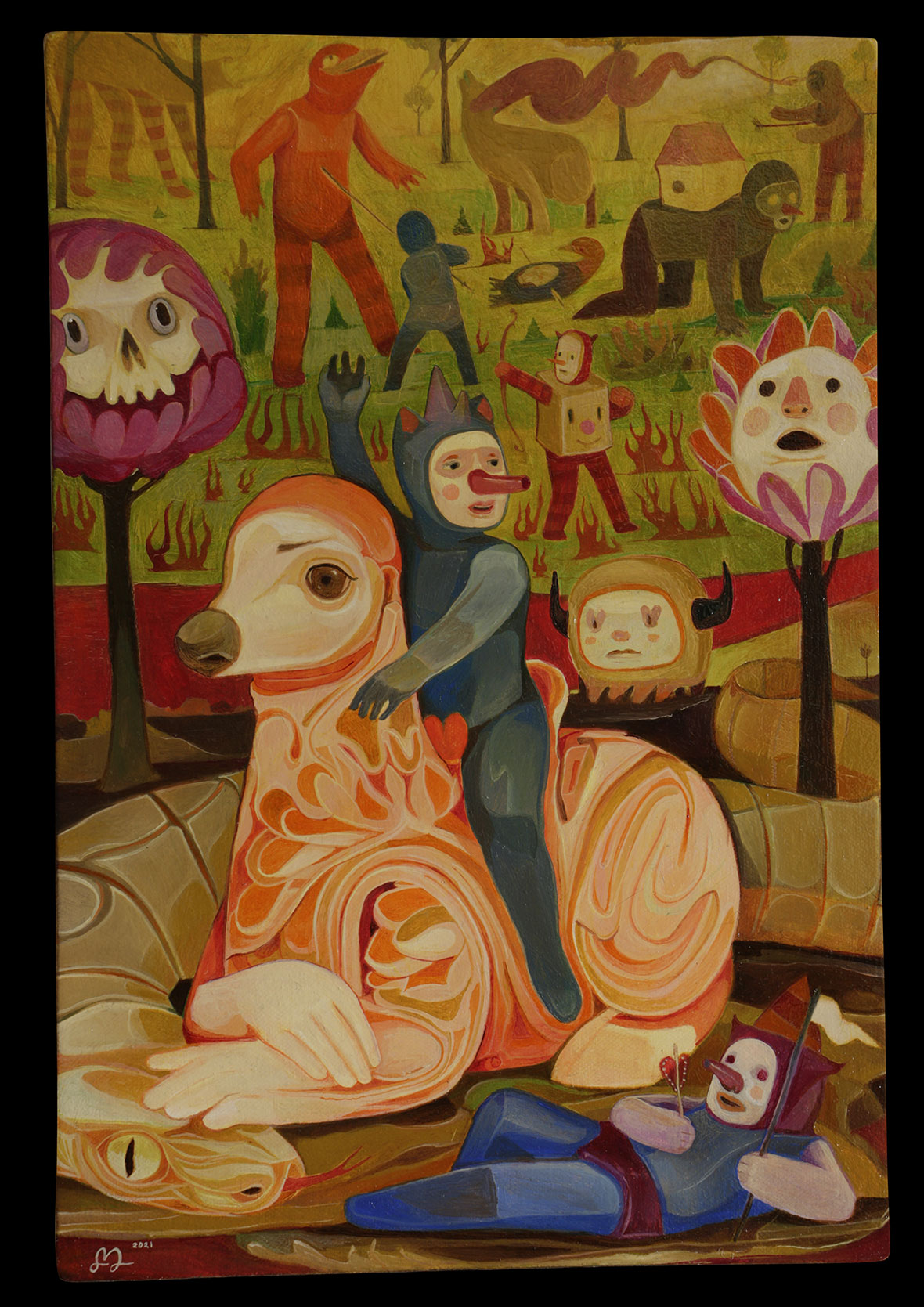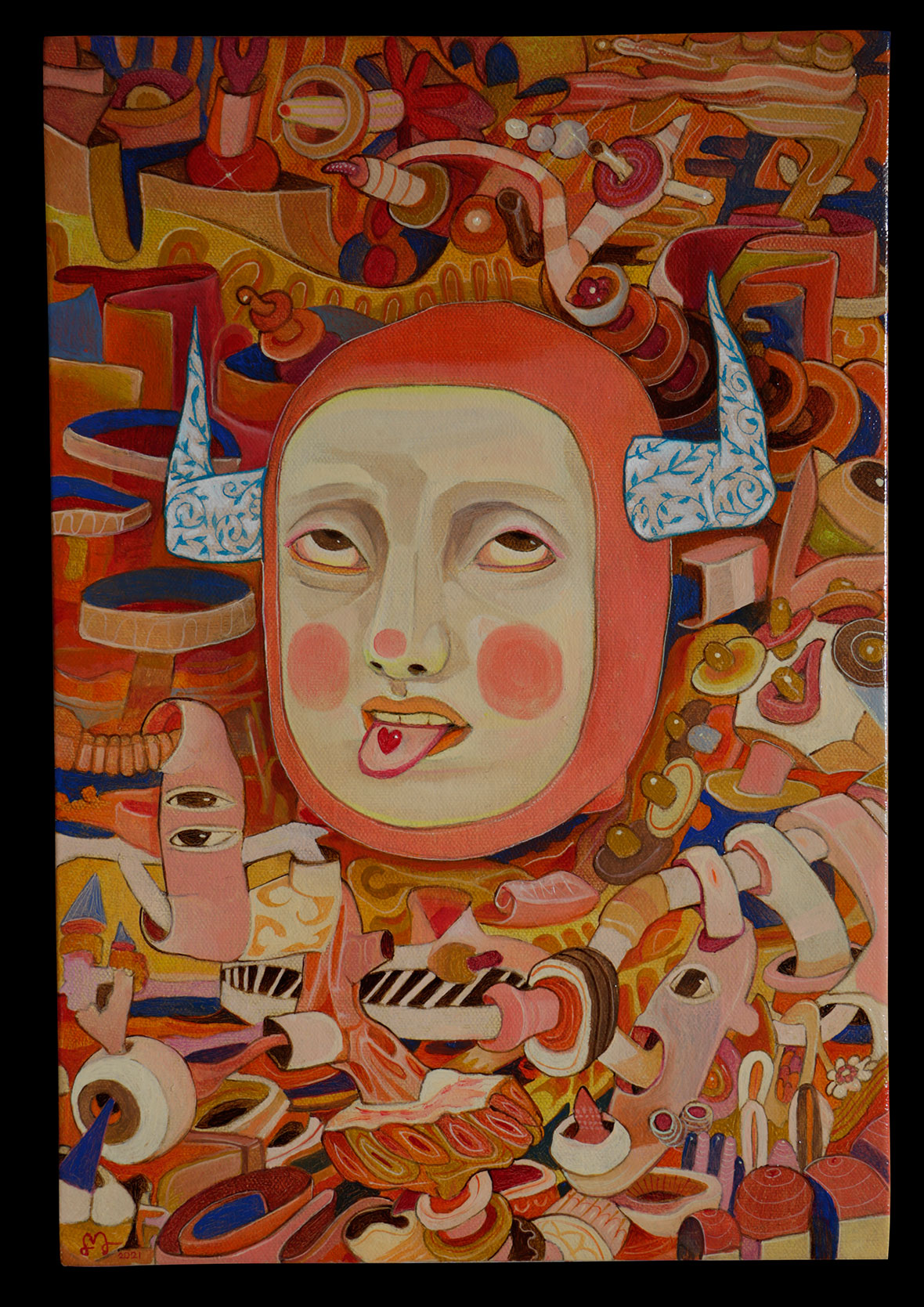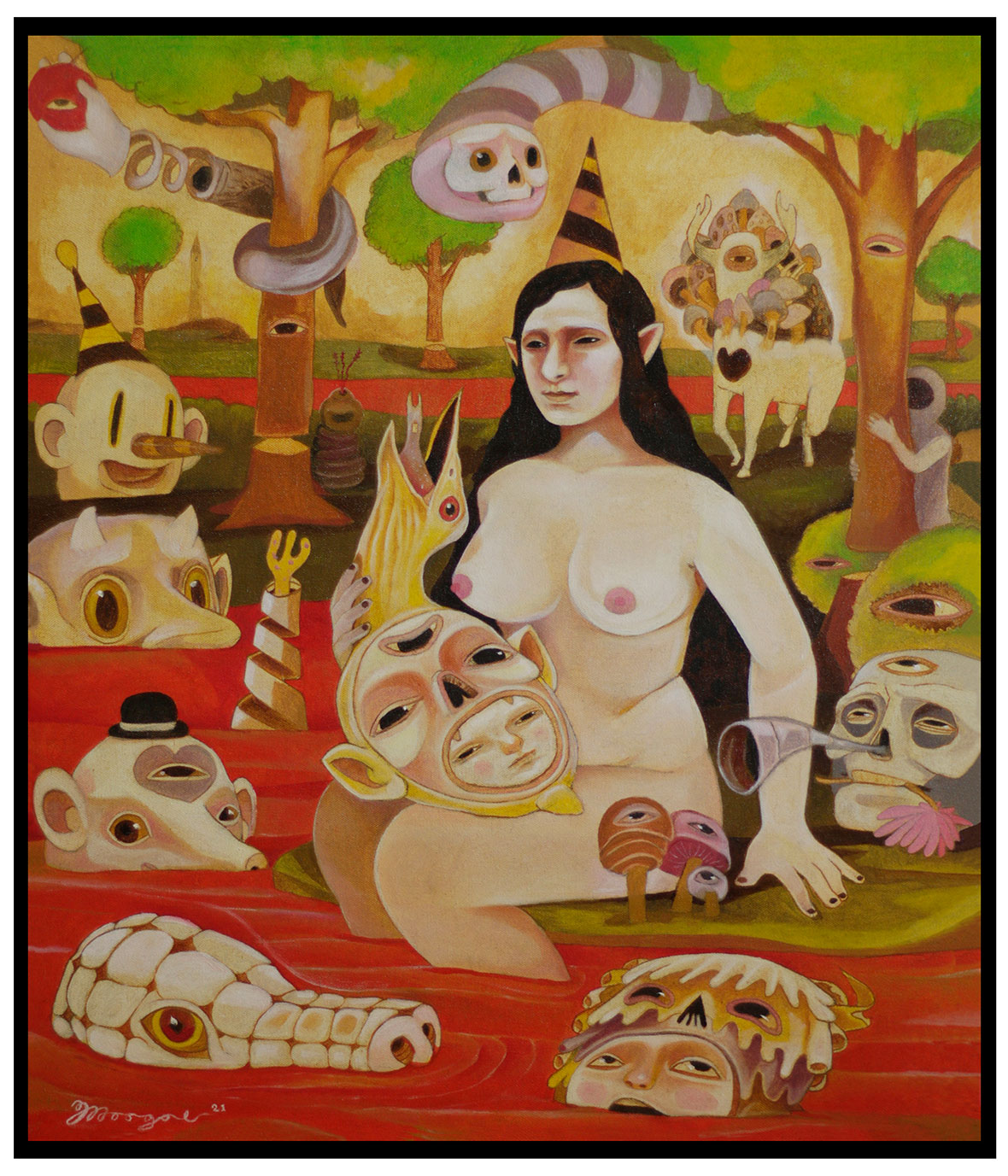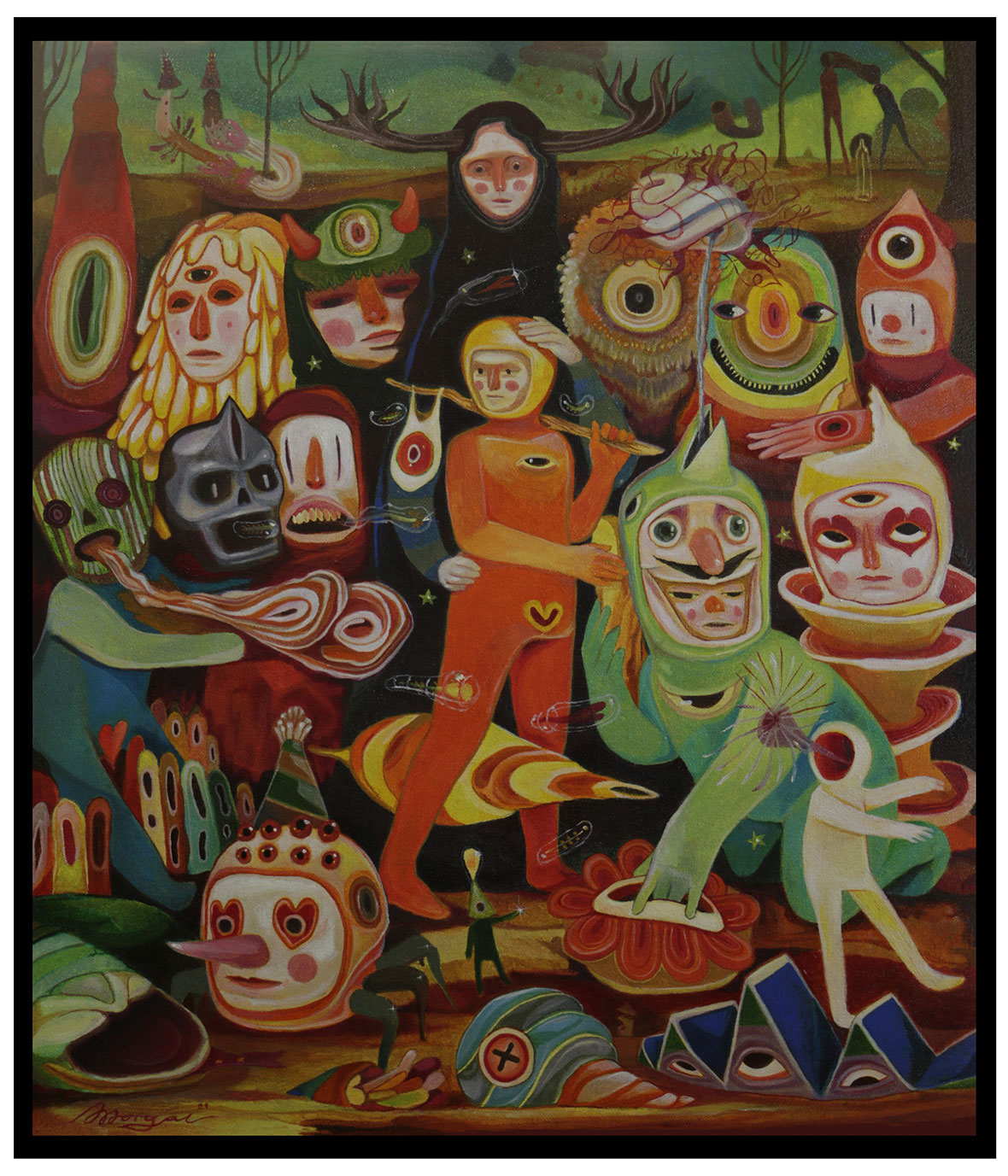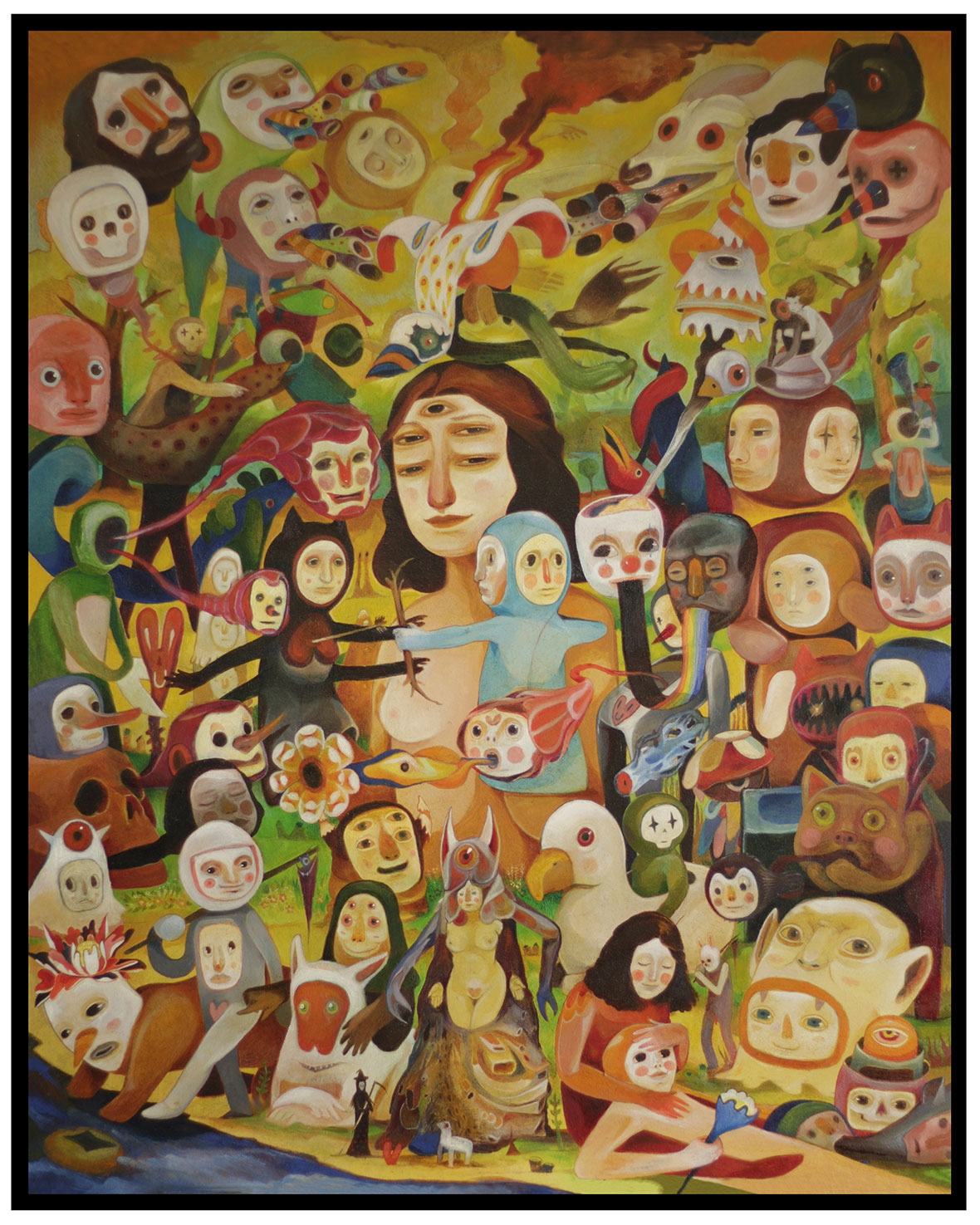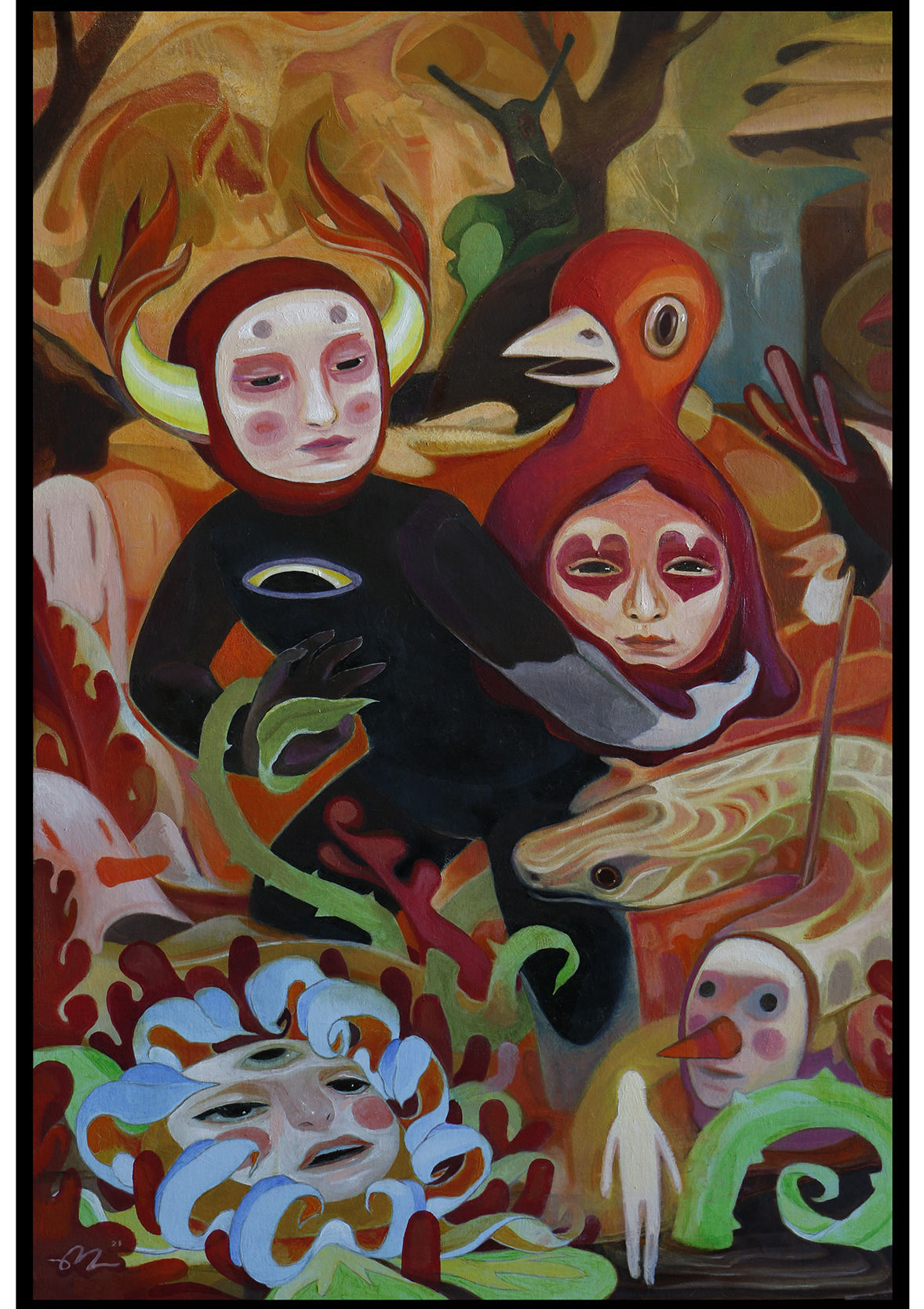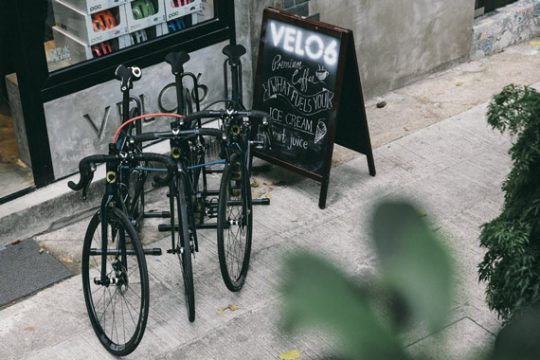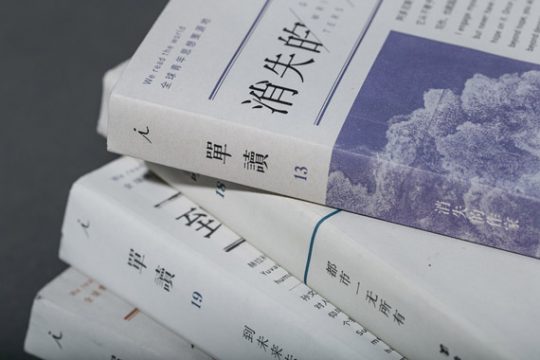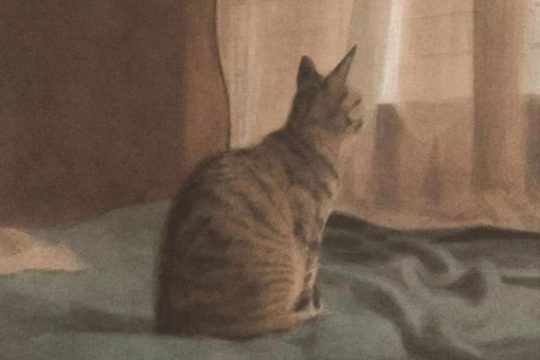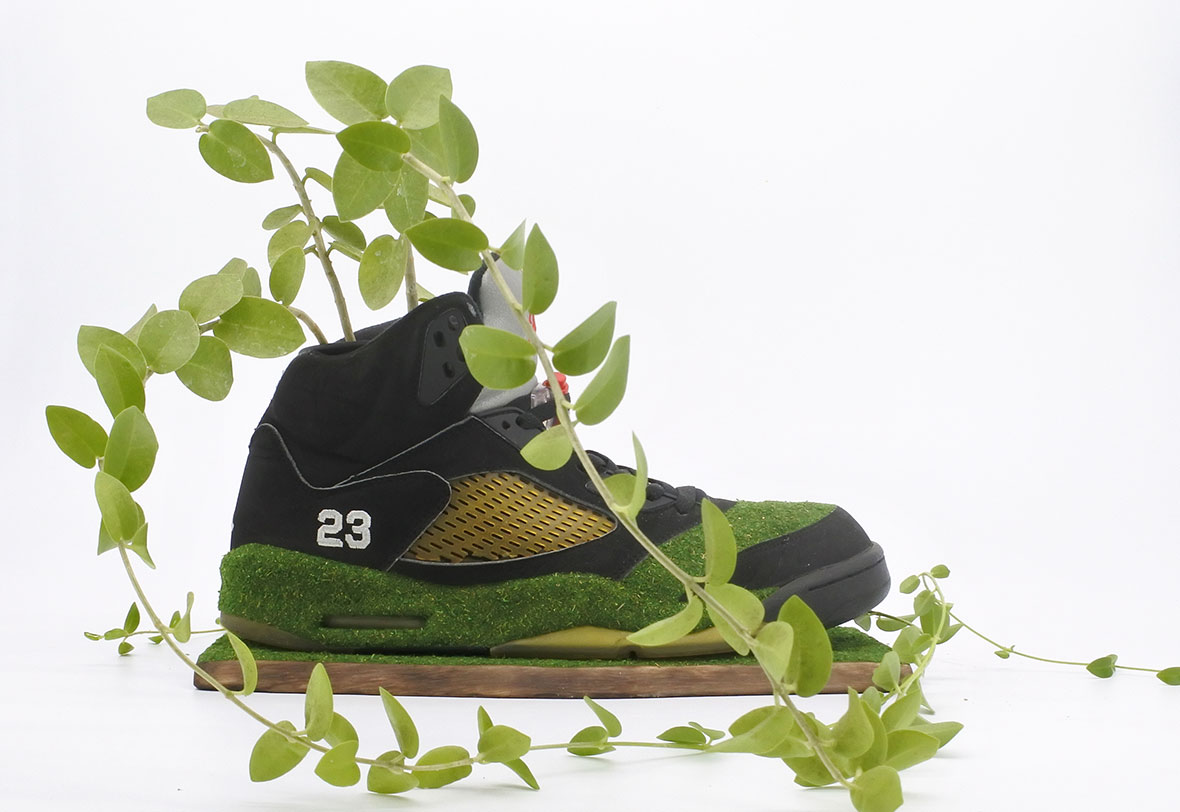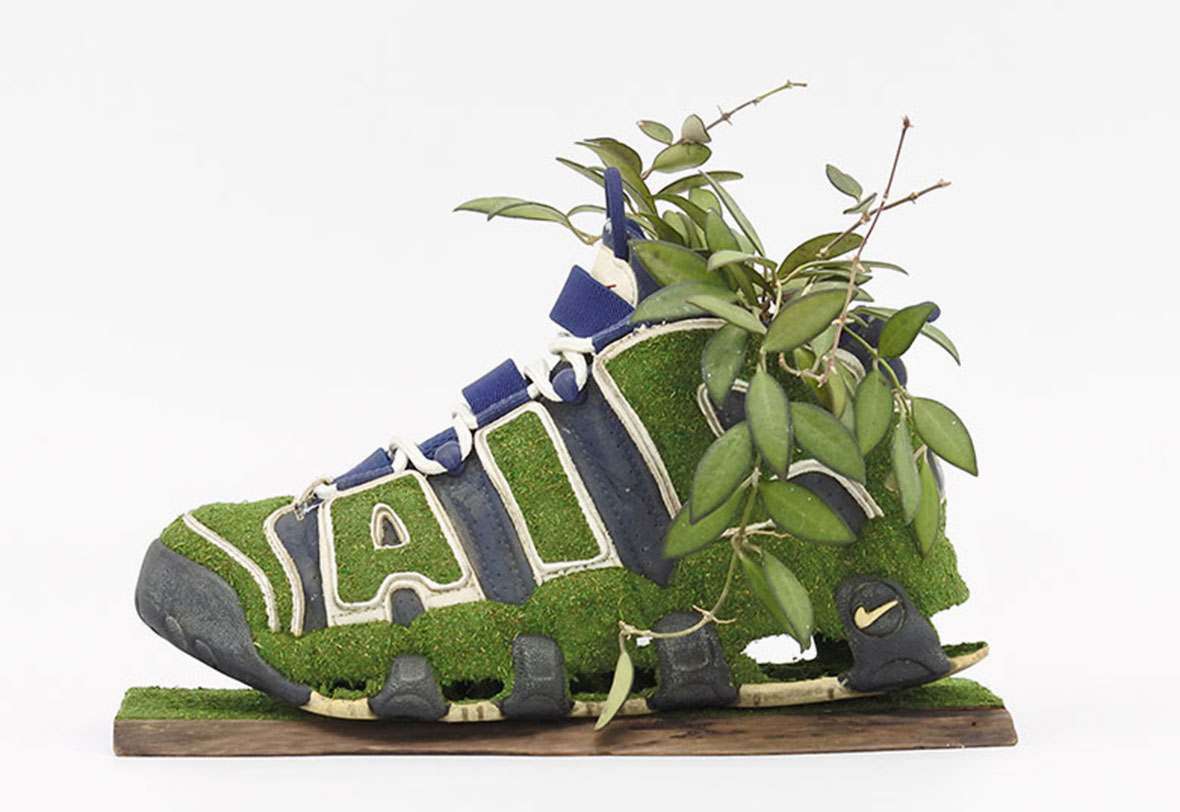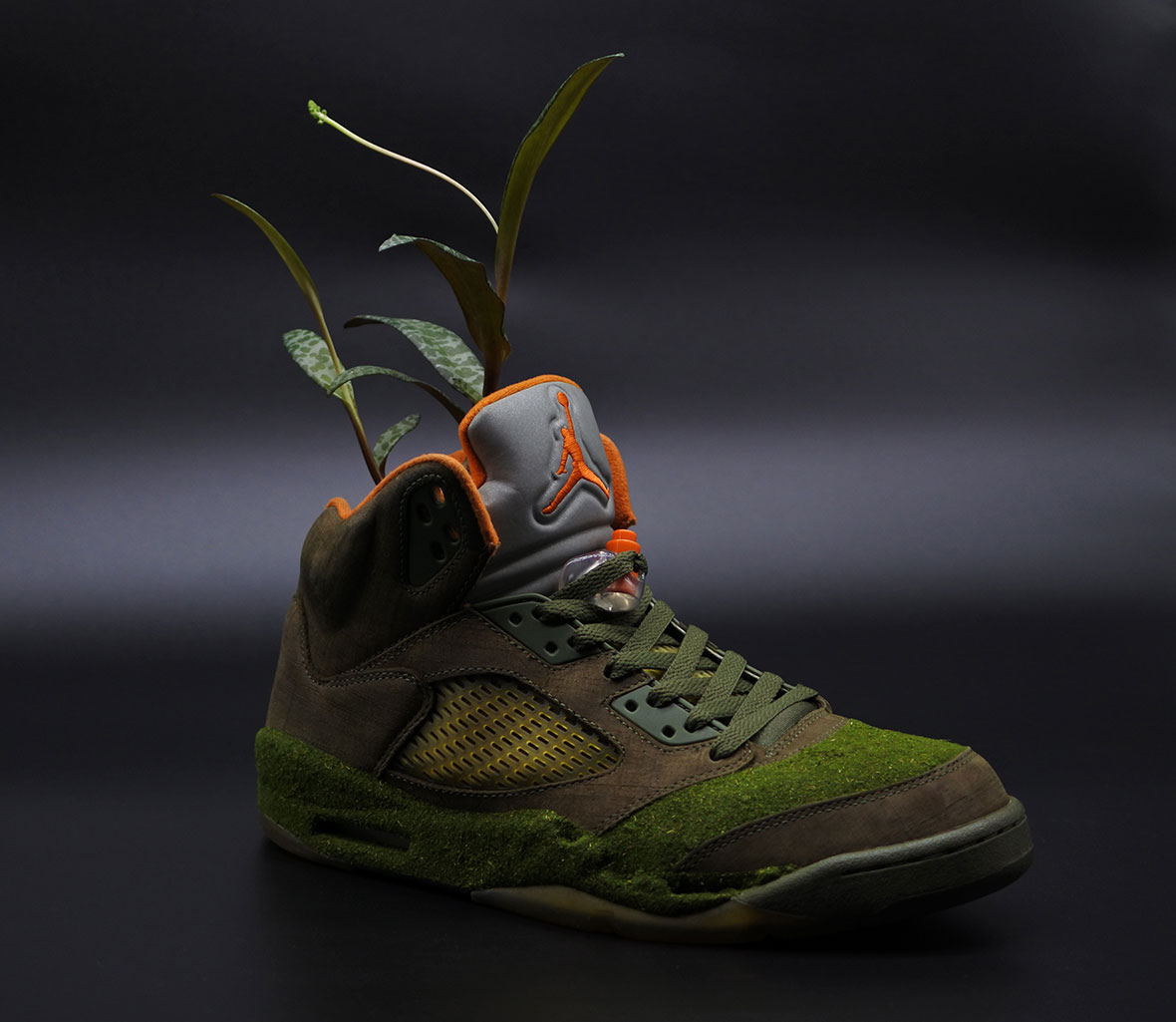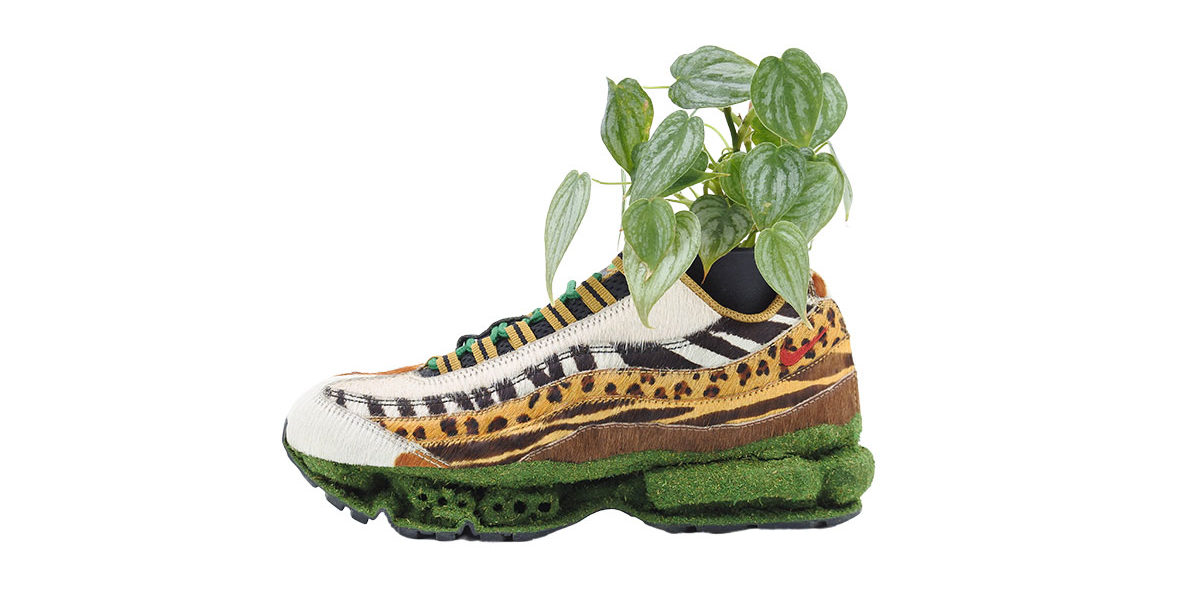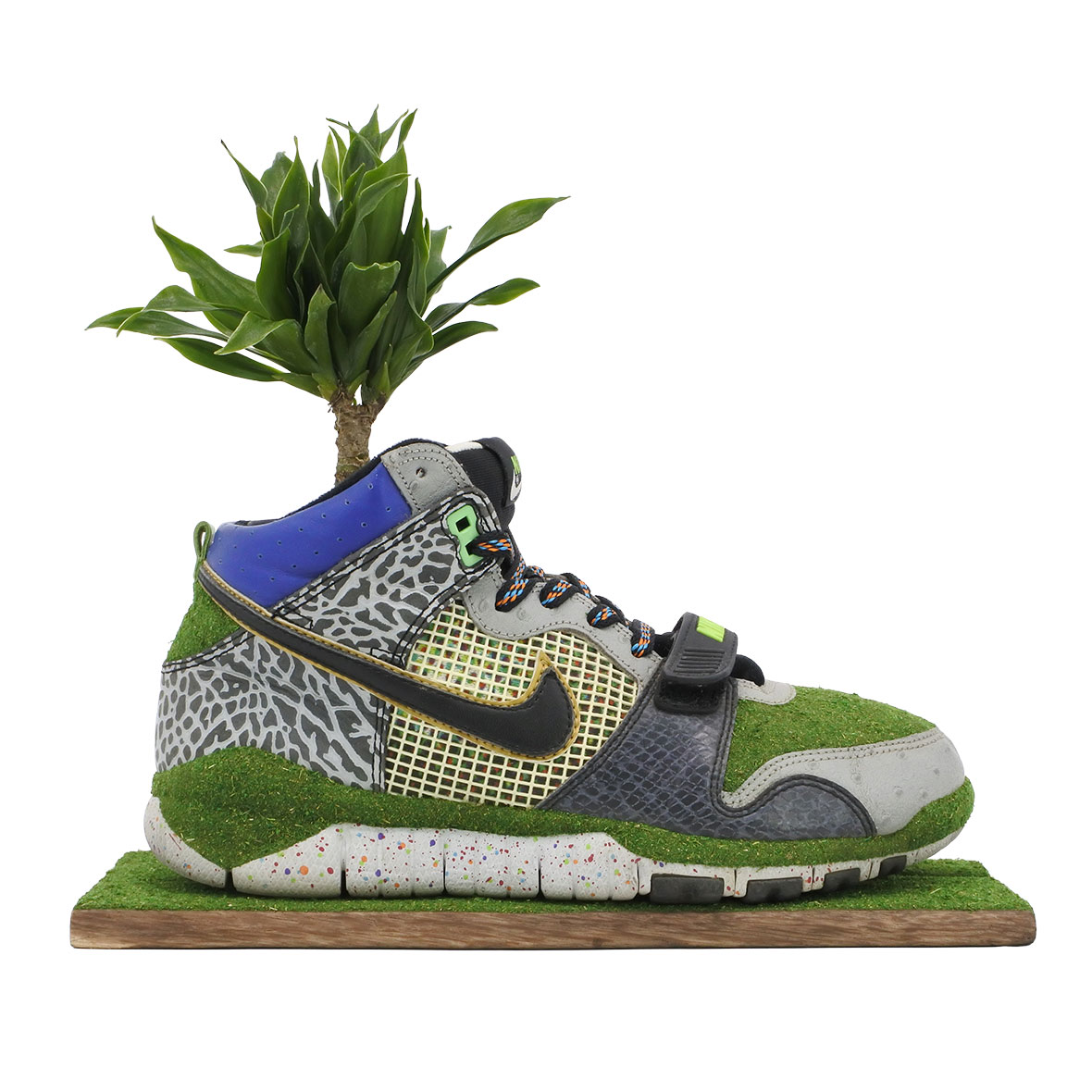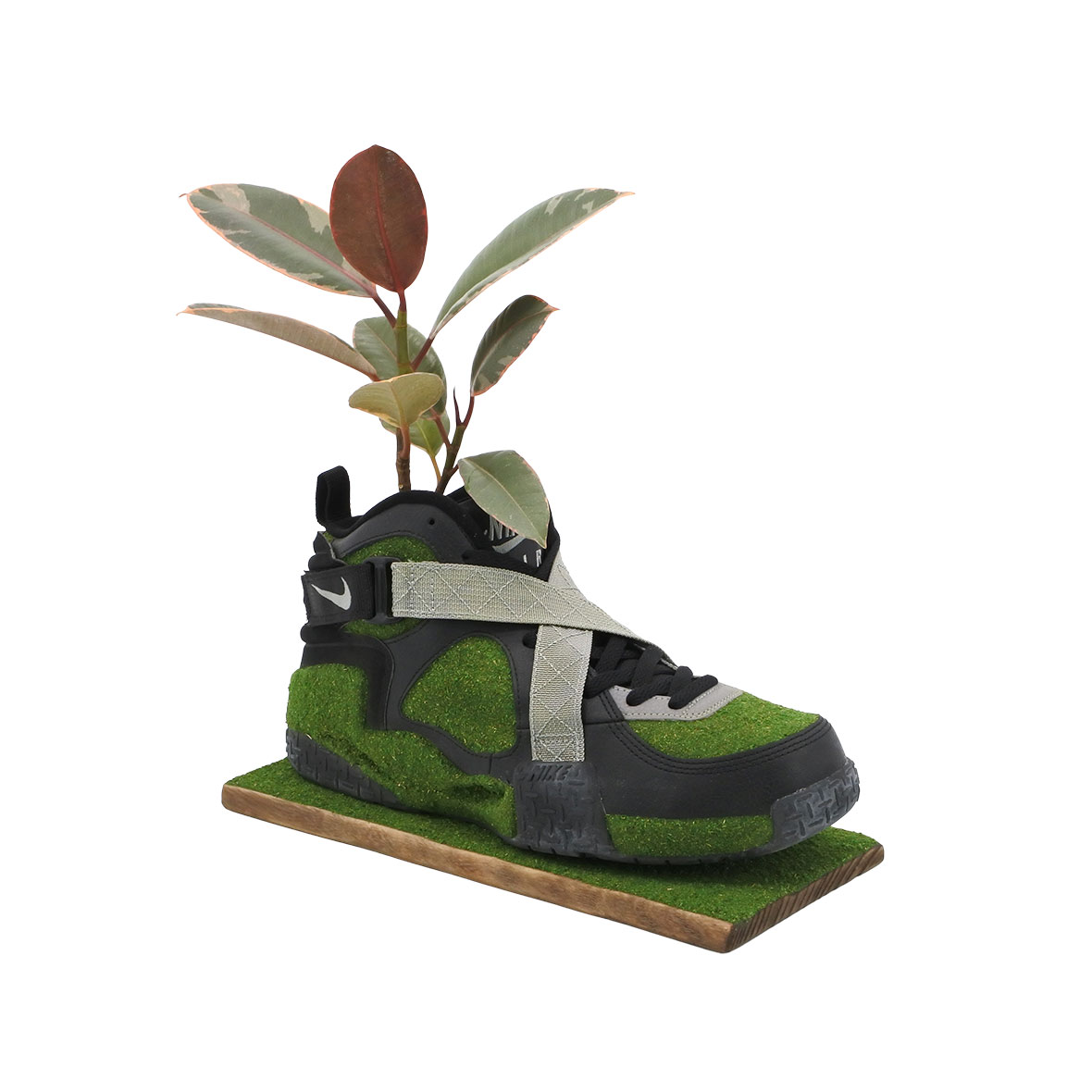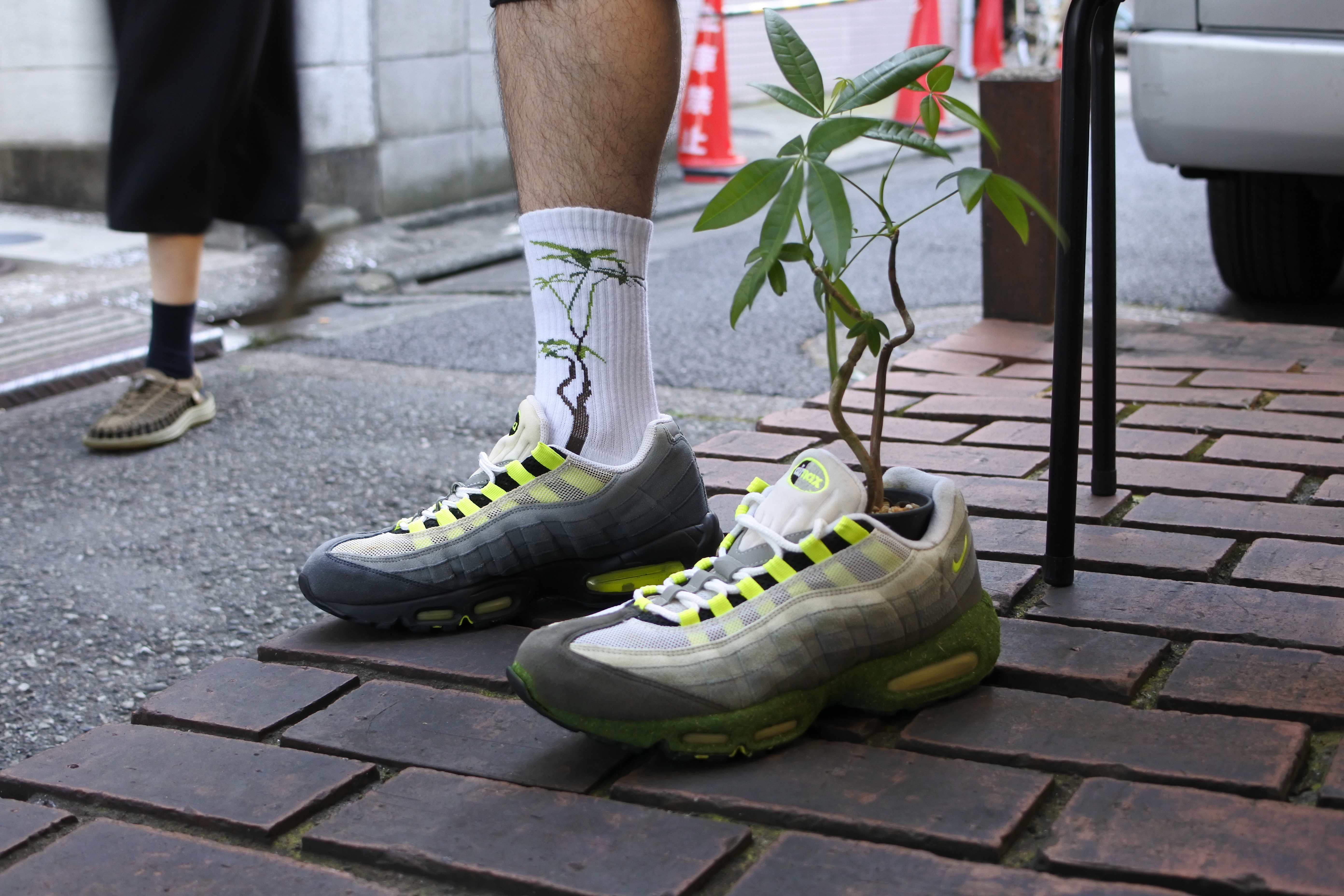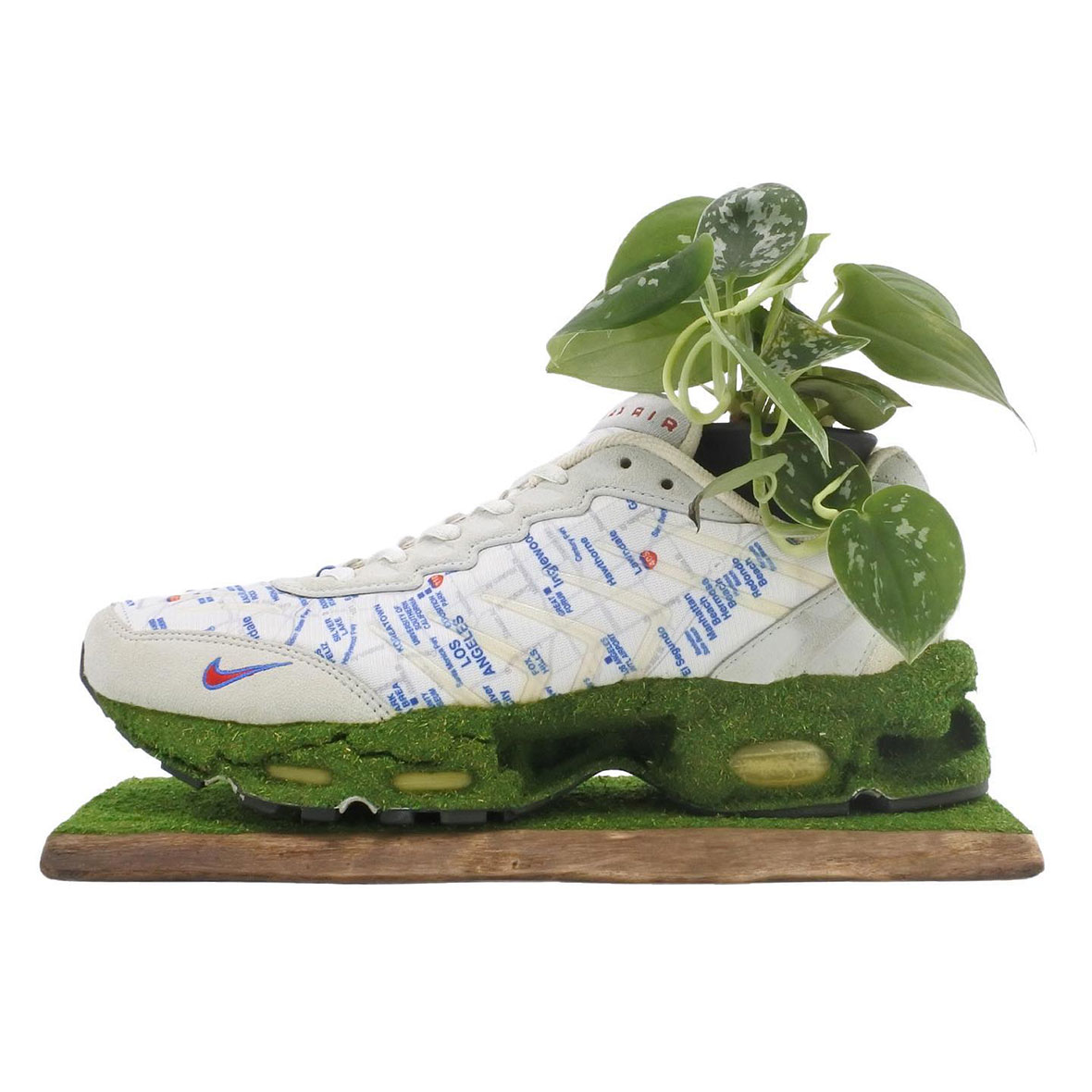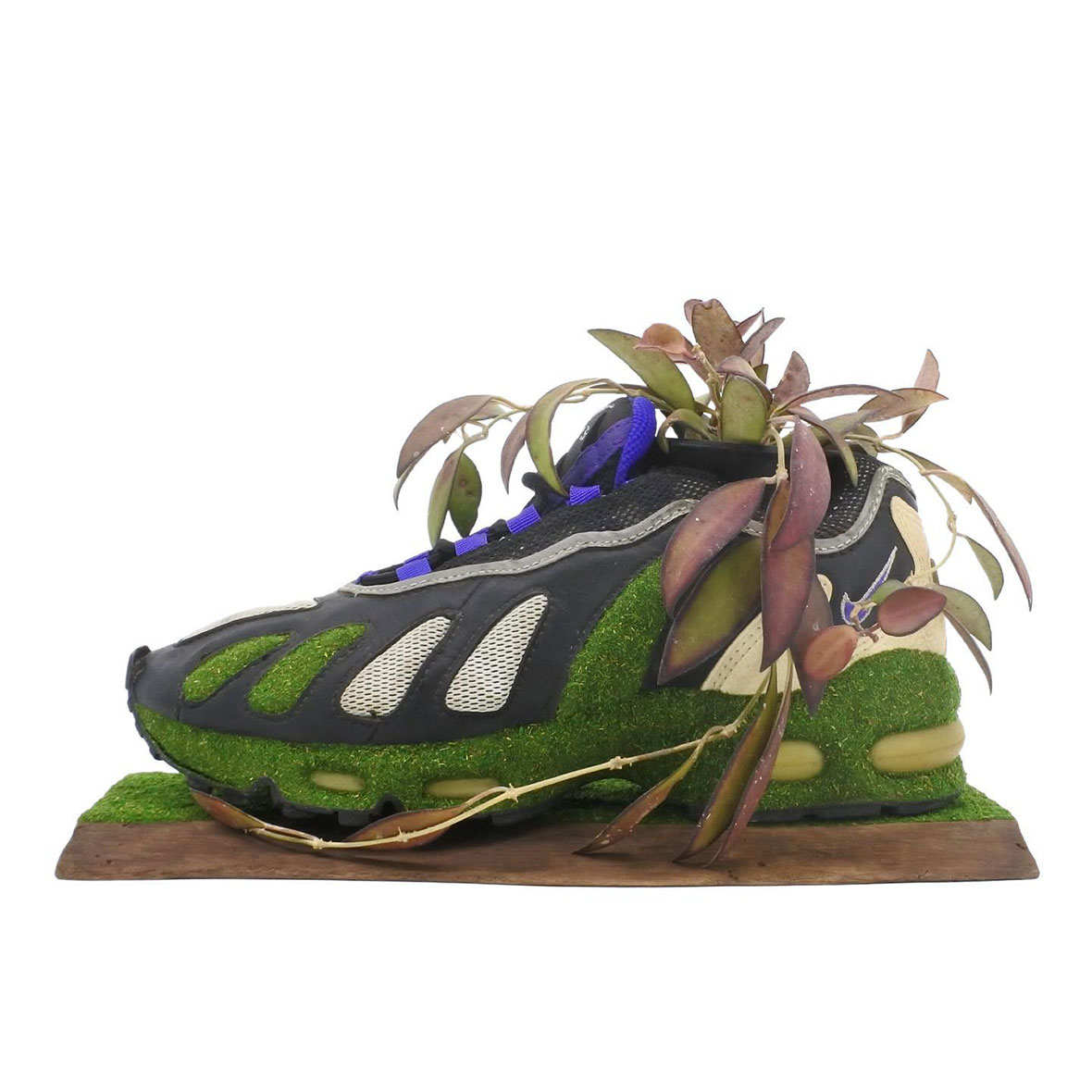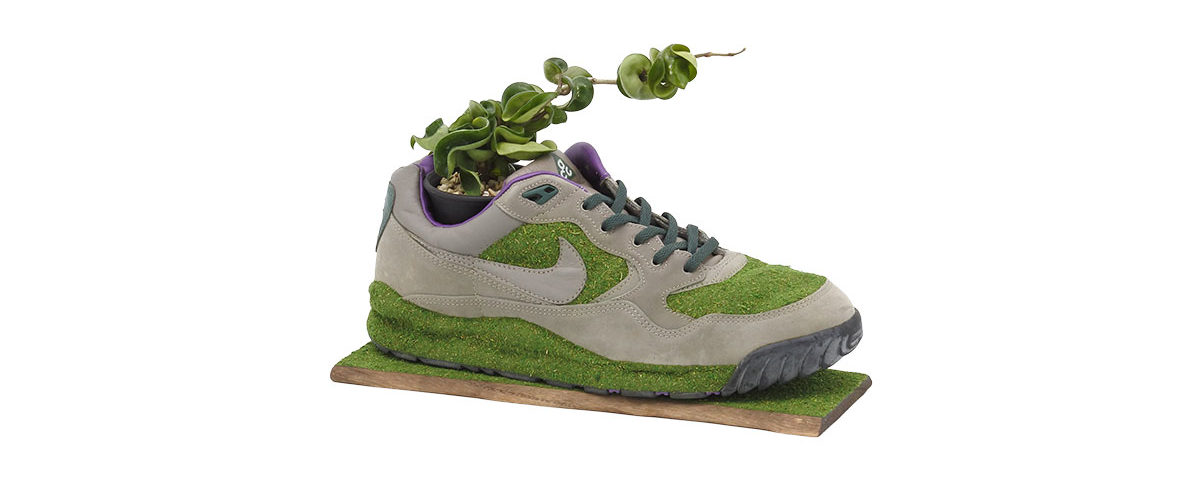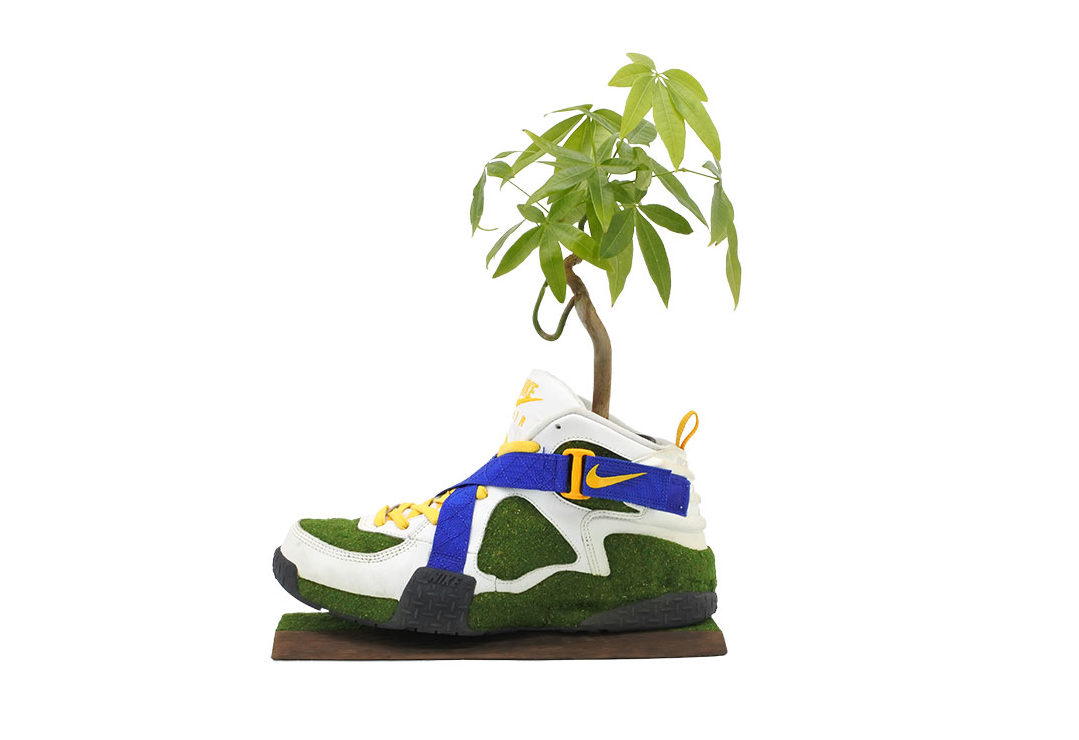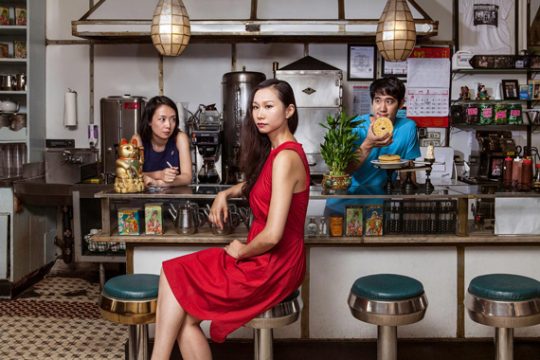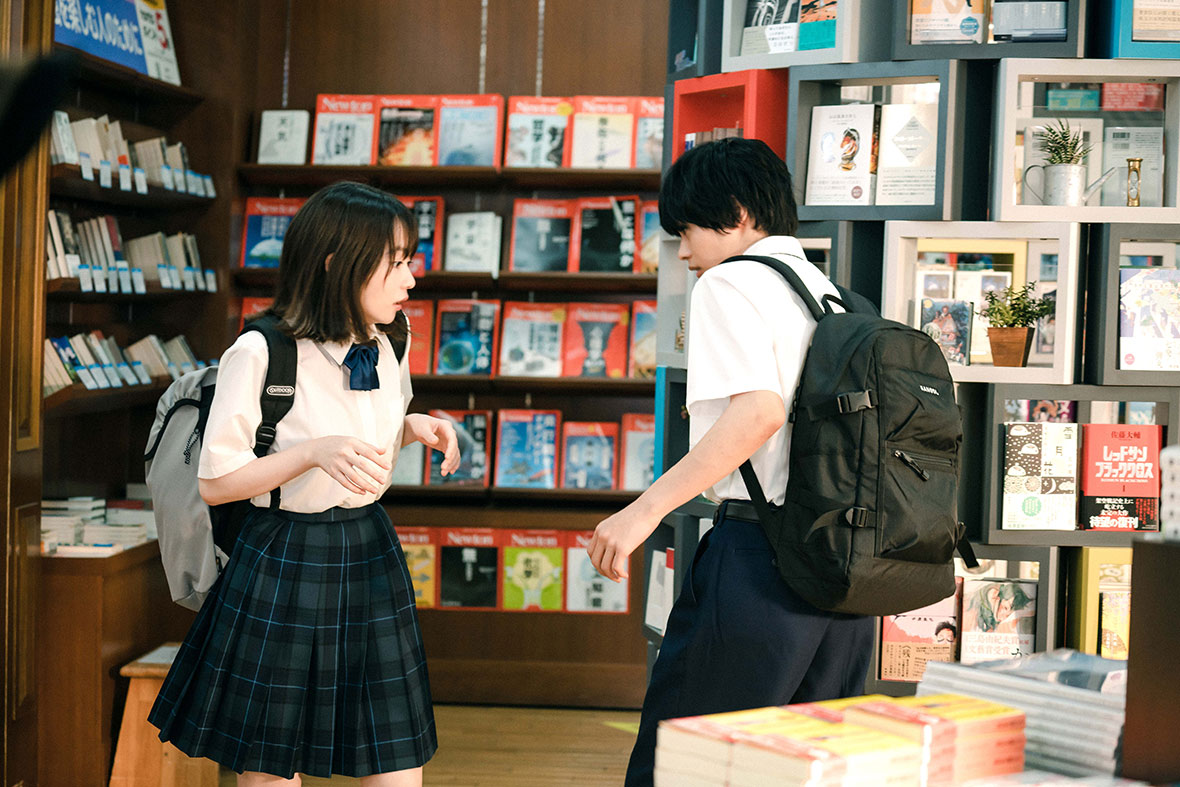
On paper, Ando and Miura are the perfect high school couple. He’s sensitive and introspective, almost to the point of being severe, but not unliked; she’s a loner at school who feigns normality but has cultivated a select circle of friends off campus who share her diehard love of comics, none more than BL—short for “boys’ love,” a unique genre of media, largely by and for women, centered on idealized romance between beautiful young men. While hardly uncommon in contemporary Japan, these stories remain somewhat taboo. Good girls, it’s thought, shouldn’t be spending their free time obsessing over cutesy, and often steamy, depictions of men who love men. Such fans are dubbed fujoshi, rotten women, for their perceived prurient tastes. While Miura and others may reclaim it in private, it’s not exactly the kind of pastime she’s eager to let get out. Hence why, when Ando runs into her buying an erotic volume in a local bookstore, she’s initially mortified, only to discover he’s more understanding than most.
In private, though, Ando scoffs as he thumbs through the borrowed book. “This is pure fantasy,” his companion, a much older married man, says. “It’s not that easy the first time. You took a lot of work.” When Ando returns the book the following day, Miura asks his thoughts. “I felt it had nothing to do with me,” he replies, matter-of-factly. But despite finding the “homos” alien to his experience, he doesn’t shun Miura. In fact, he soon finds himself on a double date of sorts, and, when he’s confessed to on the Ferris wheel, despite his shock and awareness that his best friend is head over heels for this quirky cutie, he does what he’s become accustomed to doing: he lies. So begins the pair’s relationship and a rocky journey of mutual understanding.
表面上,高中生安藤纯和三浦纱枝或许会是一对完美的情侣。他,敏感、内省,有时达到近乎苛刻的程度,在同学间深受欢迎;她,常常在学校里独来独往,平日会假装和其他同学一样,但在校外却有自己的小圈子。他们,都是狂热的漫画爱好者,尤其对 BL(Boy’s Love)题材情有独钟。该题材和受众主要由女性为主,讲述长相俊美的年轻男子之间唯美浪漫爱情故事。这类作品在当代日本并不罕见,但仍然属于难于启齿的亚文化范畴。人们认为,正经女孩不应沉迷于这些过分美化的男男之爱。这些女孩被称为“fujoshi”(腐女),指的是她们过分沉迷男人之间的情色。
三浦纱枝和朋友私下很享受这一爱好,但她并不想让别人知道。某次偶然的机会,安藤纯在书店碰巧遇见她购买情色漫画,她感到无地自容,后来却发现安藤纯比大多数人都更善解人意。
私下里的安藤一边翻阅那本借来的漫画书,一边笑道,“这纯粹是幻想。”他的身旁,一个年龄比他大很多的已婚男人说道:“第一次没那么容易接受,但你也算是个过来人了。” 第二天安藤把书归还给三浦时,三浦问他有什么看法,他冷淡地回答:“这些内容和我毫无关系。” 但在那之后,他也没有回避三浦,还同意和她一起参加聚会。一天,三浦鼓起勇气在摩天轮上向安藤告白,安藤同意了,但他隐瞒了自己的同性恋身份,并对她撒下谎言。两人很快开始了恋爱关系,一段艰难且伴随理解的爱情故事就此展开。
What She Likes (2021) is a film adaptation of an online novella that traces the distance between fantasy and often-painful social realities. A prior series adaptation won a dedicated following before this latest release, and, while the two follow broadly similar trajectories, it’s worth noting some of the ways in which the newer version has been updated. Ando’s older, world-weary lone gay friend isn’t found on an old-school message board in this version but on Twitter. Though their connection is merely digital, this mysterious “Mr. Fahrenheit” is someone Ando looks up to for life advice and musical recommendations (his favorite, as his username suggests, is Queen). An unseen character’s death from AIDS-related complications is scrubbed in this version, probably wisely given that HIV has not been a death sentence for decades now, but a twist concerning the identity of Ando’s online confidant is retained.
电影《她喜欢的是》(彼女が好きなものは,2021)改编自网络小说《她喜欢的是 BL 而不是我》,探讨了幻想与社会现实之间的话题。在此之前,小说曾被改编为同名剧集,斩获大批观众,而此次电影也遵循了大致相同的情节,不过仍有一些令人期待的改动。电影版中,安藤与同性伴侣并非在留言板上相识,而是在社交媒体 Twitter。影片中两人的联络仅限于数字世界,这个网名为“Mr. Fahrenheit”(取自皇后乐队歌曲《现在别阻止我》歌词中的角色)的男人常常为安藤推荐音乐,并提供生活上的建议。原版中还描述了某个神秘角色死于艾滋病并发症的情节,后在影片中得到删减与改动,毕竟艾滋病在几十年前早就不再被视为绝症,让改动看上去合理。
无法观看?前往微博
Homophobia in this latest film version is subtler too, reflecting the ways in which growing acceptance has re-couched, but not eliminated, prejudice. While Miura’s friend Kondo, for instance, openly admires the fashion sense of his gay coworkers, his insistence that he can spot a gay person at a glance and his amusement at same-sex cruising giveaways in bathhouses betray his tendency to stereotype these individuals. When Ando objects to his takes with a fierceness that his straight counterpart reads as hostility, the latter replies, “Don’t tell me you’re… homophobic?” He pauses. “No? Keep it quiet if you are,” he advises with a smile. This, indeed, seems to be the dominant social attitude conveyed by the film: a steady mix of fetishization, condescension, repulsion, and misunderstanding.
影片在描述恐同现象时变得更加微妙,反映了社会对同性恋的包容心,同时也指出仍普遍存在的偏见。例如,三浦的朋友隼人一方面表示自己很佩服同性恋同事的时尚品味,另一方面又声称自己可以一眼辨识同性恋者,还有他对澡堂内同性恋的配对行为表示嘲讽,这些都暴露了隼人对同性恋群体的刻板印象。当安藤强烈反对他的观点时,对方却把他的话解读为敌意,并回答说:“别告诉我……你恐同?”他停顿了一下,“真的吗?如果你是,也别声张。”他笑道。而这似乎正是这部电影所传达的社会主流态度:恋物癖、高高在上的态度以及排斥和误解。
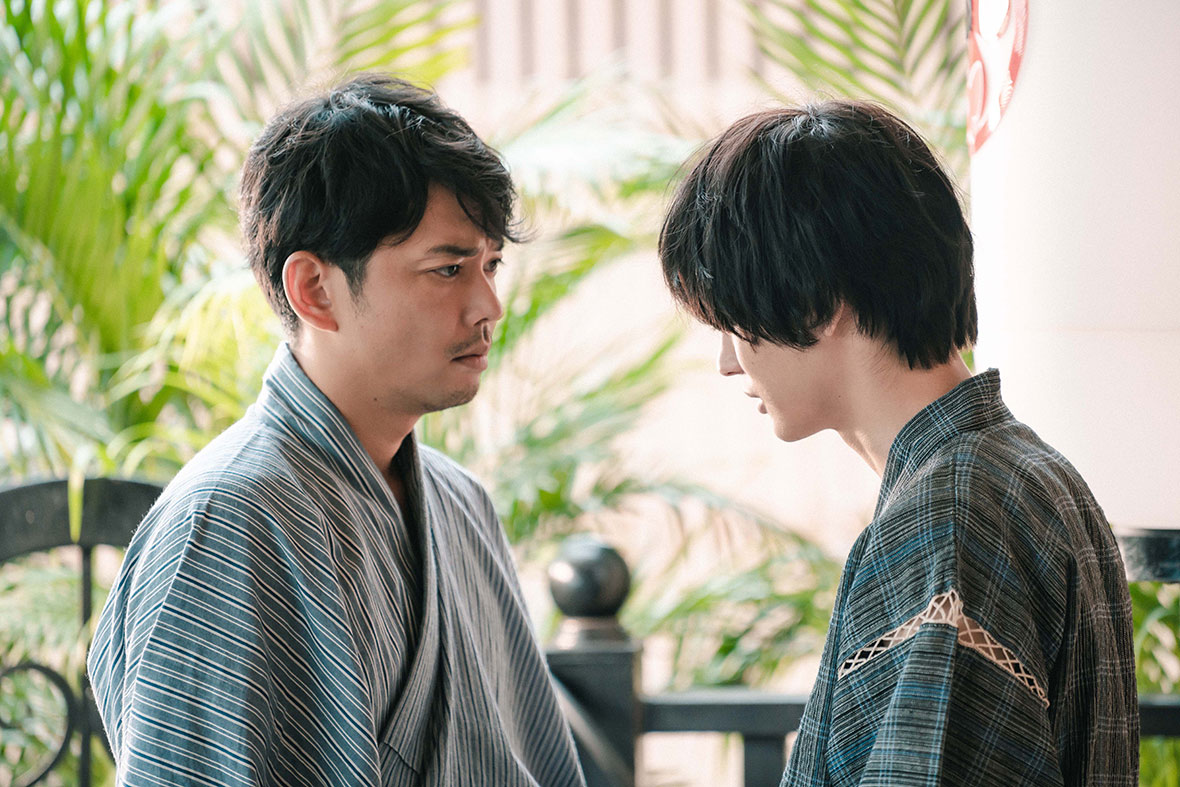
It might be easy, given the film’s premise, to assume that What She Likes suggests a false equivalence between the systemic marginalization and legal inequality of queer people and the treatment of niche fan communities. This is not the case, at least not in any straightforward sense. After Ando’s world is shattered by the revelation of his well-guarded desires, he quickly becomes a social pariah. When the other boys refuse to get changed with him before PE and even his usually physically affectionate, happy-go-lucky best friend treats him differently, one of the film’s most chilling moments plays out as Ando relays an enigmatic goodbye to his childhood friend, walks silently across the classroom, opens the window, and steps out. The only sound, as his peers look on, is that of screaming from the school courtyard below.
Ando doesn’t die, and the film doesn’t present this as a magical moment of understanding for his classmates either, but it does make clear that, however much an outcast Miura may feel, an observant viewer shouldn’t conclude their struggles are the same. Instead, what Ando and Miura share is a need for mutual understanding—for “somebody to love” and be loved by. For now, they’re the best they’ve got. Still, the truncated nature of the film relative to the series adaptation means that some of the most moving and illuminating moments from the original are lost, such as when Sae, ever the dreamer, invites Ando early on to see the world through her eyes. Viewed the right way, she explains in the series, anything can take on new meaning; the lightning and earth can be lovers, reunited for just an instant.
《她喜欢的是》的设定很容易令人对其所探讨的观点下定论,例如同性恋群体边缘化、现实法律不公、或是小众群体的不公平对待等等议题。但影片并非如此,影片更多描述了两位主人翁挣扎的过程。当安藤藏在心底的真实欲望被发现,他的世界彻底瓦解,很快沦为学样里被众人排挤的对象。其他男生拒绝在体育课前与他在同一房间内更换衣物,就连那个平时喜欢身体接触的乐天派好友也转变对他的态度。接着就是电影中最令人不寒而栗的场景——安藤向童年好友告别,默默穿过教室,打开窗户,然后跳了出去。而他的同学唯一能听到的声音就是楼下传来的尖叫声。
安藤并没有死,而这件事也没能成为理解的转机,影片清晰地指出,三浦与安藤所面对的境遇是完全不同的。但他们都需要更多的相互理解——“爱”和被爱,他们成了彼此最好的救赎。影片对比原作改编剧集进行了删减,例如改编剧中,三浦邀请安藤从她的角度看世界,她说,换个角度,任何事物都可以呈现出全新的意义;闪电和大地可以成为恋人,那一瞬就是它们短暂的相拥。
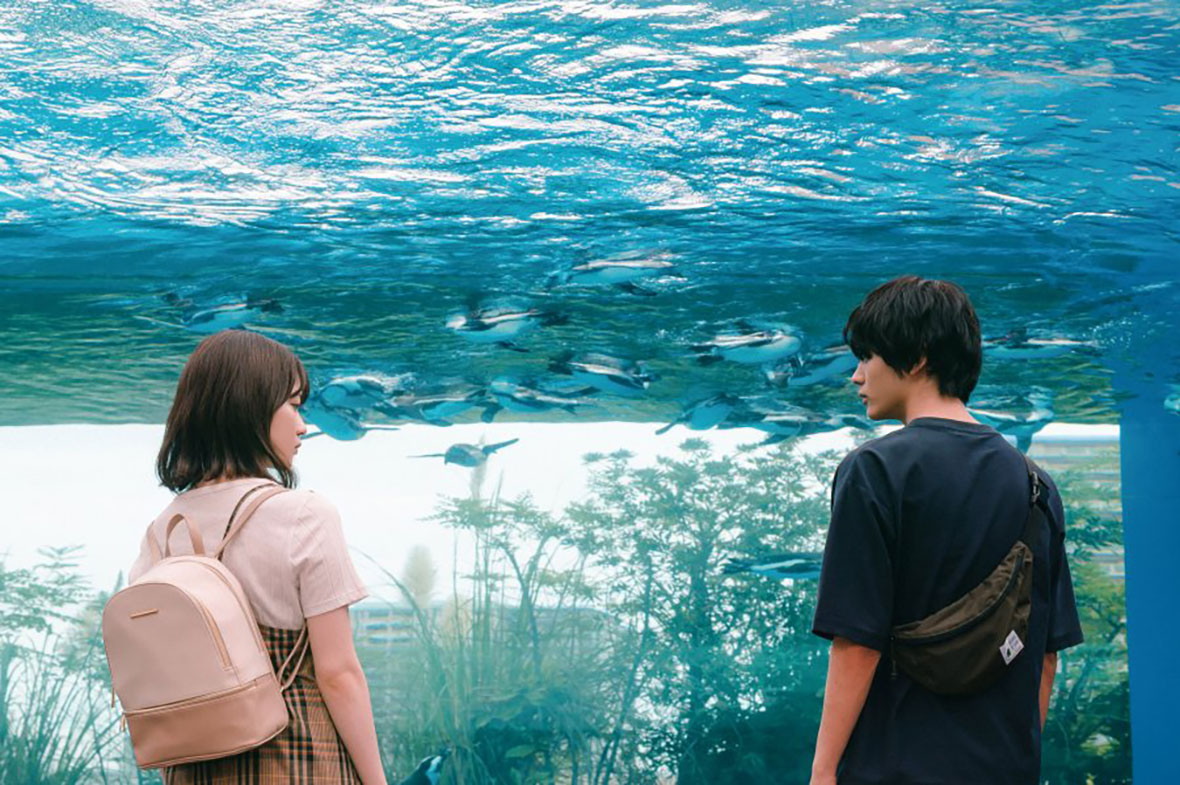
In this way, she doesn’t just introduce him to a utopian “BL Planet” where anyone can love anyone under the right circumstances; she also teaches him how to remake this messy world with his imagination. Sadly, Ando and his best friend don’t share the playful chemistry of the original, and this latest version lacks the Queen soundtrack that propels much of that adaptation, while both versions suffer from a tendency to lean too heavily on explanatory dialogue. All the same, What She Likes is an important and, at times, deeply moving case for the importance of friendship, acceptance, and a rich fantasy life that seeks not to deny, but rather remake, reality.
透过这种互换视角的方式,三浦为安藤打开了一个“BL”且乌托邦式的大门,在这个世界,每个人都可以爱上任何人;她还教会他用自己的想象力,重塑这个糟糕的世界。虽然这部影片对原作有过一些改动,例如安藤并没有与好友擦出火花;以及推动剧情的皇后乐队配乐;也难免让观众看到主人翁关于感受、情感的过多解释性对白。无论如何,《她喜欢的是》仍是一部意义深刻且感人至深的影片,讲述了友谊、接纳以及在生活中发挥丰富幻想的重要性——去告诉观众,这样做不是为了否认现实,而是要努力对现实的重塑。
Like our stories? Follow us on Facebook and Instagram.
Contributor: Brandon Kemp
Chinese Translation: Olivia Li

